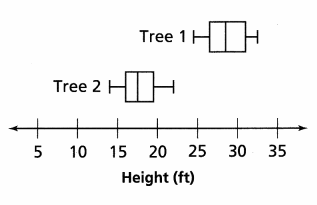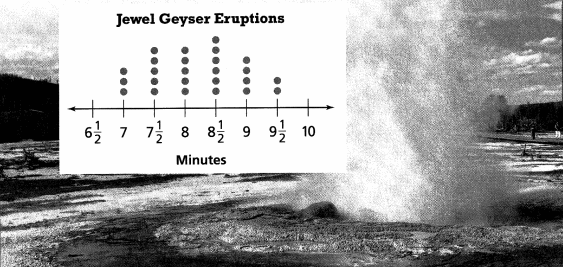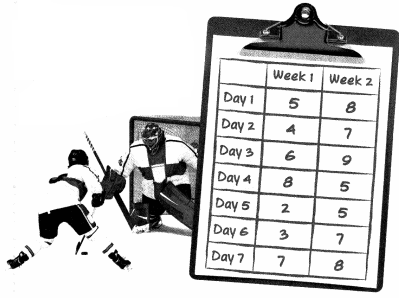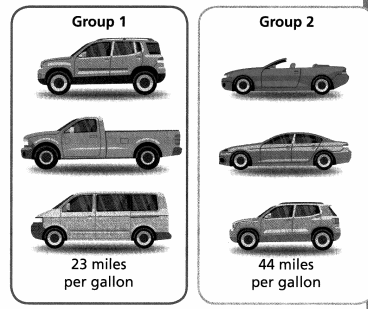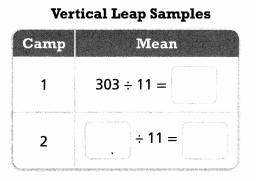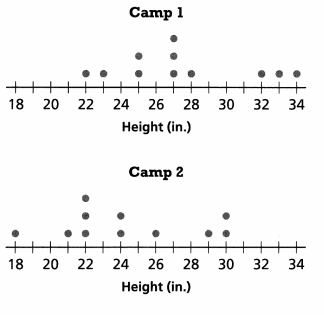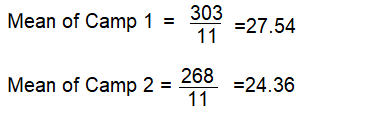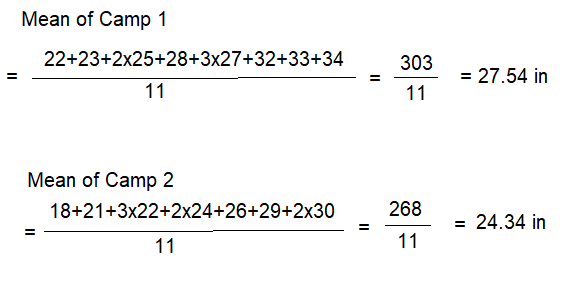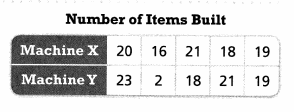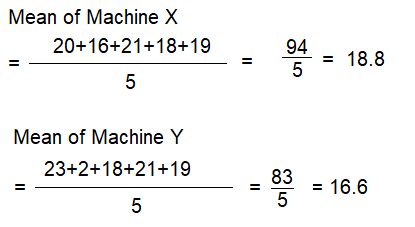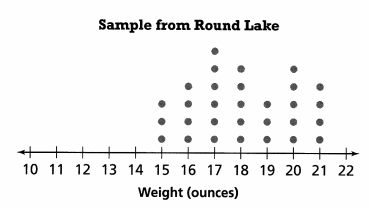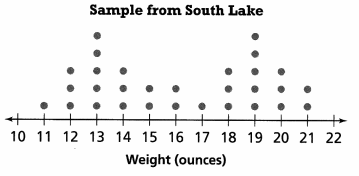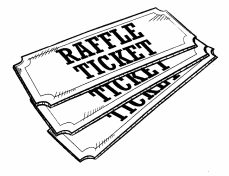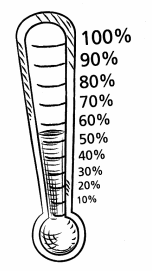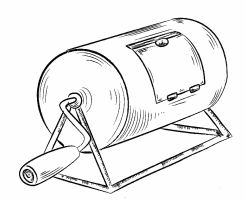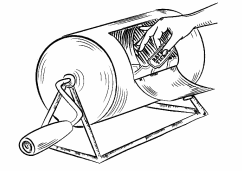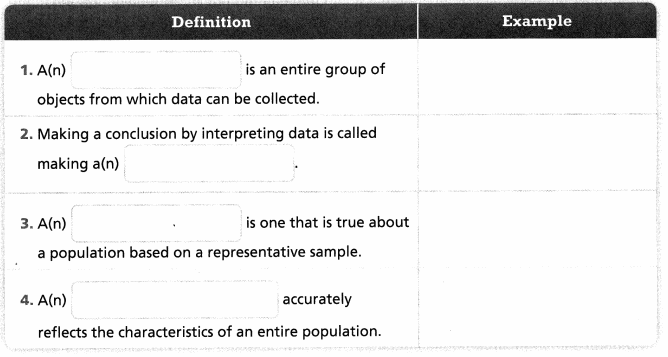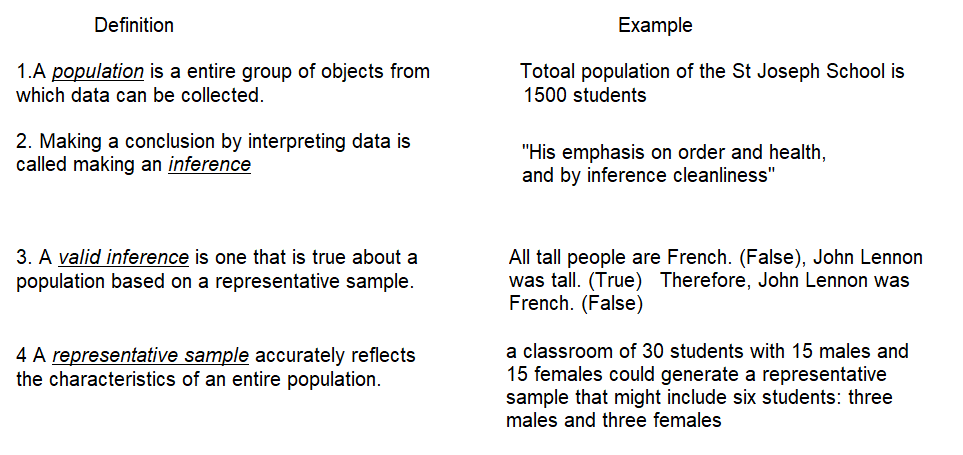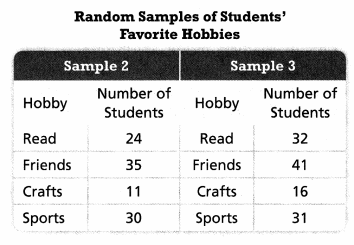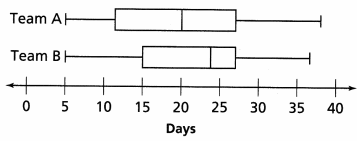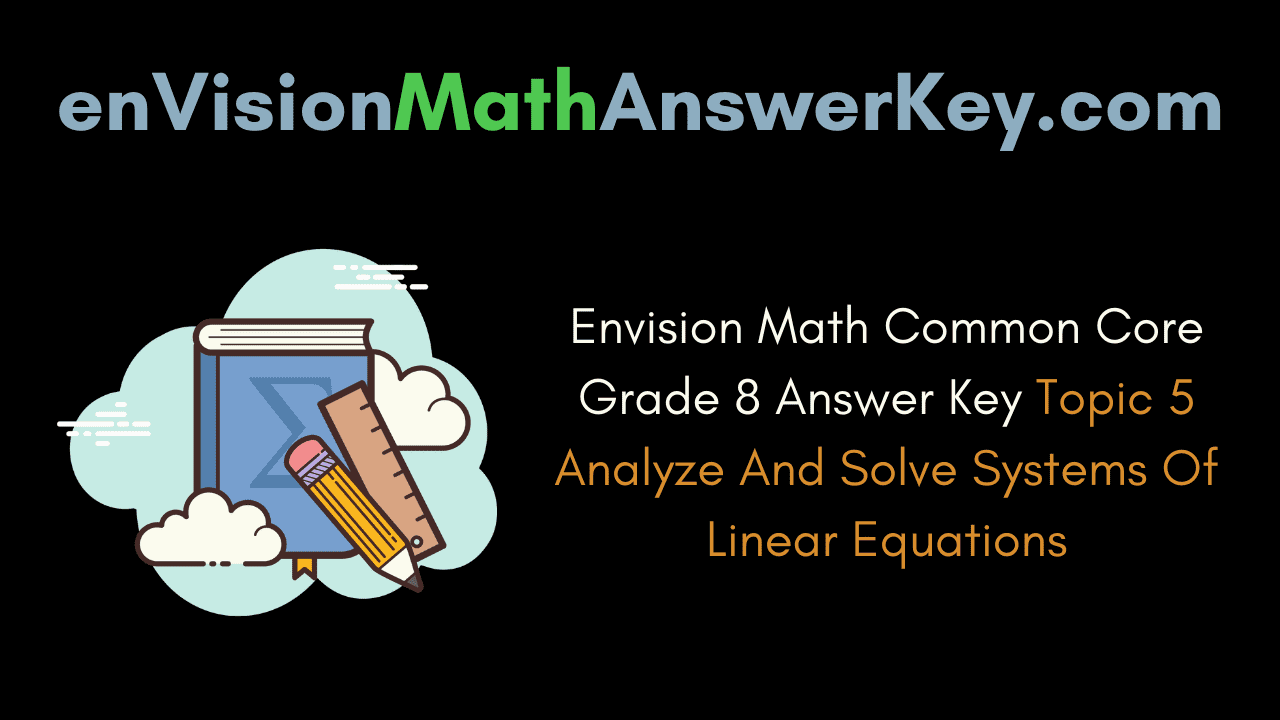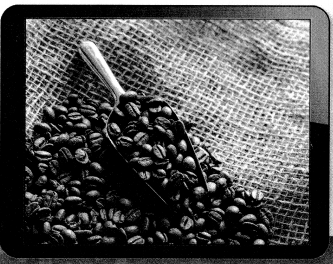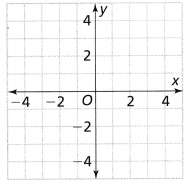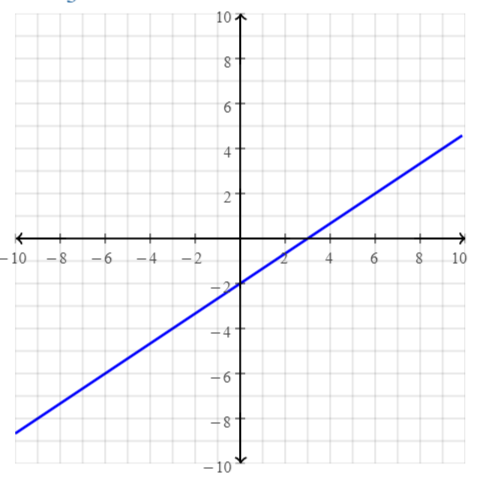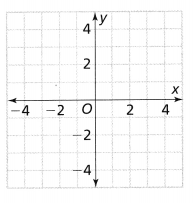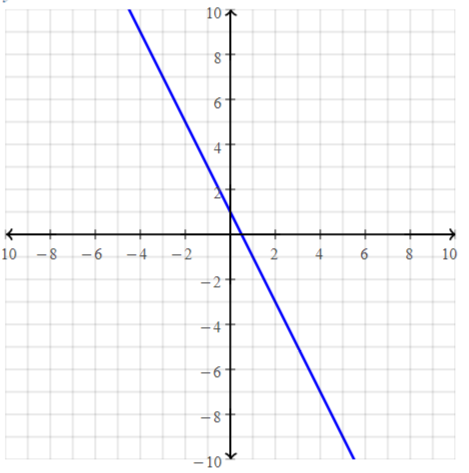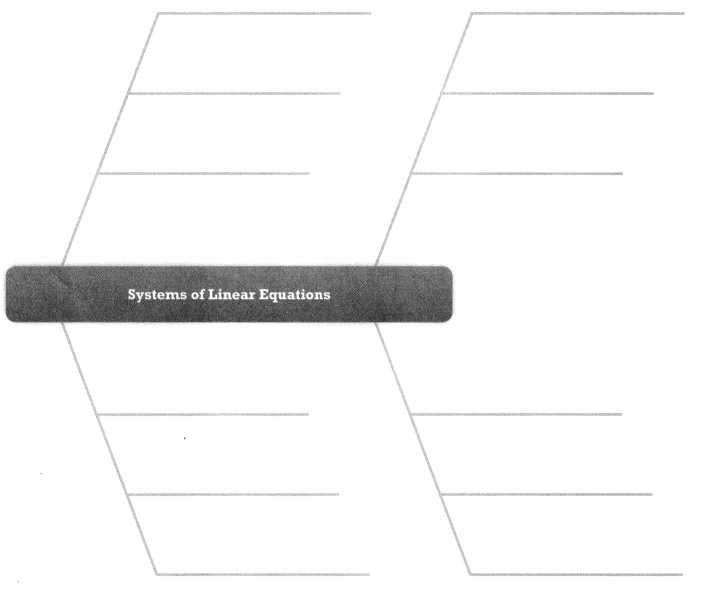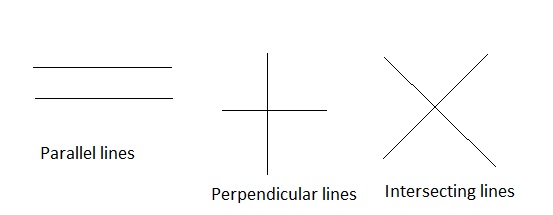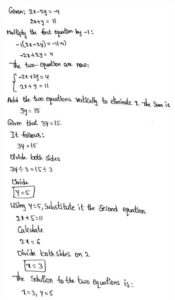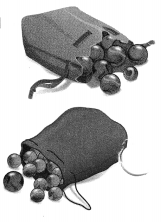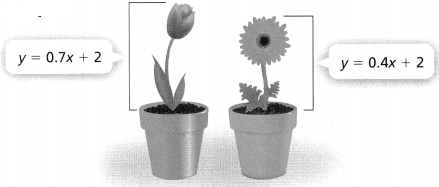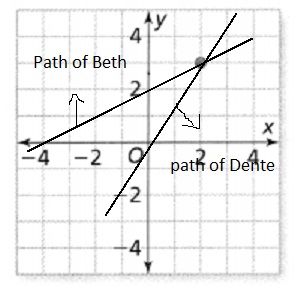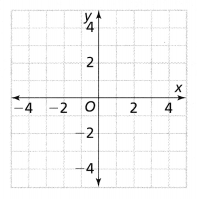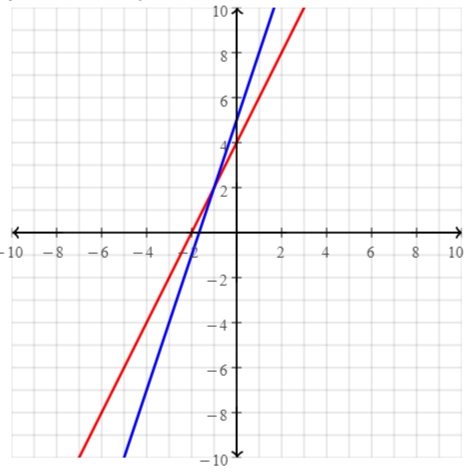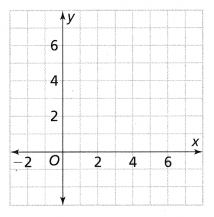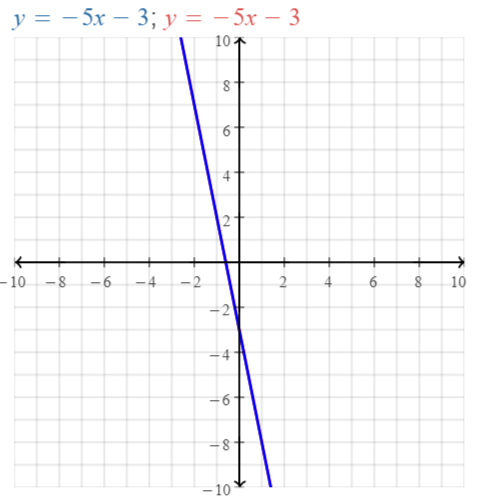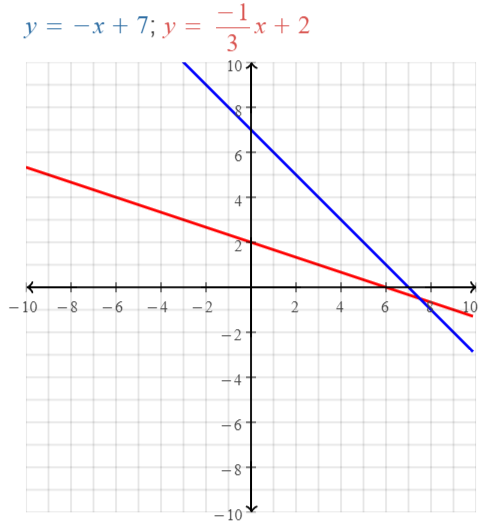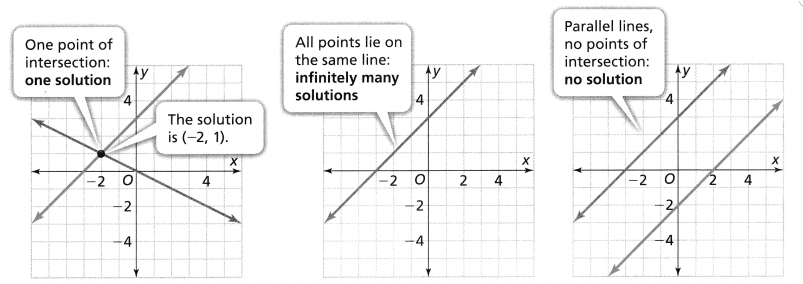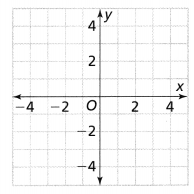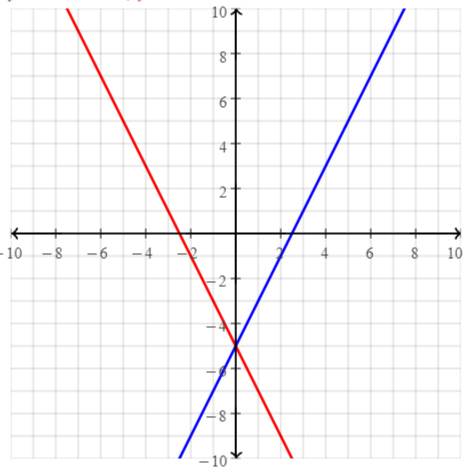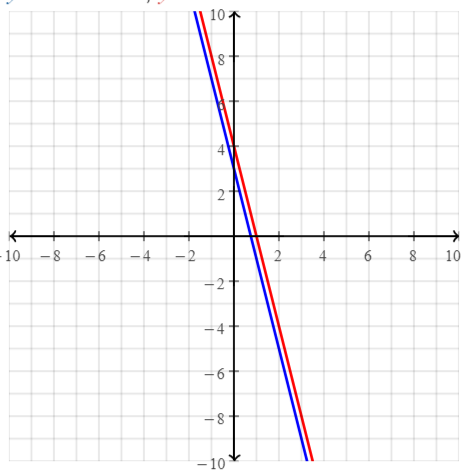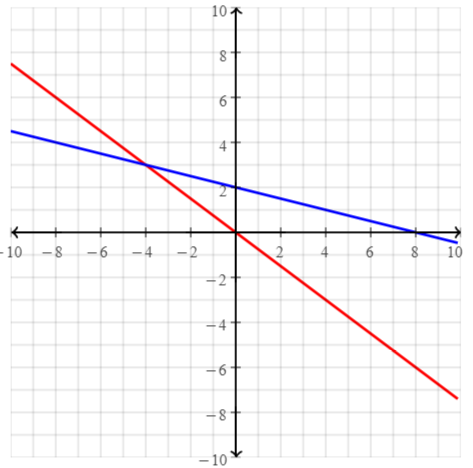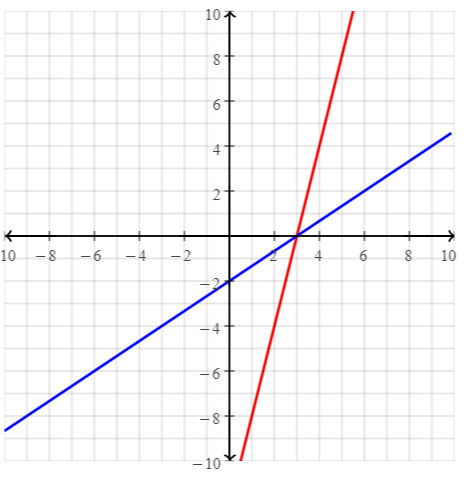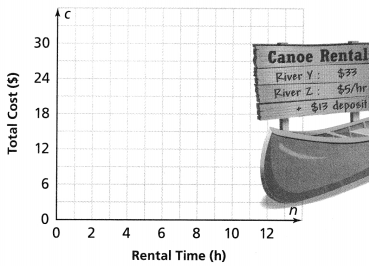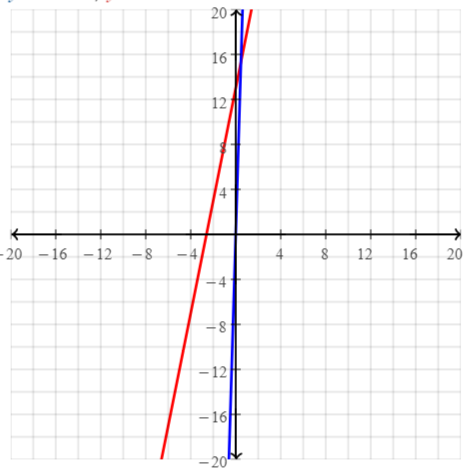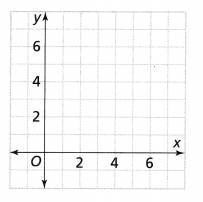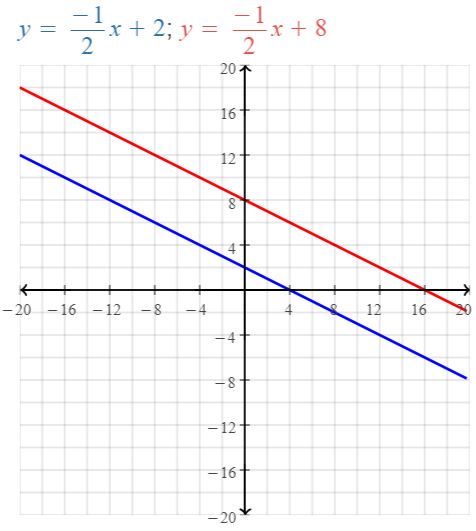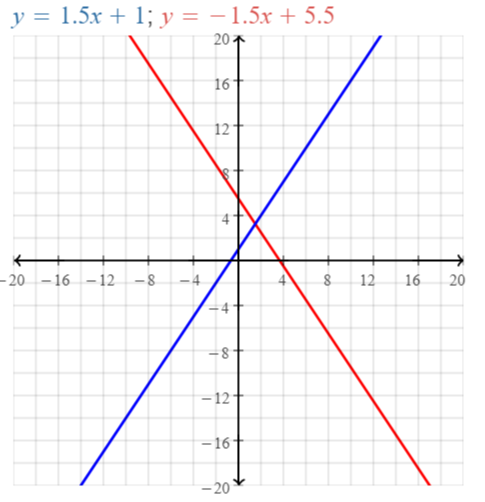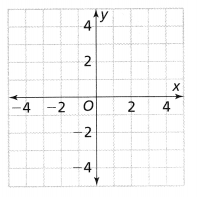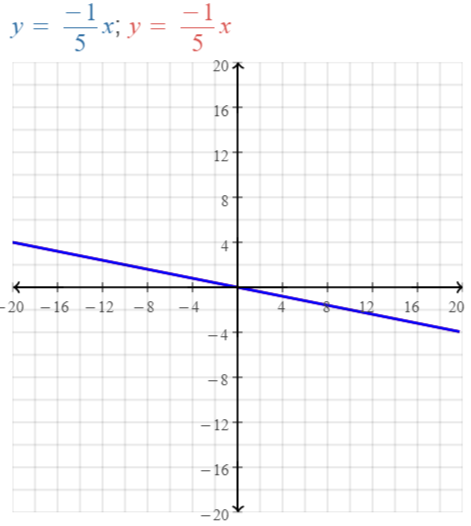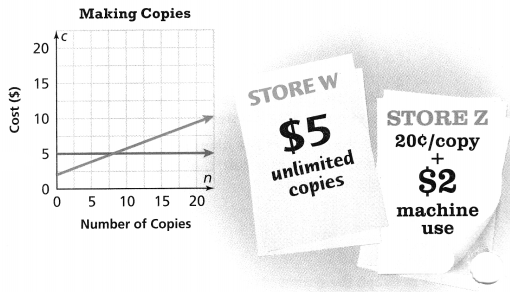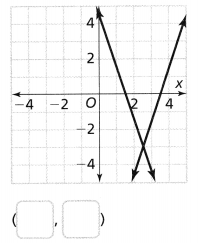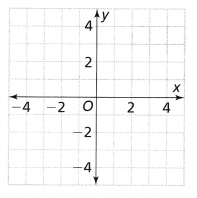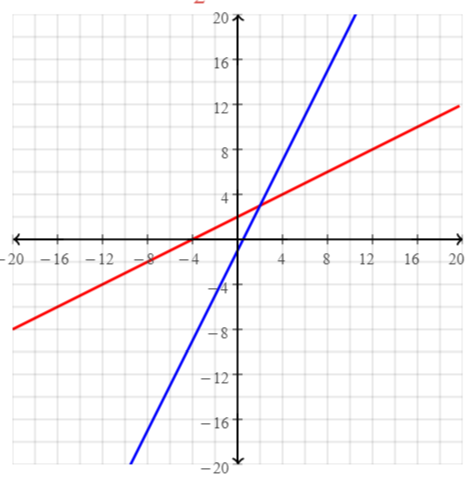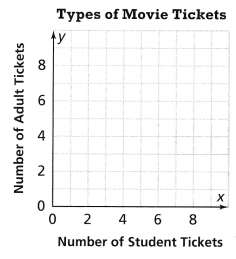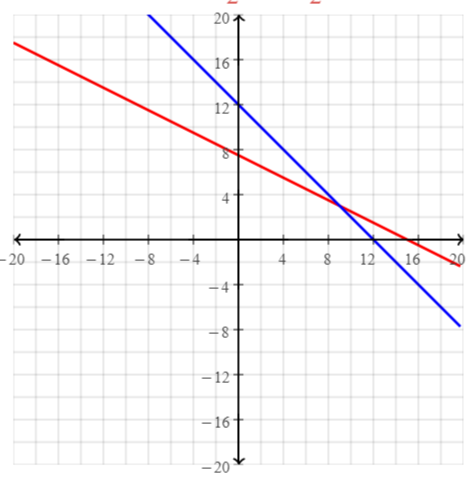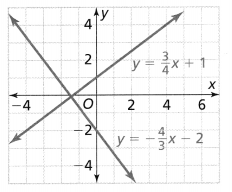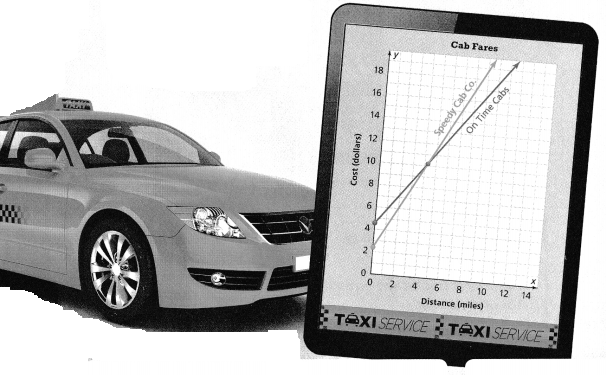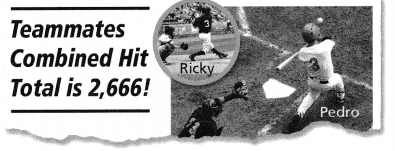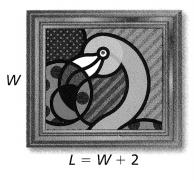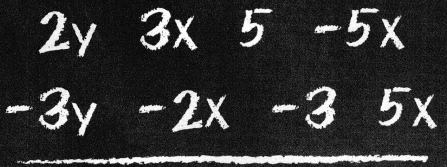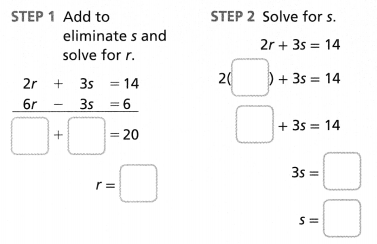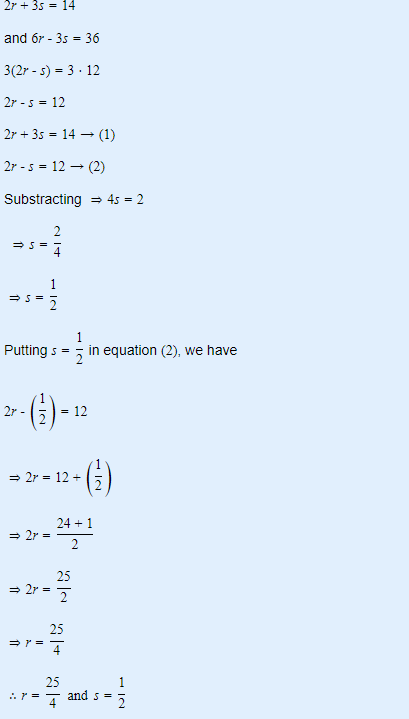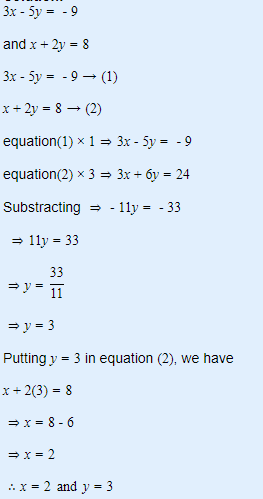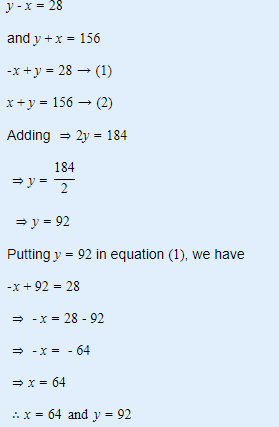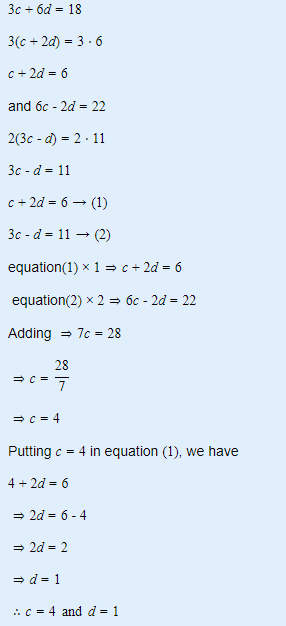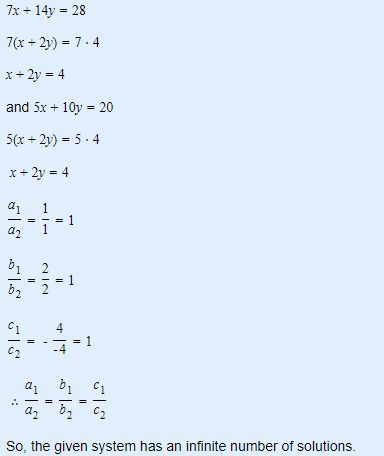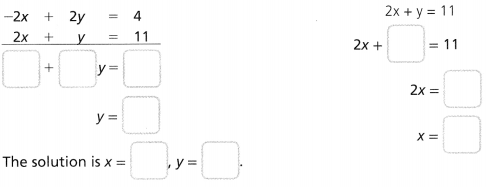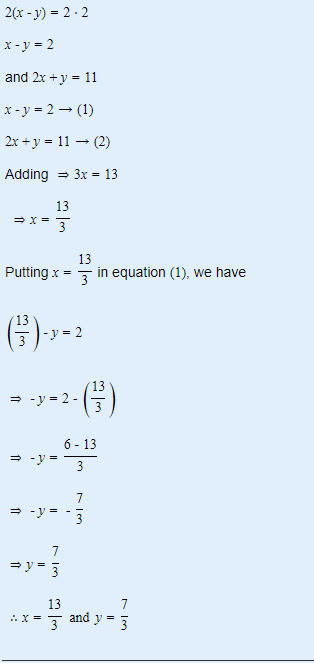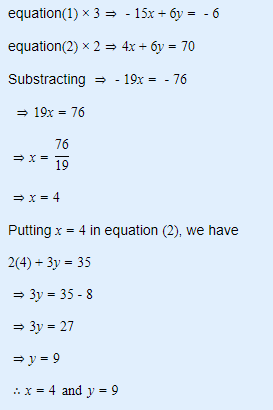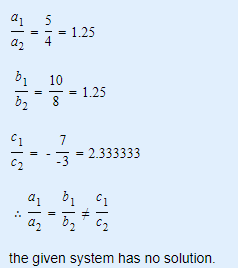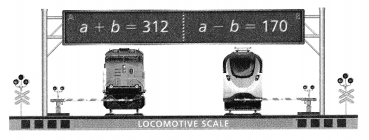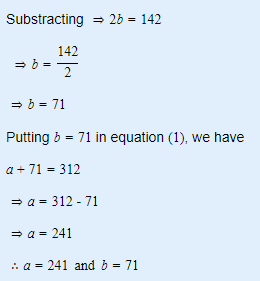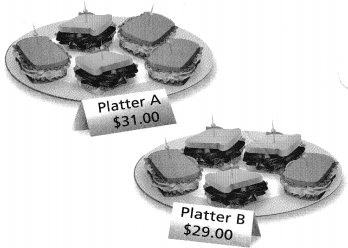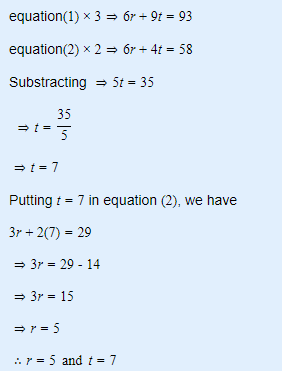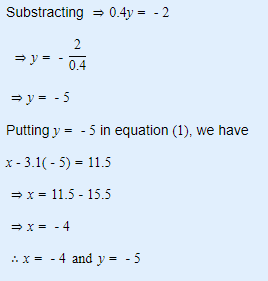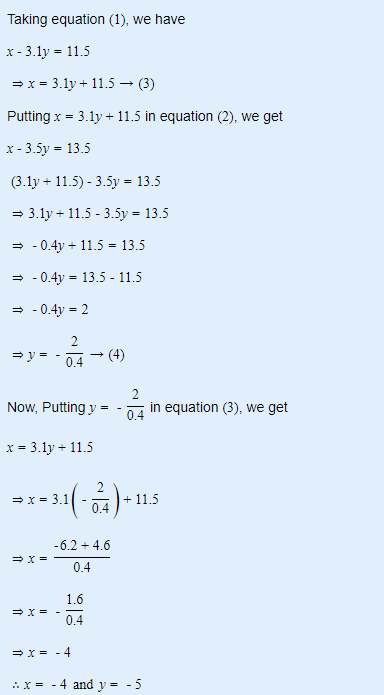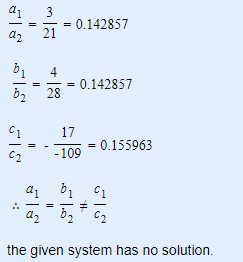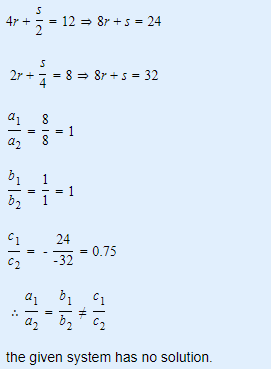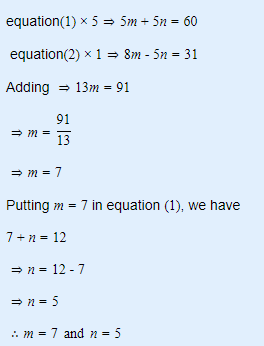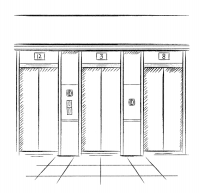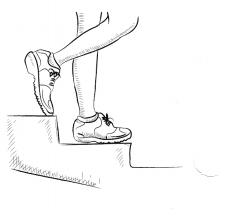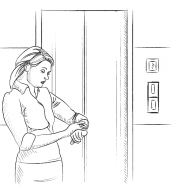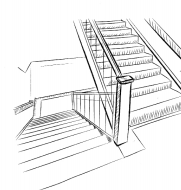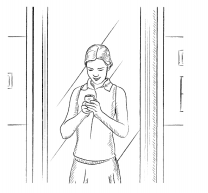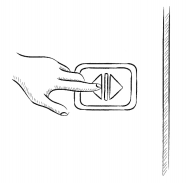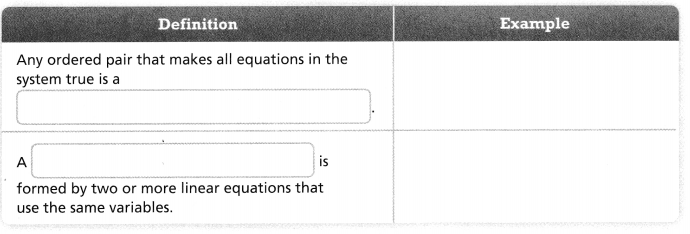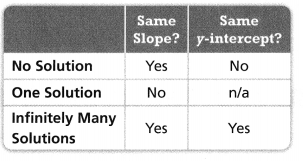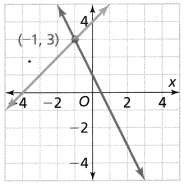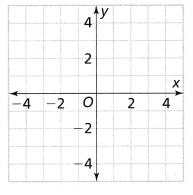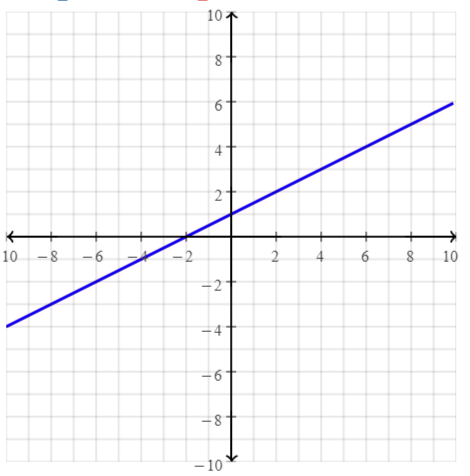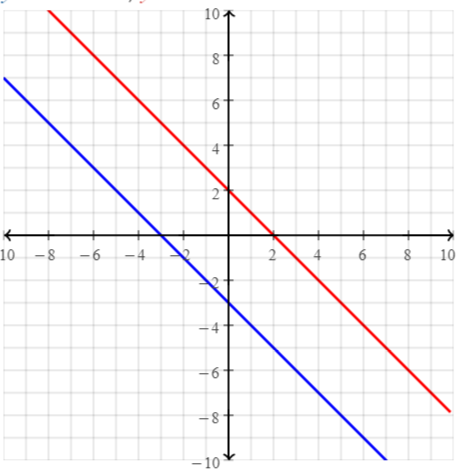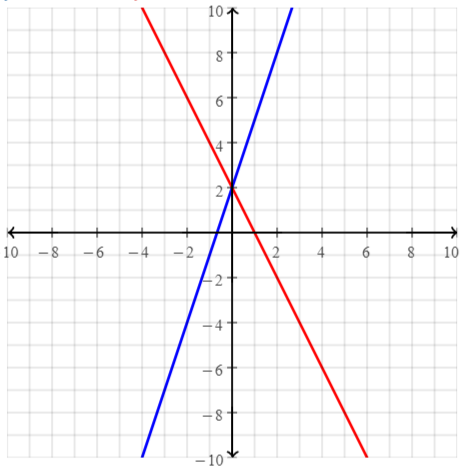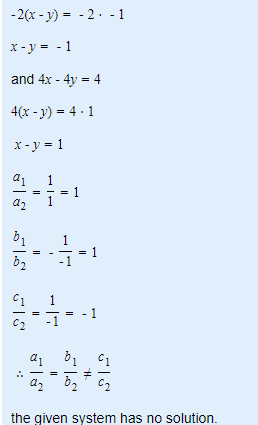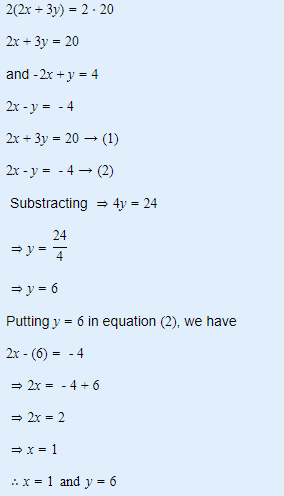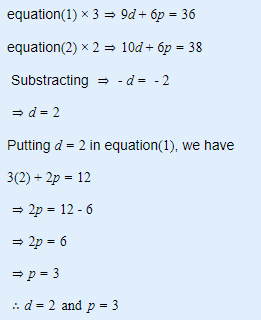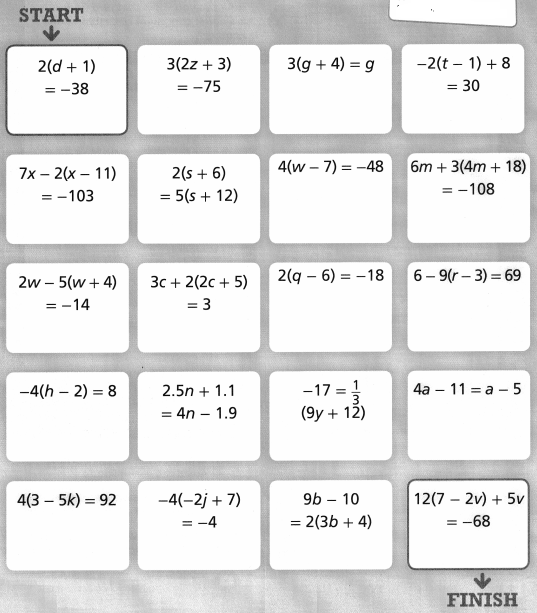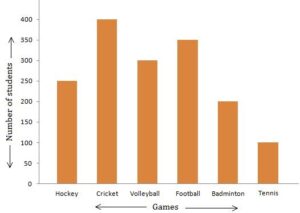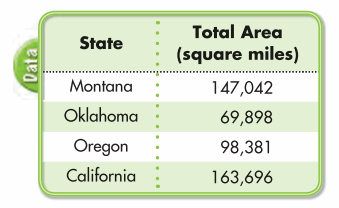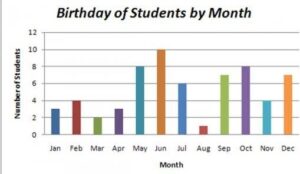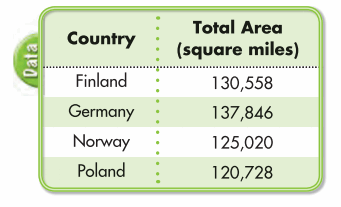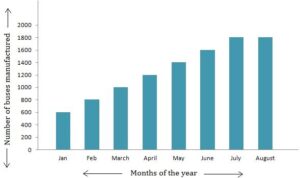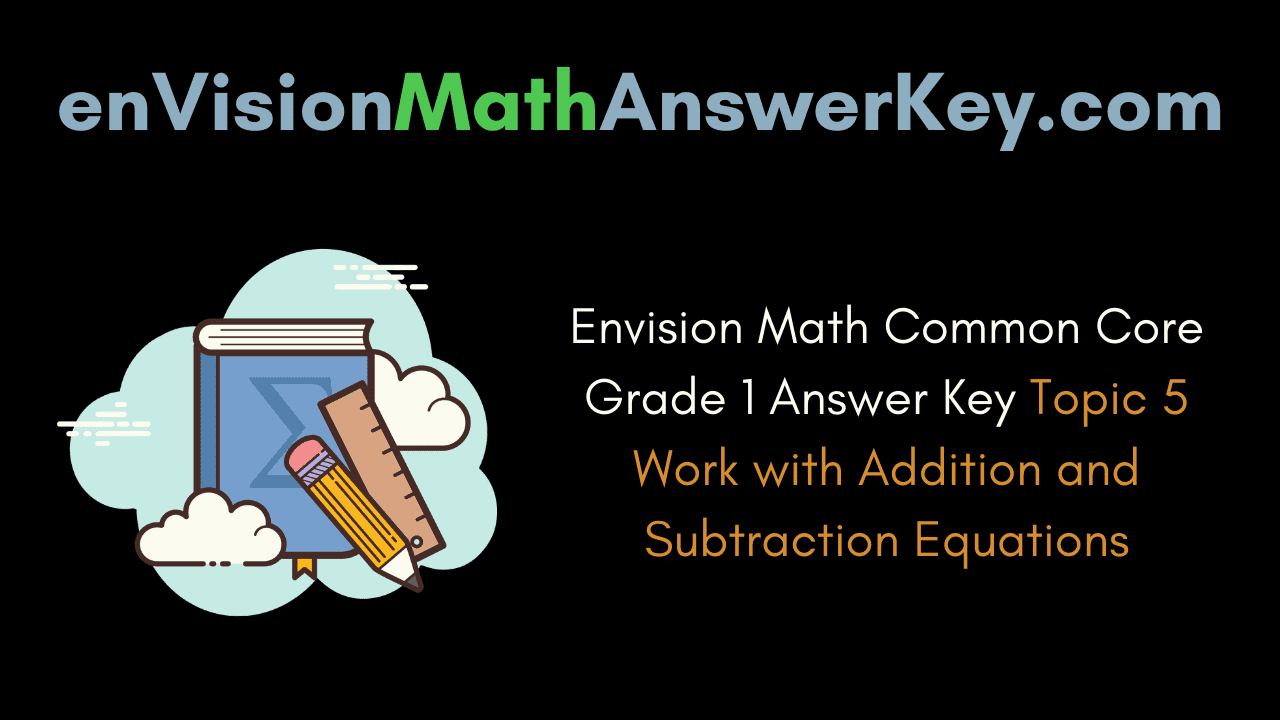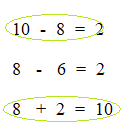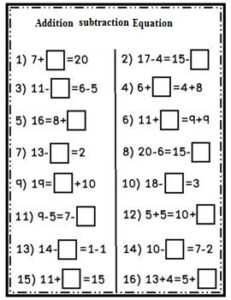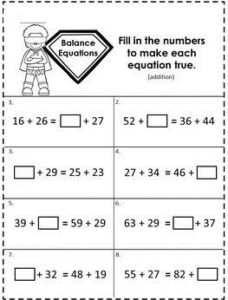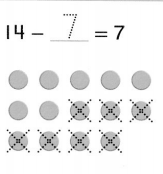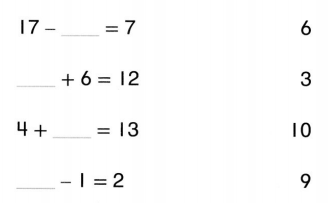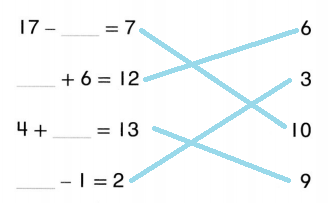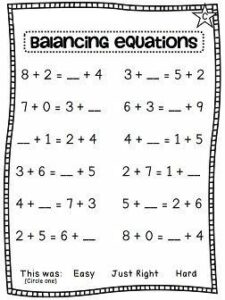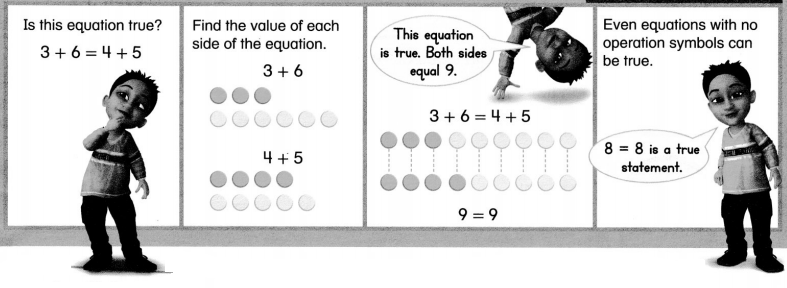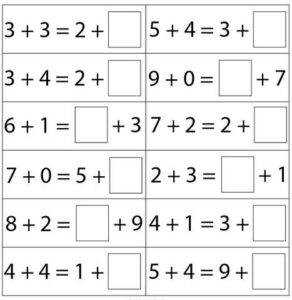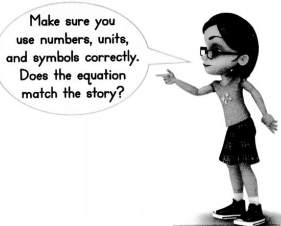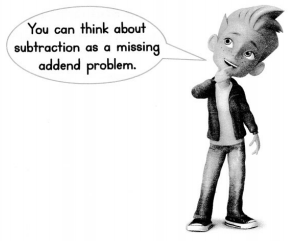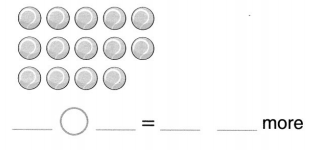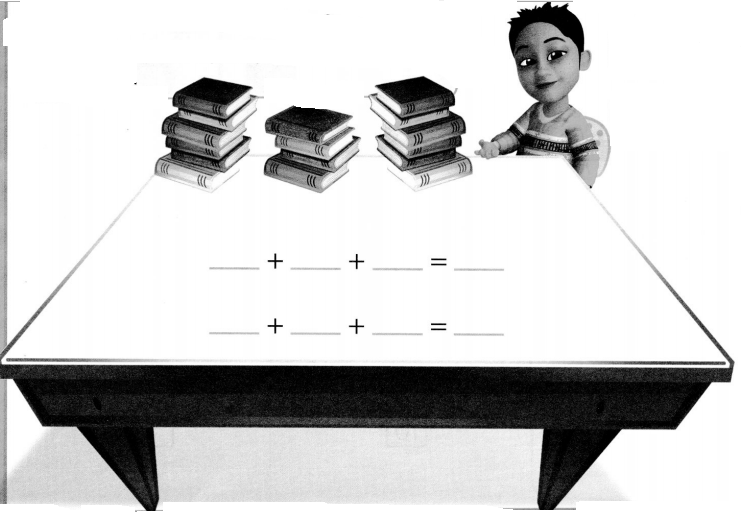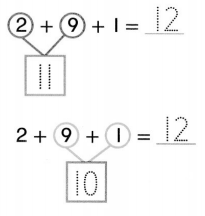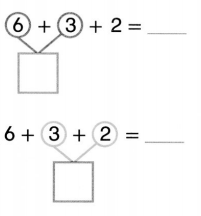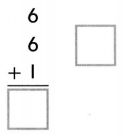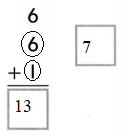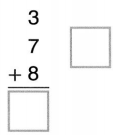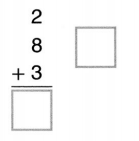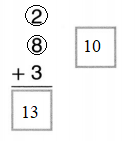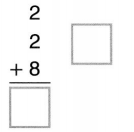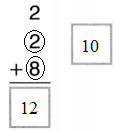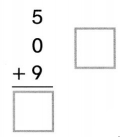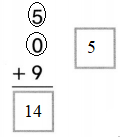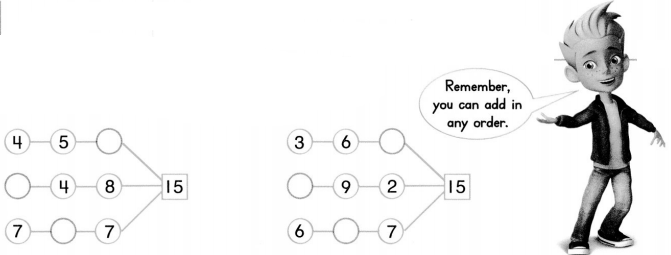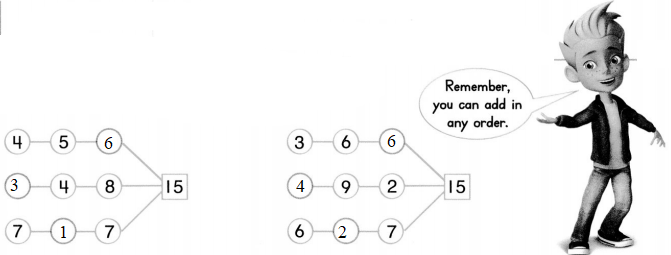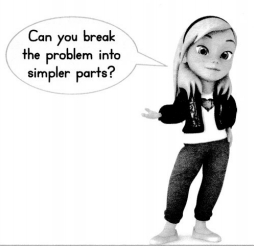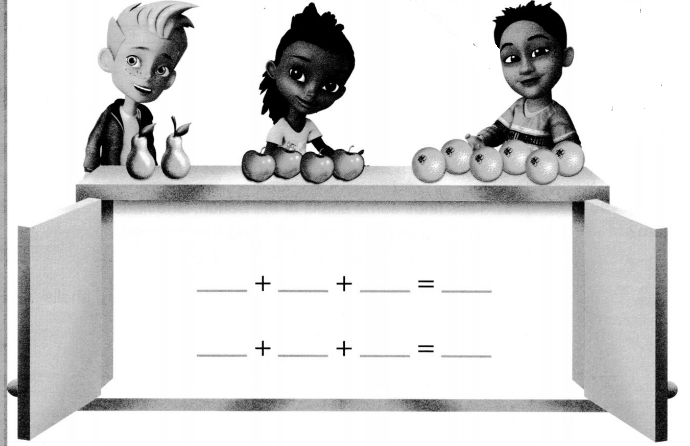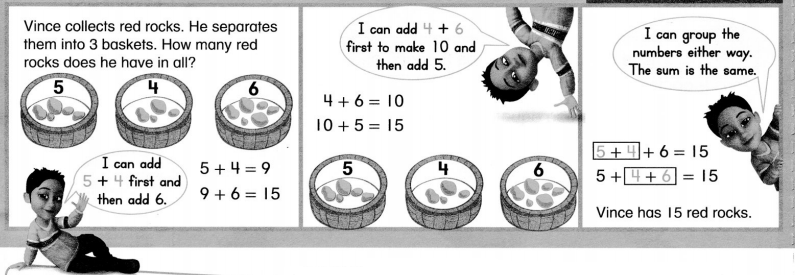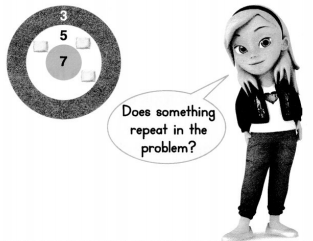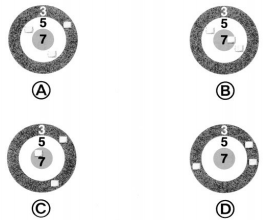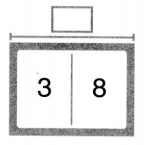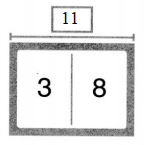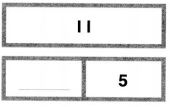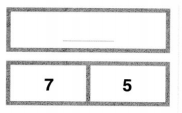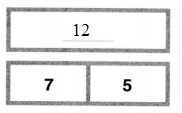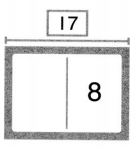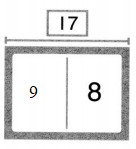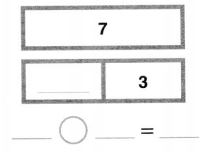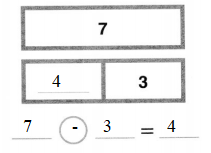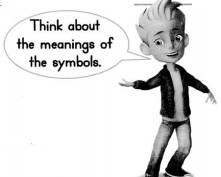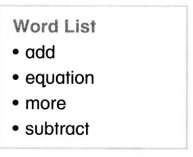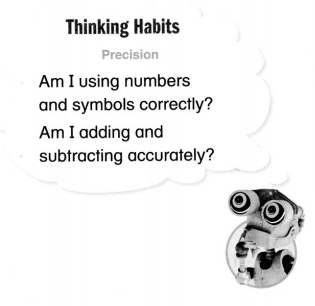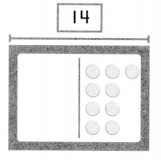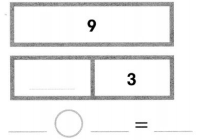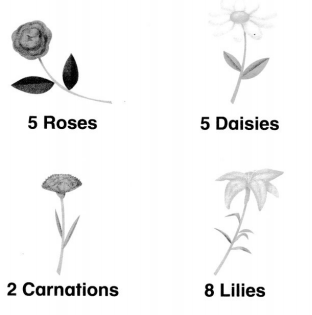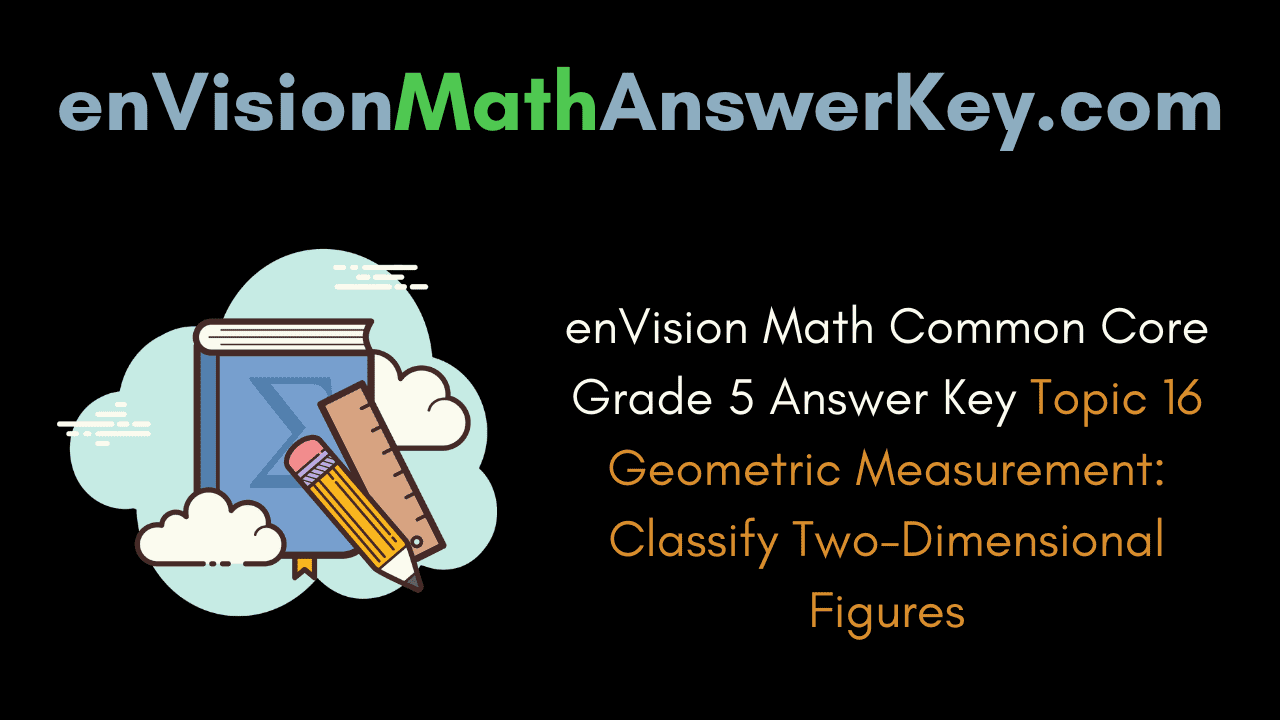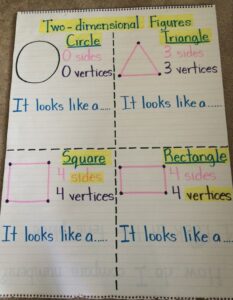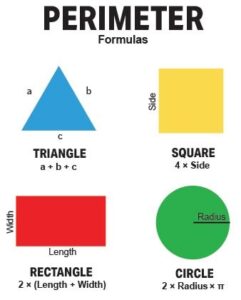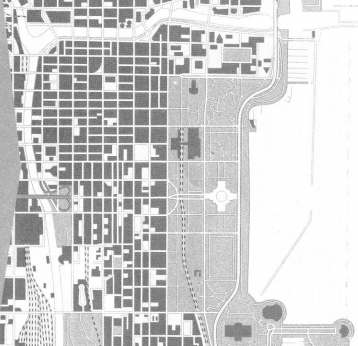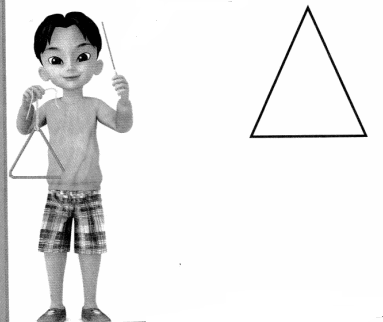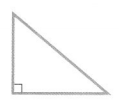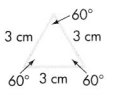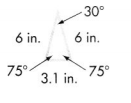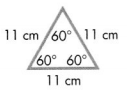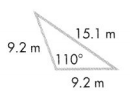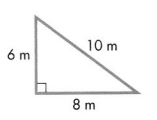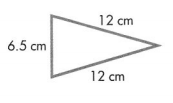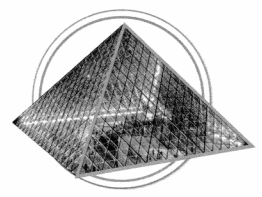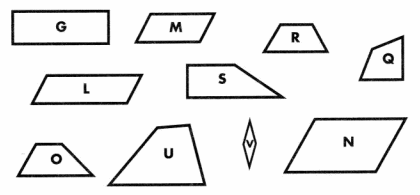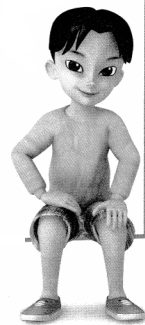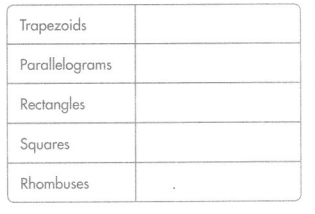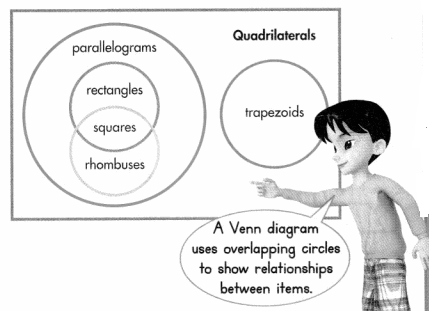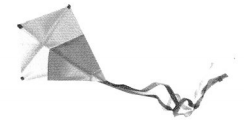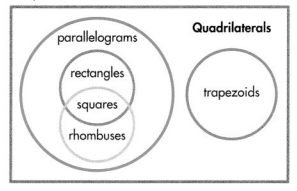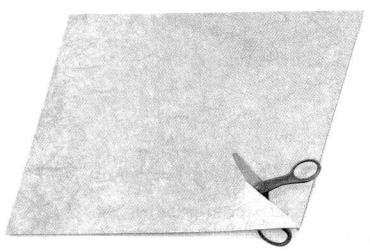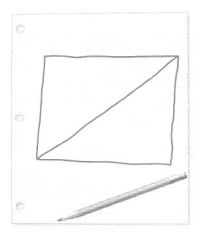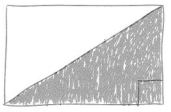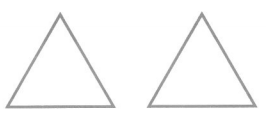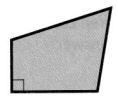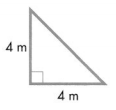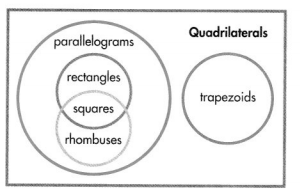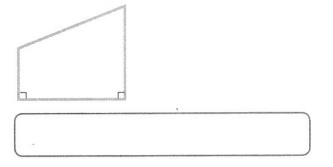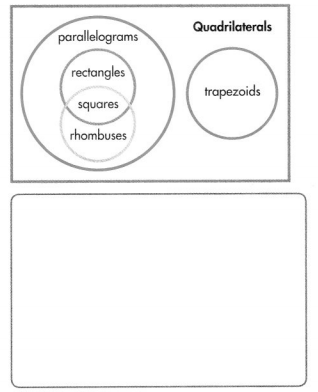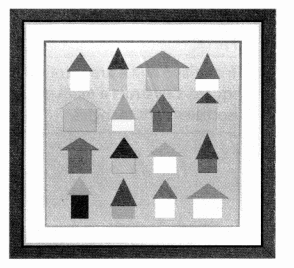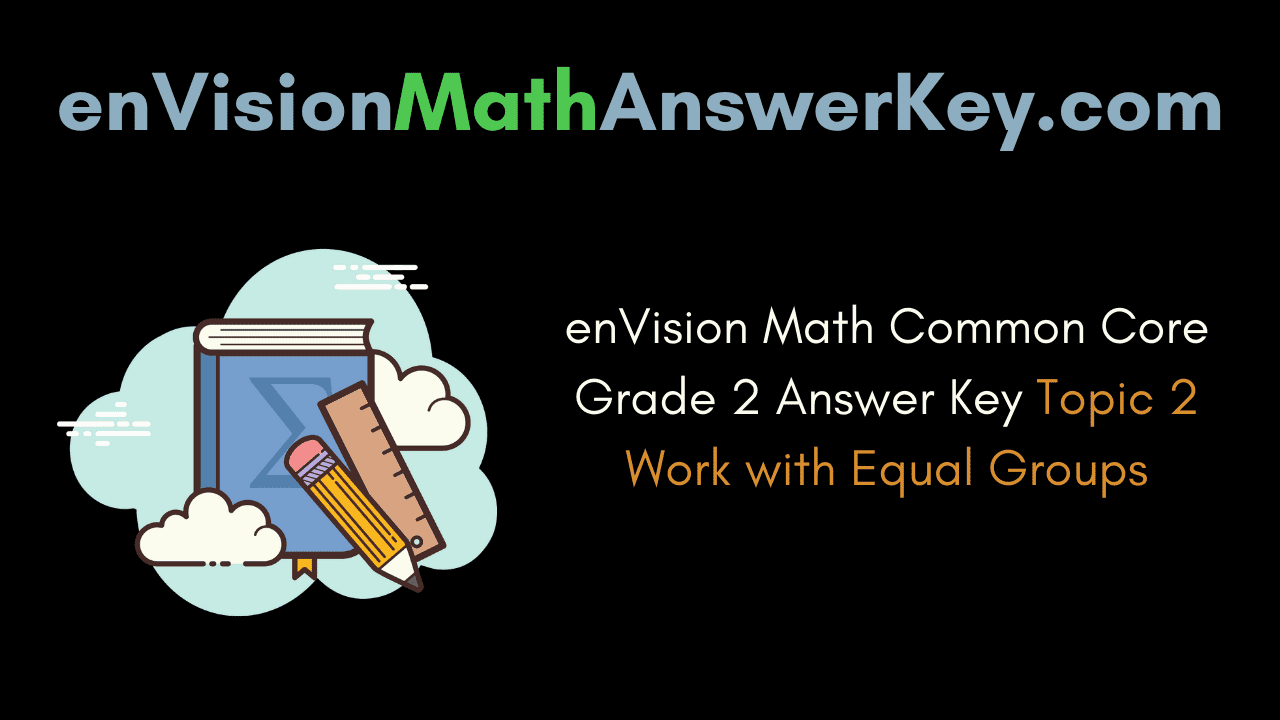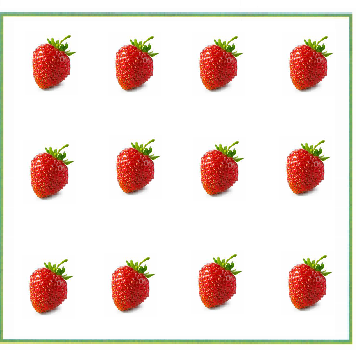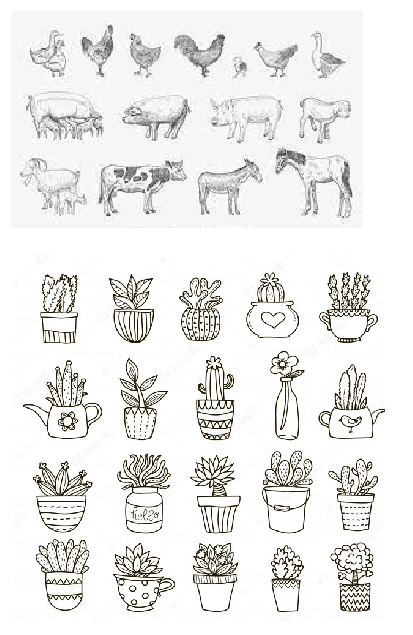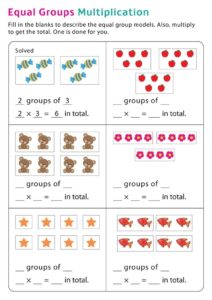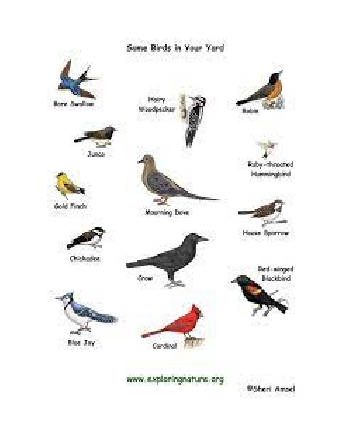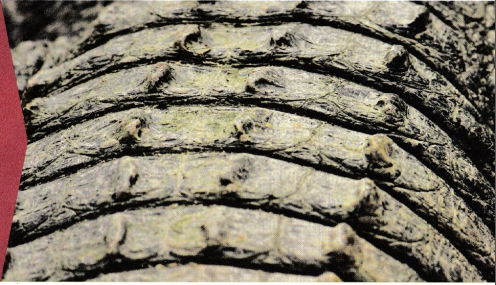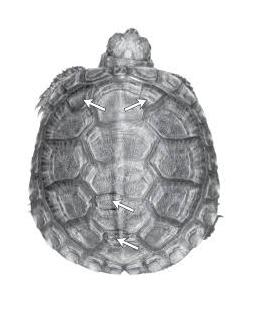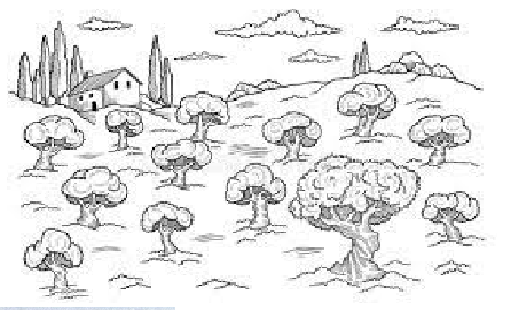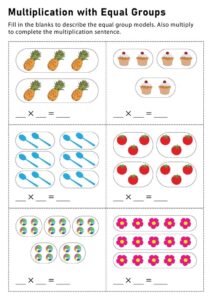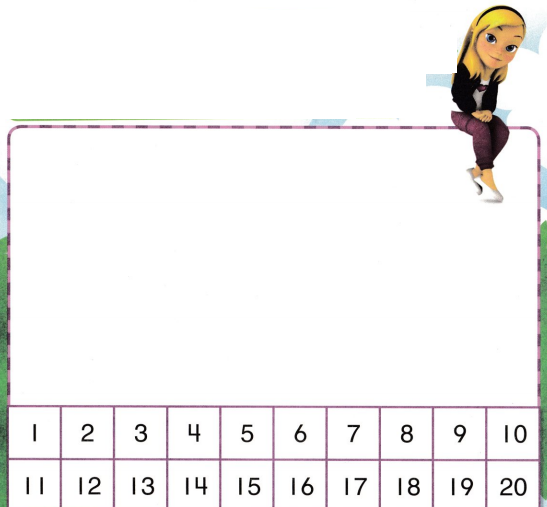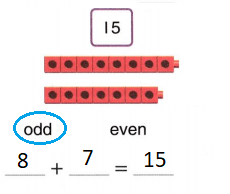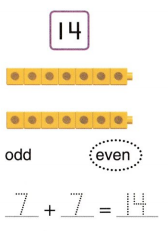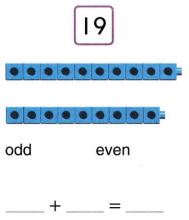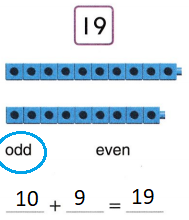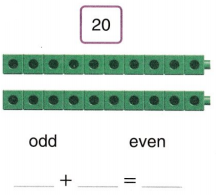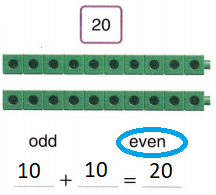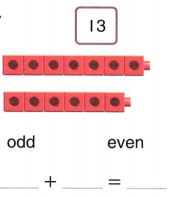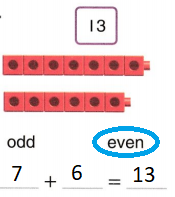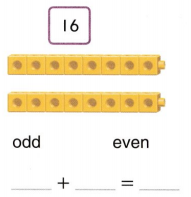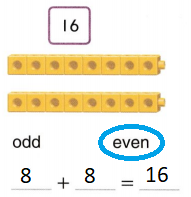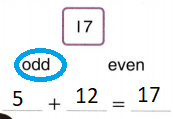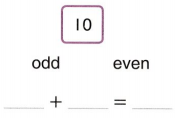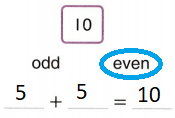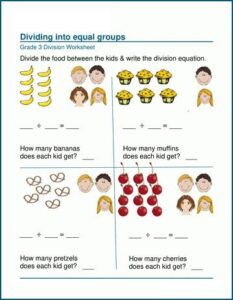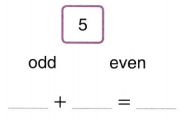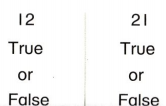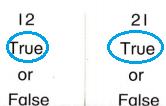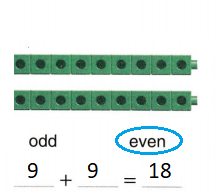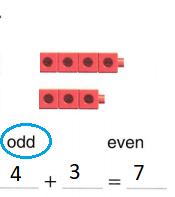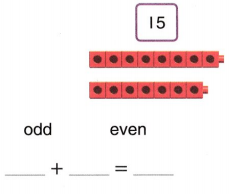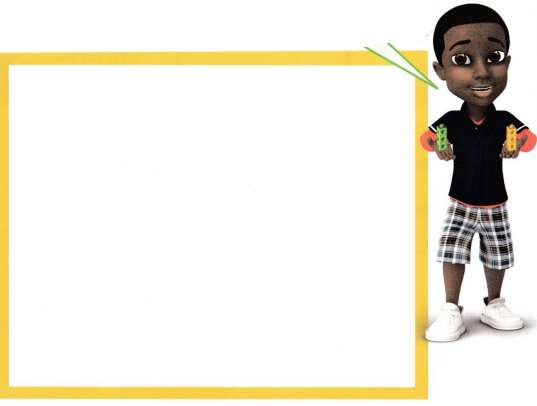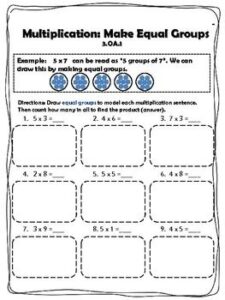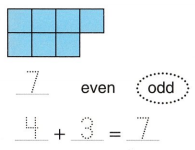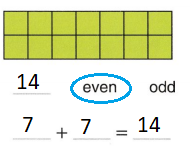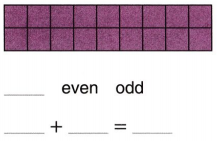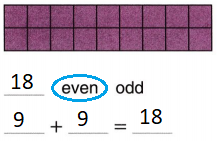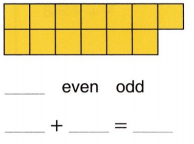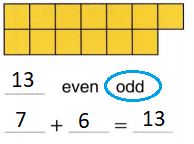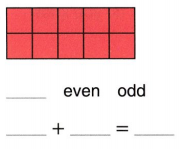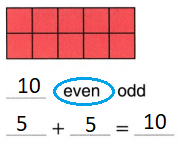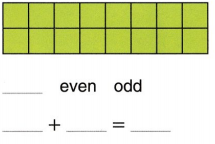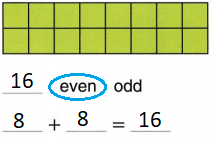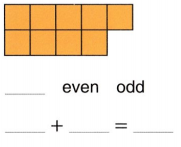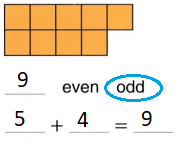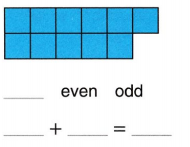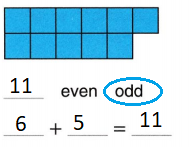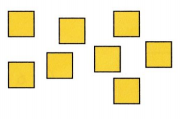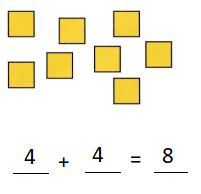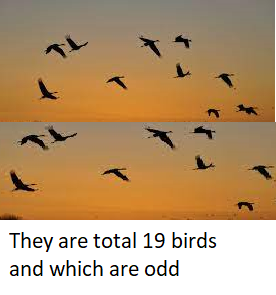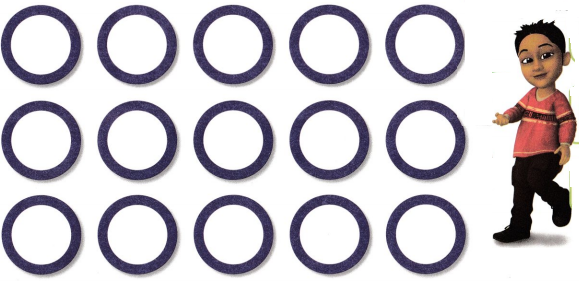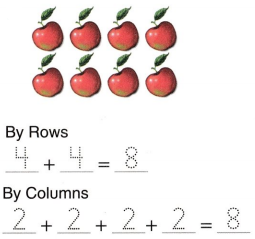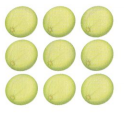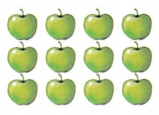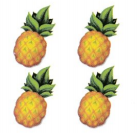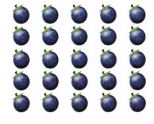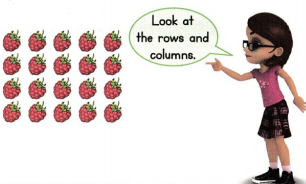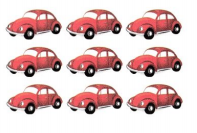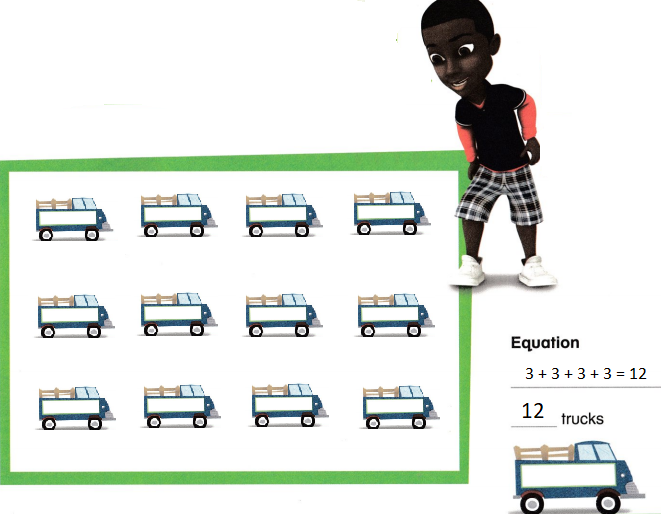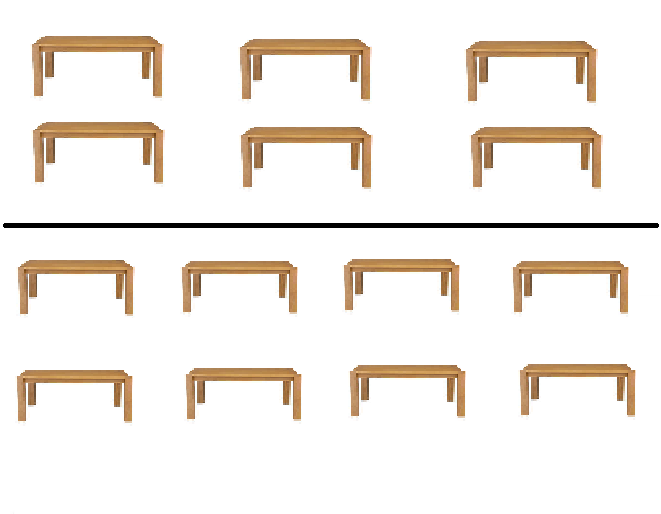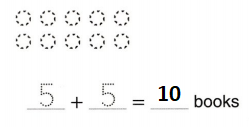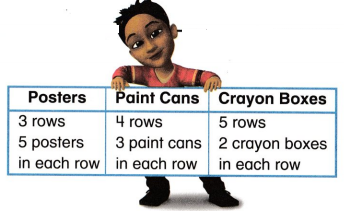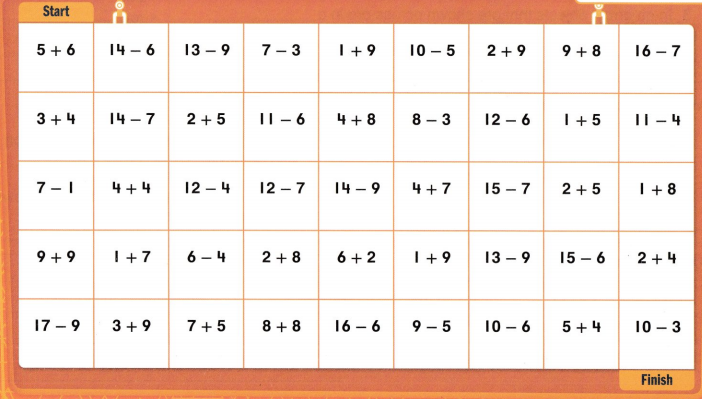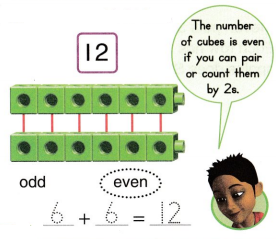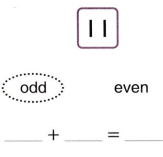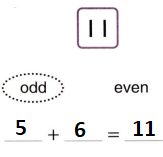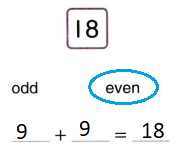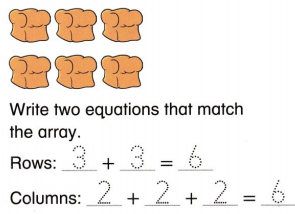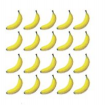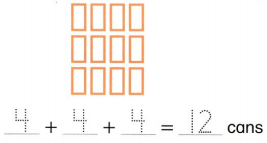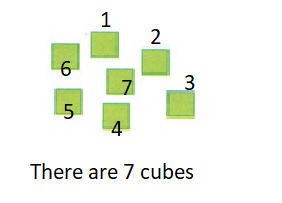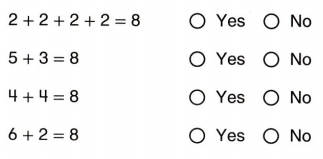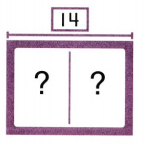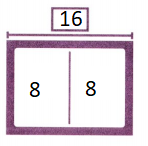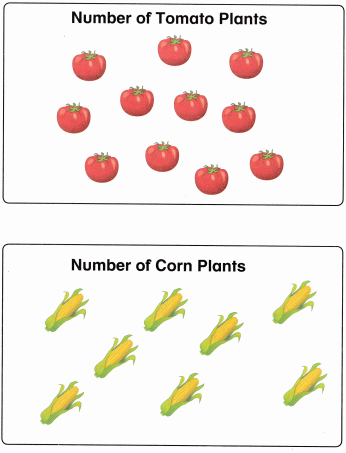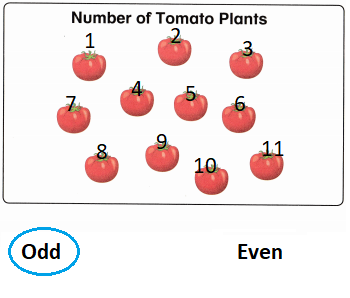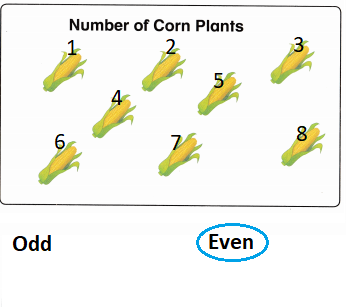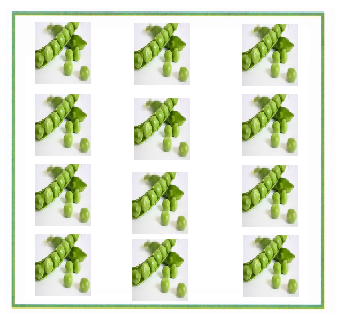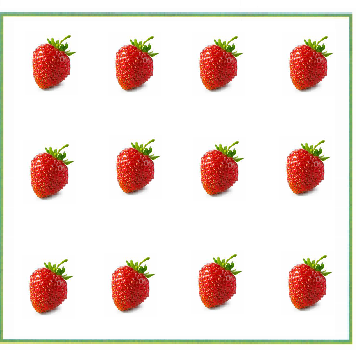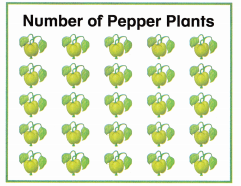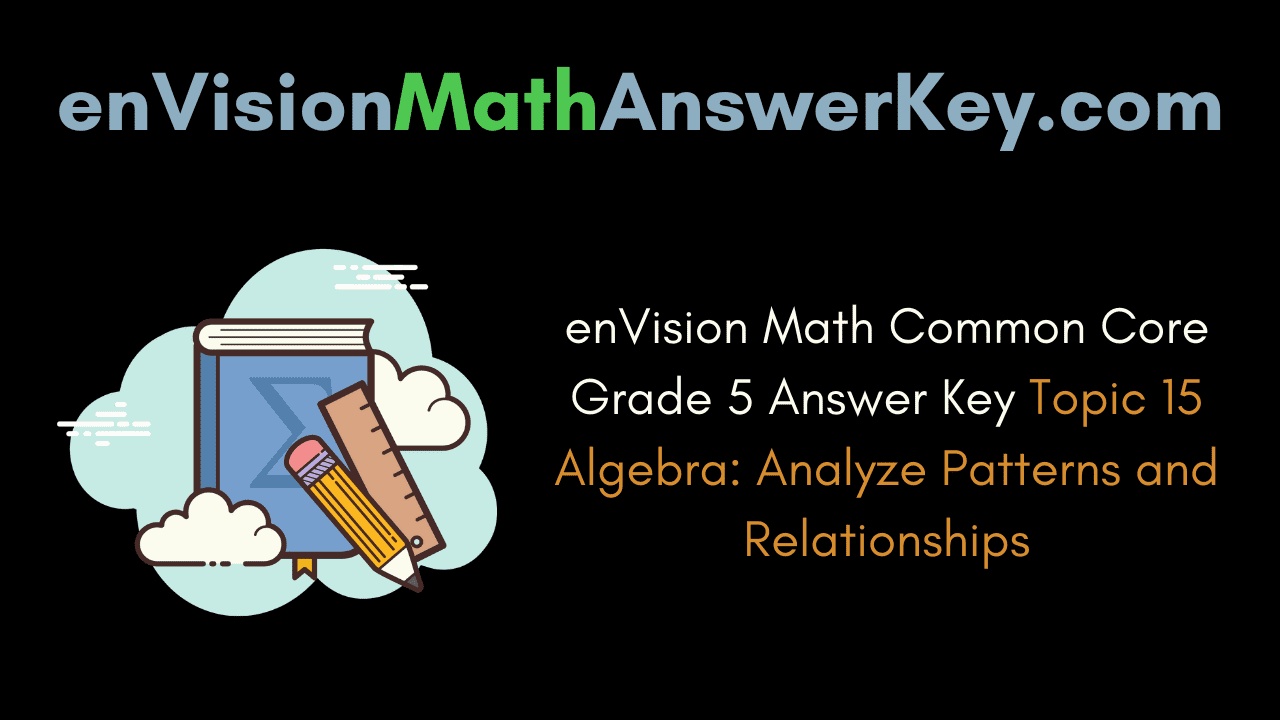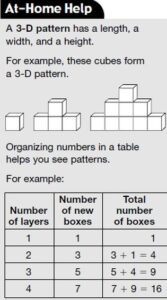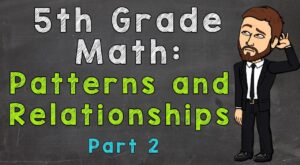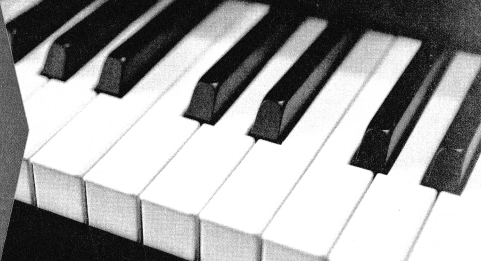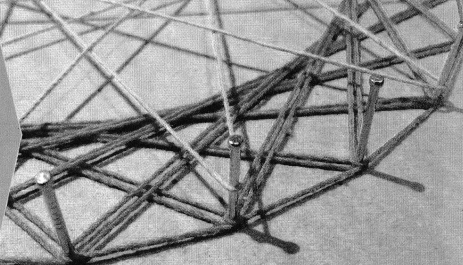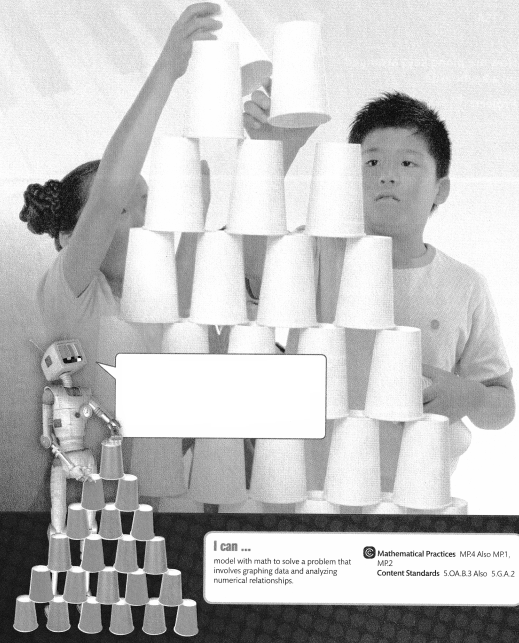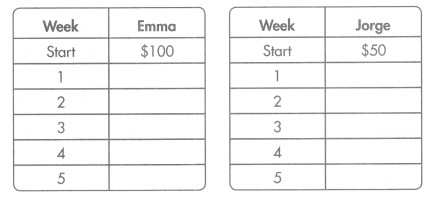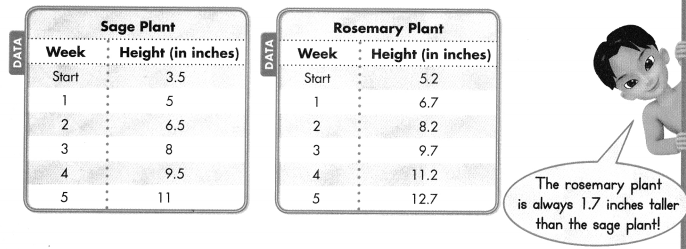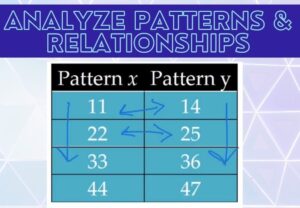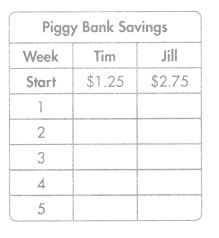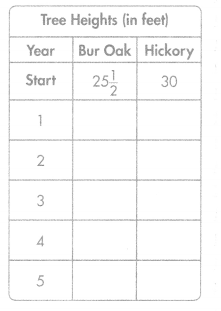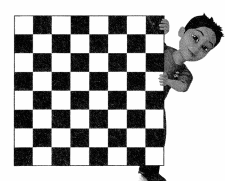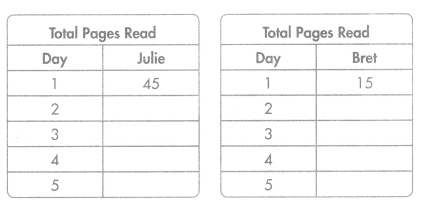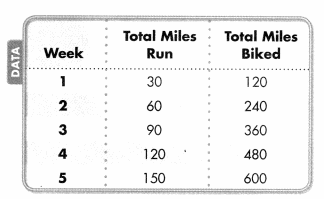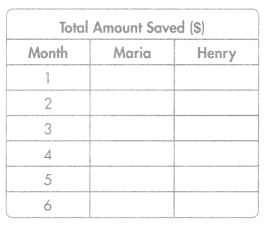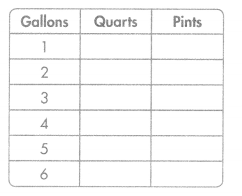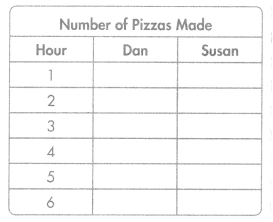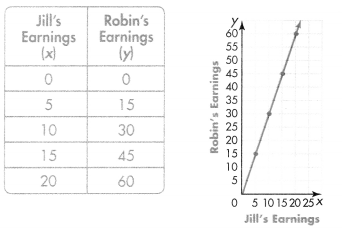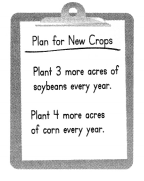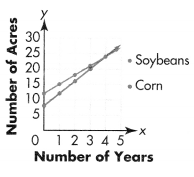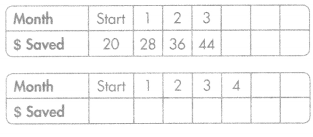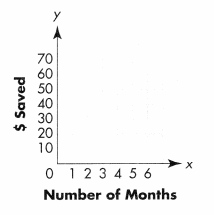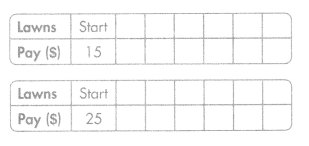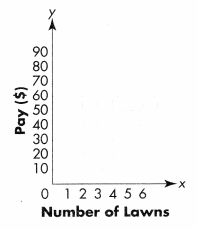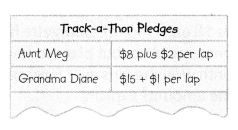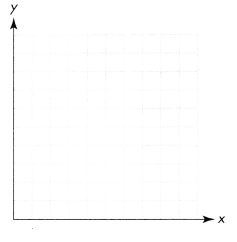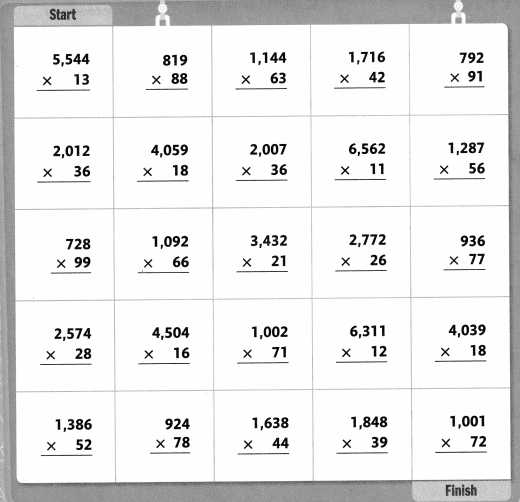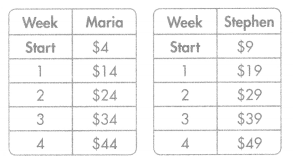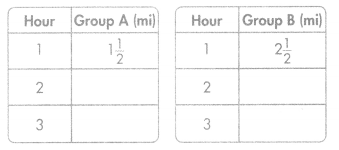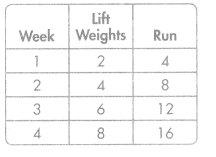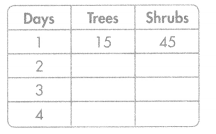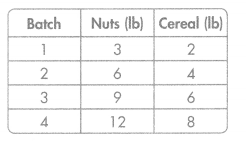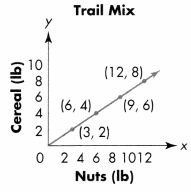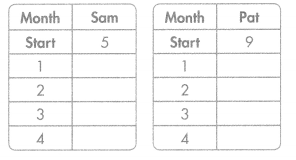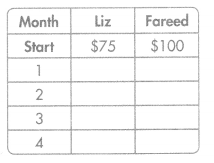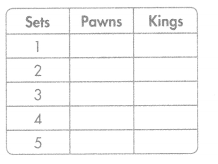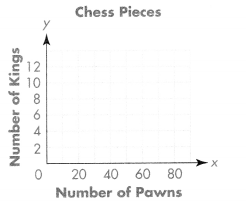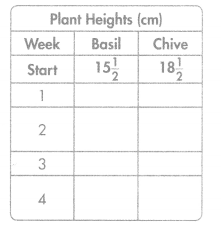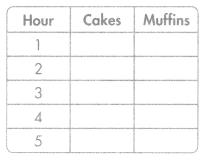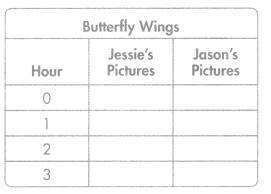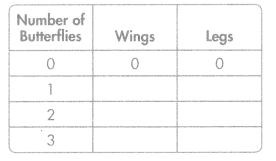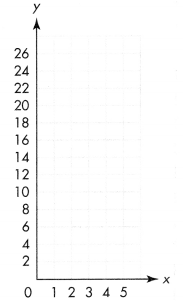Go through the enVision Math Common Core Grade 1 Answer Key Topic 6 Represent and Interpret Data regularly and improve your accuracy in solving questions.
enVision Math Common Core 1st Grade Answers Key Topic 6 Represent and Interpret Data
Essential Question:
What are some ways you can collect, show, and understand data?

Find Out Talk to friends and relatives about the types of phones they use. Ask how phones have changed in their lifetimes.
Journal: Make a Book Show what you found out. In your book, also:
- Draw pictures of more than one type of phone. Which phone do you think is better for making calls?
- Collect data about the types of phones people use.
Answer:
The types of phones that my friends and relatives used are smartphones and keypad phones. They change their mobiles yearly. Smartphones are better for making calls.
Review What You Know
Vocabulary
Question 1.
Circle the cubes that make the equation true.
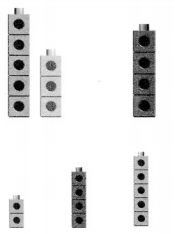
5 + 3 = 4 + ?
Answer:
5 + 3 = 4 + 4.
Explanation:
Here, we have a circled image A, as there are 5 blocks and 3 blocks on left and we need to place 4 other blocks to make the equation true. And the equation is 5 + 3 = 4 + 4.
Question 2.
Write the numbers that tell how many pieces of fruit. Then circle the group with fewer.
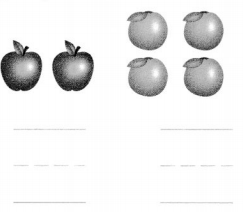
Answer:
Image A is 2 and image B is 4.
Explanation:
The number of pieces in image A is 2 in the number of pieces in image B is 4.
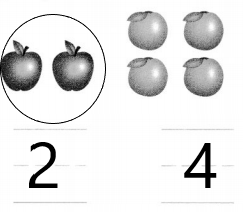
Question 3.
Write the numbers that tell how many balls. Then circle the group with more.
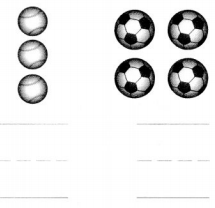
Answer:
Image A is 3 and image B is 4.
Explanation:
The number of balls in image A is 3 in the number of balls in image B is 4.
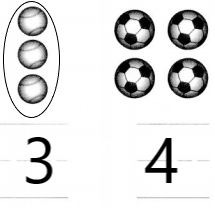
Find the Missing Part
Question 4.
Write the number that will make the equation true.
15 – 8 = _____ + 1
Answer:
15 – 8 = 6 + 1.
Explanation:
The number that will make the equation true is 15 – 8 = 6 + 1.
Question 5.
Write each missing number.
5 + 3 + 2 = ______
9 + ______ + 7 = 17
Answer:
The missing numbers are 10 and 1.
Explanation:
The missing number is 5 + 3 + 2 = 10 and here, let the missing number be X and
9 + X + 7 = 17,
X + 16 = 17,
so X will be
X = 17 – 16
= 1.
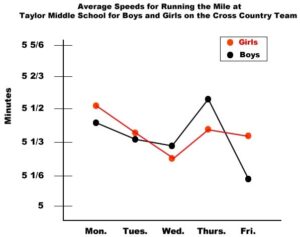
Near Doubles Facts
Question 6.
Write the missing number to solve this near doubles fact.
7 + _____ = 15
Answer:
The missing number is 8.
Explanation:
Let the missing number be X and
7 + X = 15,
and X = 15 – 7
= 8.
Pick a Project
PROJECT 6A
Which dog is your favorite?
Project: Create a Pet Data Display
Answer:
My favorite dog is Pug.
PROJECT 6B
Is all art the same?
Project: Make an Art Poster
Answer:
No, not all art is the same.
PROJECT 6C
What do you like to wear?
Project: Draw an Outfit
Answer:
I like to wear casuals.
PROJECT 6D
What can shells on the beach look like?
Project: Model Favorite Seashells
Answer:
Favorite seashells are Clam shells.
Lesson 6.1 Organize Data into Three Categories
Solve & Share
Judy wants to show a friend how many crayons she has of each color. How can she show this? Show one way.

Visual Learning Bridge
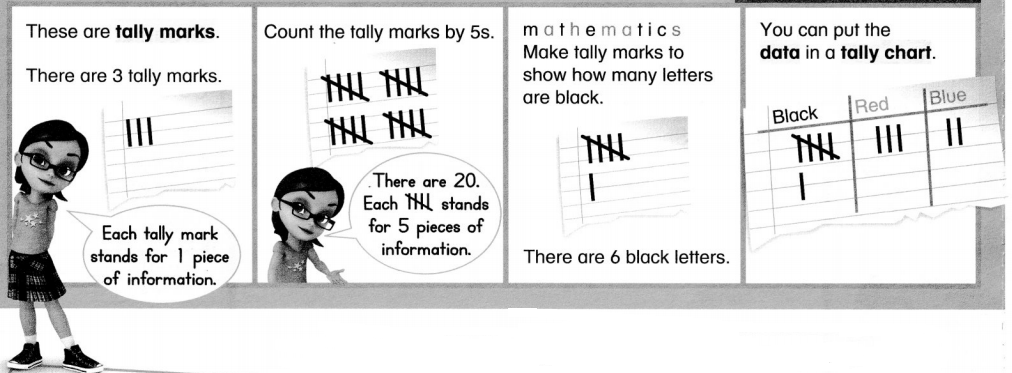
Convince Me! How can a tally chart help you with data you collect?
Answer:
Tally charts are used to collect data quickly and this format also lends itself nicely to collecting data in subgroups which can be useful and they are useful for keeping track of data collected by counting.
Guided Practice
In the chart, make tally marks to show how many socks there are for each color.
Question 1.
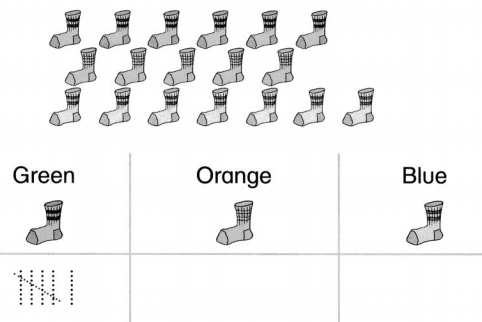
Answer:
Green – 6
Orange – 5
Blue – 7
Explanation:
There are 6 green socks, 5 orange socks, and 7 blue socks.
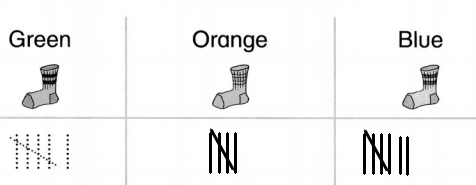
Independent Practice
Use the tally chart from Guided Practice to answer each question.
Question 2.
Which color sock has the most tally marks?
_________
Answer:
Blue color sock.
Explanation:
The blue color sock has the most tally marks.
Question 3.
How many blue socks are there?
________ blue socks
Answer:
7 blue socks.
Explanation:
The total number of blue socks are there is 7.
Question 4.
How many socks are there in all?
_______ socks
Answer:
18 socks.
Explanation:
The number of socks is there in all is 18 socks.
Use the tally chart below to answer each question.
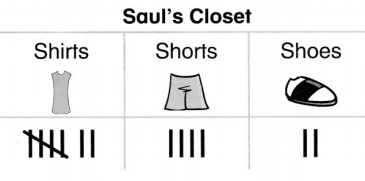
Question 5.
How many shorts does Saul have?
_______ Shorts
Answer:
4 shorts.
Explanation:
There are 4 shorts in Saul’s closet.
Question 6.
Which item in his closet does Saul have the most of?
___________
Answer:
Shirts.
Explanation:
The most number of items in Saul’s closet is shirts.
Question 7.
Rita recorded data about different types of shoes. She made a tally mark each month for each shoe until that type of shoe wore out. Which type of shoe lasted the longest? How many months before it wore out?
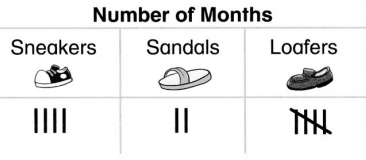
Answer:
Loafers and 5 months.
Explanation:
Loafers are the type of shoe that lasted the longest and he wore it for 5 months before it wore out.
Problem Solving
Use the picture to solve each problem below.
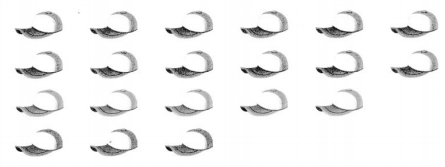
Question 8.
Draw tally marks to show how many hats there are of each color.

Answer:
Blue caps – 12,
Green caps – 5,
Purple caps – 3.
Explanation:
There are 12 blue caps, 5 green caps, and 3 purple caps.
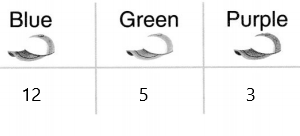
Question 9.
Be Precise How do you know that purple caps are shown the least?

Answer:
As the purple caps are the least in the count, we know that the purple caps are the least.
Question 10.
Higher Order Thinking Write and answer your own question about the tally chart you made in Item 8.
Answer:
Explanation:
How many caps are there in altogether?
Answer:
The total number of caps altogether is 20 caps.
Question 11.
Assessment Practice Use the tally chart you made in Item 8. Which two sentences are true?
☐ There are 12 blue caps.
☐ There are 7 green caps.
☐ There are 3 purple caps.
☐ There are 12 caps in all.
Answer:
Option a and option c.
Explanation:
In the above options, option a and option c are true.
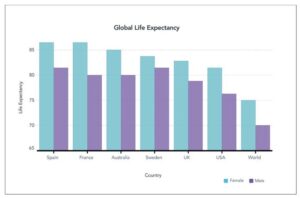
Lesson 6.2 Collect and Represent Data
Solve & Share
What is your favorite activity to do outside? Ask several classmates to choose Jump Rope, Basketball, or Ride a Bike. Complete the tally chart to show your data. Then answer the questions.

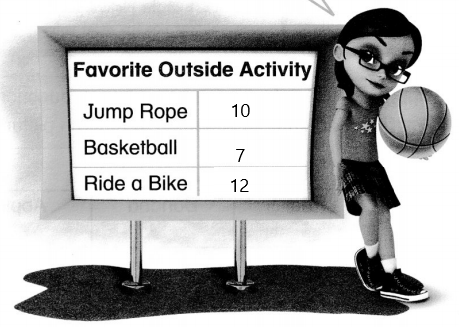
Question 1.
Which activity has the least votes? ________
Answer:
Basketball – 7 votes.
Explanation:
The activity which has the least number of votes is basketball with 7 votes.
Question 2.
Which activity has the most votes? __________
Answer:
Ride a bike – 7 votes.
Explanation:
The activity which has the most number of votes is riding a bike with 12 votes.
Visual Learning Bridge

Convince Me! Look at the Favorite Sport picture graph above. What sport do Joey’s friends like least? How do you know?
Answer:
Baseball.
Explanation:
The sport do Joey’s friends like least is baseball, we know that by counting in the tally chart.
Guided Practice
Kurt asks his friends a survey question. Use the data he collected to make a picture graph.
Question 1.
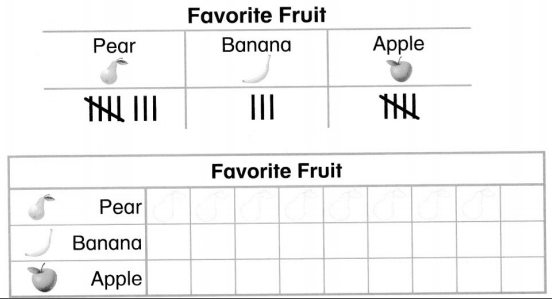
Answer:
8 pears, 3 bananas, 5 apples.
Explanation:
There are 8 pears, 3 bananas, and there are 5 apples.

Independent Practice
Use the data in the tally chart to make a picture graph. Then answer each question.
Question 2.

Answer:
7 games, 3 paint, 6 reads.
Explanation:
There are 7 games, 3 paints, and 6 reads like a favorite rainy day activity.
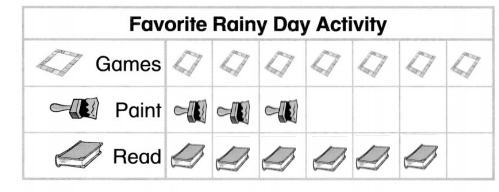
Question 3.
Which activity is the favorite?
Answer:
Games.
Explanation:
My favorite rainy day activity is games.
Question 4.
How many students chose Read?
________ students
Answer:
6 students.
Explanation:
The number of students who choose to read is 6

Question 5.
Higher Order Thinking Look at the picture graph you made for Item 2. Write two sentences that are true about the data.
Answer:
The total number of students in the picture graph made for Item 2 is 16 students.
Problem Solving
Use the data in the tally chart to solve each problem below.
Question 6.
Model Gina asks her friends a survey question. Then she makes a tally chart to show their favorite music instrument. Use her data to make a picture graph.

Answer:
5 guitars, 3 drums, and 4 flutes.
Explanation:
There are 5 guitars, 3 drums, and 4 flutes as a favorite musical instrument.
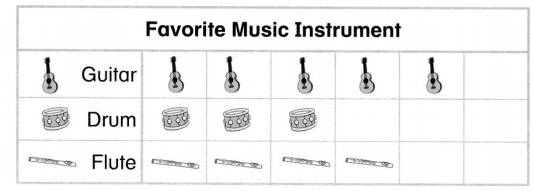
Question 7.
Higher Order Thinking How many students voted in all?
__________ students
Write an equation to show your answer.
______ = _______ + _______ +_______
Answer:
12 = 5 + 3 + 4
Explanation:
The number of students voted in all is 5 + 3 + 4 = 12 students.
Question 8.
Assessment Practice Which musical instrument has the most votes?
A. Guitar
B. Piano
C. Flute
D. Drum
Answer:
Guitar.
Explanation:
Guitar has the most number of votes.
Question 9.
Assessment Practice How many students chose the flute?
A. 5 students
B. 4 students
C. 3 students
D. 2 students
Answer:
4 students.
Explanation:
The flute was chosen by 4 students.
Lesson 6.3 Interpret Data
Solve & Share
12 students were asked, “Which vegetable do you like more at lunch, corn or peas?” This list shows their answers. Complete the tally chart and picture graph to show the data. What do these data tell you about what students like?
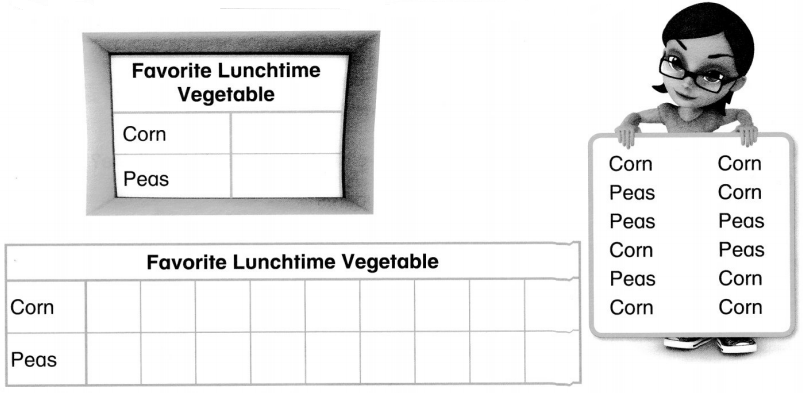
Answer:
Corn is the most liked vegetable for lunch.
Explanation:
From the above given data, we can see that corn was the most like vegetable for lunch.
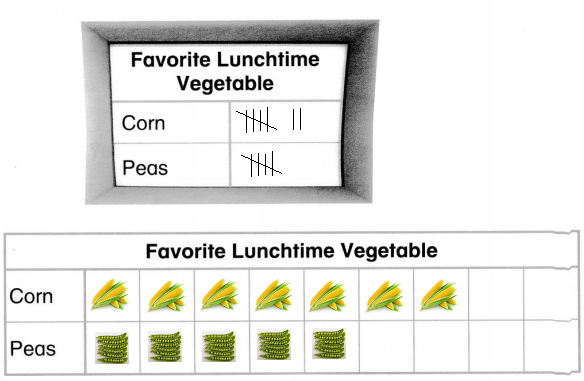
Visual Learning Bridge

Convince Me! What other information do you know about what students like to drink at lunch?
Answer:
Students like to drink milk at lunch.
Guided Practice
Use the picture graph above to answer the questions.
Question 1.
How many more students like milk than juice?
 more students
more students
Question 2.
How many fewer students like water than milk?
_________ fewer students
Answer:
5 fewer students.
Explanation:
The fewer students who like water than milk is 6 – 1 which is 5 students.
Question 3.
How many more students like juice than water?
________ more students
Answer:
2 more students.
Explanation:
The number of more students who like juice than water is 3 – 1= 2 students.
Independent Practice
Use the data in the tally chart to answer each question.
Question 4.
Use the data in the tally chart to make a picture graph.
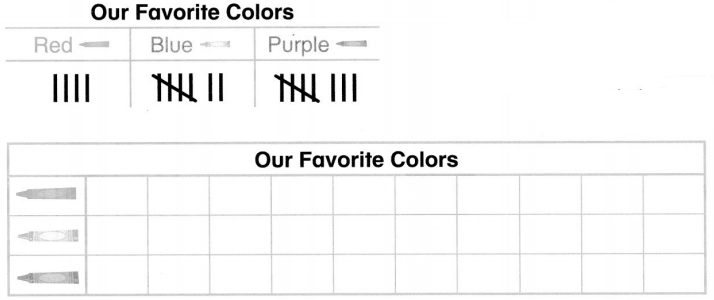
Answer:
4 red, 7 blue, and 8 purple.
Explanation:
There are 4 red, 7 blue, and 8 purple as favorite colors.

Question 5.
How many more students like purple than red?
________ more students
Answer:
4 more students.
Explanation:
The number of students who like purple than red is 8 – 4 which is 4 students.
Question 6.
Which color is the favorite of the most students?
Answer:
Purple is the most favorite color.
Explanation:
The most favorite color that students like is Purple.
Question 7.
Algebra 2 students changed their vote from blue to red. Use this equation to determine how many fewer students like red than purple.
______ + 6 = 8
_______ fewer students
Answer:
Explanation:
Given that 2 students changed their vote from blue to red, as there are 7 blue and 4 red, then 2 students changed to red which means 4 + 2 = 6 students.
Question 8.
Higher Order Thinking Write and answer a question about the data in the picture graph.
Answer:
Problem Solving
Solve each problem below.
Question 9.
Look at the tally chart.
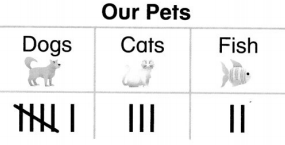
How many friends have dogs for pets? ________
How many friends have fish for pets? _________
Answer:
6, 2.
Explanation:
The number of friends has dogs as pets are 6 members. And the number of friends who have fish as pets are 2 members.
Question 10.
Be Precise Look at the picture graph.

How many more friends have dogs than fish? __________
How many fewer friends have cats than dogs or fish? ________
Answer:
4, 5.
Explanation:
The number of friends have dogs than fish is 6 – 2 which is 4 friends.
The number of friends have cats than dogs or fish is 8 – 3 which is 5 friends.
Question 11.
Higher Order Thinking Look at the tally chart in Item 9. How many friends have pets? Write an equation to show your work.
Answer:
The equation is 6 + 3 + 2 = 11.
Explanation:
In the tally chart of item 9, we can see that the total pets do the family had is 11 friends and the equation is 6 + 3 + 2 = 11.
Question 12.
Assessment Practice Which question CANNOT be answered by looking at the graph in Item 10?
A. A How many friends have cats?
B. How many friends have hamsters?
C. How many fewer friends have fish than dogs?
D. How many more friends have dogs than cats?
Answer:
B.
Explanation:
The question that cannot be answered by looking at the graph in Item 10 is “How many friends have hamsters?” as hamsters is not present in the graph.
Lesson 6.4 Continue to Interpret Data
Solve & Share
At the park, Susan sees 13 animals in all. 9 are birds. The rest are rabbits. How can Susan complete the table to show this? Show your work.
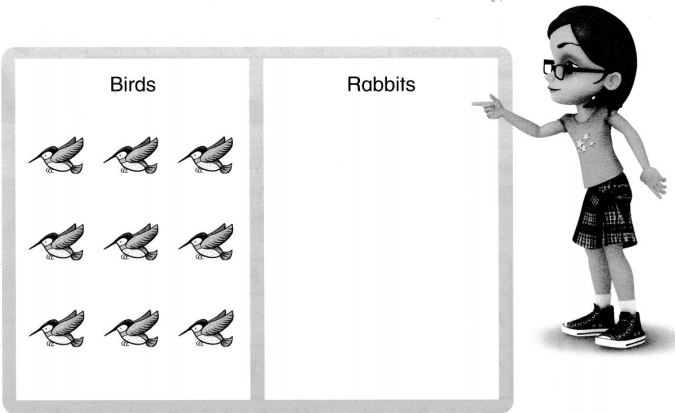
Answer:
There are 4 rabbits.
Explanation:
Given that Susan sees 13 animals in all and 9 are birds and the rest are rabbits. So the rabbits are 13 – 9 which is 4. So the number of rabbits is 4 rabbits.
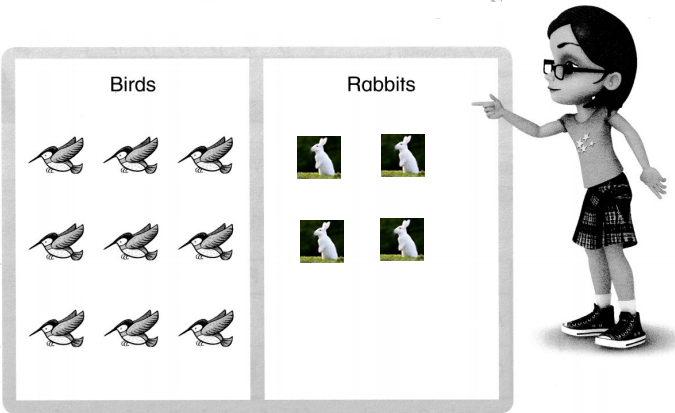
Visual Learning Bridge

Convince Me! How did Abby know to count up from 5 to 12 in the problem above?
Answer:
By performing subtraction Abby got to know.
Explanation:
As Abby asked 12 students and 5 of them chose broccoli, so Abby performed subtraction which is 12 – 5 = 7. So Abby got to know that 7 students like carrot.
Guided Practice
Draw the missing symbols in the picture graph. Then use the graph to solve the problem.
Question 1.

Jim asks 9 members of his family for their favorite fruit. 6 people say they like oranges. The rest say they like apples. How many people say they like apples? ________ people
Answer:
The number of people who likes apple is 3 people.
Explanation:
As Jim asks 9 members of his family for their favorite fruit and 6 people say they like oranges. So the number of people who likes apple is 9 – 6 which is 3 people.
Independent Practice
Use the graphs to answer the questions. Fill in the missing data.
Question 2.
A shelf at a store holds 11 stuffed animals. There are 5 stuffed bears and the rest are stuffed penguins. How many stuffed penguins are on the shelf?

__________ stuffed penguins
Answer:
There are 5 stuffed penguins.
Explanation:
Given that the shelf at a store holds 11 stuffed animals and there are 5 stuffed bears and the rest are stuffed penguins. So the number of stuffed penguins on the shelf is 11 – 5 which is 6 penguins.

Question 3.
Zach plays 17 games in a season. 9 of the games are soccer games and the rest are baseball. How many baseball games does Zach play in one season?

________ baseball games
Answer:
The number of baseball games does Zach plays in one season is 8.
Explanation:
Given that Zach plays 17 games in a season and 9 of the games are soccer games and the rest are baseball. So the number of baseball games does Zach plays in one season is 17 – 9 which is 8.

Question 4.
Number Sense Jen’s class makes a graph about two of their favorite kinds of movies. How many students took the survey?
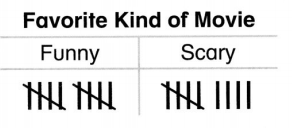
_________ students
Answer:
19 students.
Explanation:
The number of students who took the survey is 10 + 9 which is 19 students.
Problem Solving
Use the graphs and charts to answer the questions. Fill in the missing data.
Question 5.
Reasoning Jaime makes a weather graph. He forgets to record 3 sunny days. Were there more sunny or cloudy days?
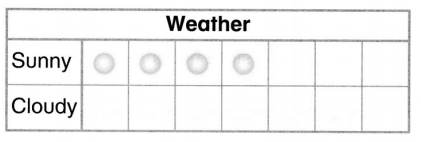
Answer:
Question 6.
Higher Order Thinking Ryan asks 20 students which subject is their favorite. He did not record responses for the students that chose Science.

Draw the missing tally marks. Explain how you know you drew the right number.
Answer:
4 students chose science as their favorite subject.
Explanation:
Given that Ryan asks 20 students which subject is their favorite and he did not record responses for the students that chose Science. So to find out how many students chose science, we will add all the responses which are 5 + 8 + 3 = 16, and the total number of students Ryan asked is 20 – 16 which is 4. So 4 students chose science as their favorite subject.

Question 7.
Assessment Practice Daisi asks 9 students if they like cats or dogs better. 4 choose cats. The rest choose dogs.

How many chose dogs? Help Daisi finish her graph.
__________ students
Answer:
The dog was chosen by 5 students.
Explanation:
Given that Daisi asks 9 students if they like cats or dogs better and 4 choose cats. So the dog was chosen by 9 – 4 which is 5 students.
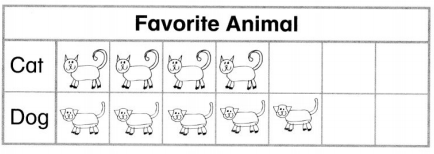
Lesson 6.5 Problem Solving
Make Sense and Persevere
Solve & Share
Kelly asks 12 students if they like octopuses, whales, or sharks best. The tally chart shows their responses.
How many students would need to change their vote from whales to sharks to make sharks the favorite? Complete the new chart to explain.
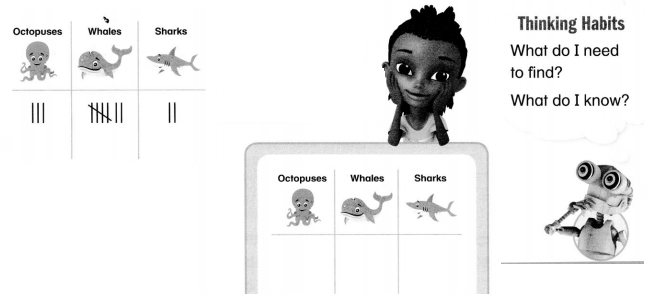
________ students need to change their vote to sharks.
Answer:
5 students need to change their vote to sharks.
Explanation:
In the tally chart, we can see that there are 3 octopuses, 7 whales and 2 sharks. So if students need to make shark as their favorite than whales, then 7 – 2 = 5 students needed to vote to shark.
Visual Learning Bridge

Convince Me! For the survey above, why couldn’t 9 choose football and 6 choose baseball?
Answer:
Sarah can’t choose 9 football and 6 baseball, because, as 1 more person chose football than baseball. So Sarah need to choose 7 baseball and 8 football which is 15 students.
Guided Practice
Use the tally chart to answer the question.
Question 1.
3 more students take the survey. Favorite Sport Now, football and baseball have Baseball Football the same number of votes.
How many votes does each have? Use pictures, words, or equations to explain.
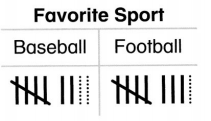
Answer:
9 football and 9 baseball.
Explanation:
By adding 3 more students survey, so the number votes do football has after adding 3 more students it will be 9 votes and the baseball has 9 votes. In equation it will be 9 + 9 which is 18.
Independent Practice
Use the chart and graph to solve the problems below.
Linzie asks 18 students if they like milk, water, or juice with lunch. 7 students like milk. 3 students like water. The rest of the students like juice.
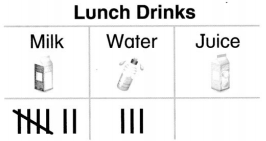
Answer:
The number of students who like juice is 8 students.
Explanation:
Given that there are 18 students and 7 students like milk, 3 students like water. The total number of students is 7 + 3 = 10. So the number of students who like juice is 18 – 10 = 8 students.
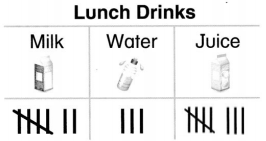
Question 2.
How many students like juice? Complete Linzie’s tally chart to solve.
___________ students like juice.
Answer:
8 students like juice.
Explanation:
The number of students who like juice is 8 students.
Question 3.
What is the favorite drink?
________
Answer:
Juice.
Explanation:
The favourite drink is juice.
Question 4.
The next day Linzie asks the same question again. 3 students change their response from juice to water. What is the favorite drink now?
Answer:
The favorite drink is water.
Explanation:
The response of 3 students who change their response from juice to water, then the favorite drink will be 3 + 3 which is 6. Now the favorite drink is water.
Question 5.
Vocabulary Linzie records her new survey results in the picture graph below.
Complete the graph to show how many students like juice.

Answer:

Problem Solving
Performance Task
Going to School Ebony asks 14 classmates if they take the bus, walk, or ride in a car to school.
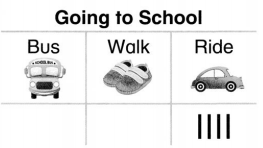
4 students ride in a car. The same number of the remaining students take the bus or walk to school.
Answer:
5 students by bus and 5 students by walk.
Explanation:
Given that there are 14 classmates and 4 students ride a car and the same number of the remaining students take the bus or walk to school, so the number of students who choose bus or walk is 14 – 4 = 10. As the same number of remaining it will be 5 students by bus and 5 students by walk.
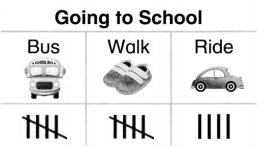
Question 6.
Make Sense How can you find out how many students take the bus or walk to school?
Answer:
We can find out by subtracting the number of students who choose bus from the total number of students. So that we can the remaining students.
Question 7.
Model Complete the tally chart to show how Ebony’s classmates voted. Write an equation to show how many walk and take the bus.
![]()
Answer:
Question 8.
Explain How do you know your answers are correct?
Use pictures, words, or equations to explain.
Answer:
Topic 6 Fluency Practice Activity
Find a partner: Point to a clue. Read the clue. Look below the clues to find a match. Write the clue letter in the box next to the match. Find a match for every clue.
Clues
A 4 + 6
B 8 – 2
C 3 – 1
D 10 – 5
E 8 + 1
F 3 + 4
G 8 – 7
H 1 + 3


Topic 6 Vocabulary Review
Understand Vocabulary
Circle the correct answer for each question using the image at the left.
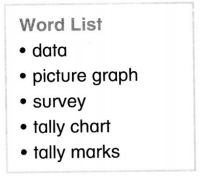
Question 1.
Green shows ______ tally marks.
3 4 5 6

Answer:
5
Explanation:
Green shows 5 tally marks.
Question 2.
The image is called a _________.
picture graph
tally chart
survey
tally mark
Answer:
Tally Chart.
Explanation:
The image is called a tally chart.
Fill in the blanks using words from the Word List.
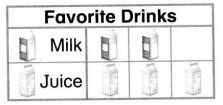
Question 3.
This graph is called a _________
Answer:
Picture graph.
Explanation:
This graph is called a picture graph.
Question 4.
“What is your favorite drink?” could be the _________ question for this graph.
Answer:
Favorite drink is juice.
Explanation:
The favorite drink is Juice. And could be the survey question for this graph.
Question 5.
You can use the __________ to answer questions about the graph.
Answer:
Picture graph.
Explanation:
You can use the picture graph to answer questions about the graph.
Use Vocabulary in Writing
Question 6.
Write a story problem using at least two words from the Word List. Draw and write to solve.
Answer:
Topic 6 Reteaching
Set A
You can collect and sort data into a tally chart.
Jimmy asks 10 friends what meal takes the longest to eat.

Each tally mark is one friend’s answer.
Answer:
Dinner.
Explanation:
Dinner takes the longest to eat.
The picture graph shows Jimmy’s data using objects.
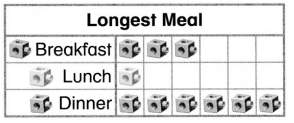
Each ![]() is one friend’s answer.
is one friend’s answer.
![]() friends said breakfast was their longest meal.
friends said breakfast was their longest meal.
Use the data from Jimmy’s survey to solve each problem.
Question 1.
How many friends said dinner was their longest meal?
________ friends
Answer:
6 friends.
Explanation:
6 friends said dinner was their longest meal.
Question 2.
How many friends said breakfast or dinner was their longest meal?
_________ friends
Answer:
9 friends.
Explanation:
The number of friends who said breakfast or dinner was their longest meal is 3 + 6 which is 9 friends.
Write an equation to answer each question.
Question 3.
How many more friends chose breakfast than lunch?
________ – ________ = __________ _________ more
Answer:
3 – 1 = 2 more.
Explanation:
The number of friends who chose breakfast than lunch is 3 – 1 which is 12 and the equation is 3 – 1 = 2 more.
Question 4.
How many more chose dinner than breakfast?
________ – ________ = __________ _________ more
Answer:
6 – 3 = 3 more.
Explanation:
The number of friends who chose dinner than breakfast is 6 – 3 which is 3 and the equation is 6 – 3 = 3 more.
Set B
You can use data in a picture graph to ask and answer questions.
Mari asks 16 of her friends for their favorite activity. She records their answers in a picture graph.
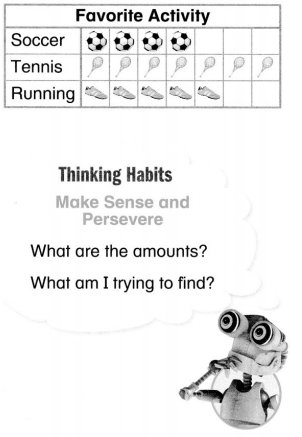
Use Mari’s picture graph to answer each question.
Question 5.
How many people chose soccer or running?
________ – _______ = ________ OR ______ + ______ = ________
Answer:
Explanation:
The number of people who chose soccer or running is
Question 6.
Mari asks some more friends and they all chose tennis as their favorite activity.
Now the number of students who like tennis is the same as the number of students who like soccer or running.
How many more friends did Mari ask?
_______ more
Explain how you know.
Answer:
Topic 6 Assessment Practice
Question 1.
A. Which set of tally marks shows the number of hats in the picture graph?

Answer:
A and B.
Explanation:
The set A and B shows the correct tally marks of number of hats in picture graph.
B. How many more mitts need to be added to have more mitts than hats?
A. 0
B. 1
C. 2
D. 3
Answer:
3 mitts.
Explanation:
We need to add 3 more mitts to have more mitts than hats.
Question 2.
Use the picture graph to answer the questions.
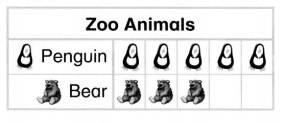
A. Which of the following statements are true? Choose three that apply.
☐ There are 2 more penguins than bears.
☐ There are 2 fewer bears than penguins.
☐ There are more bears than penguins.
☐ There are 8 bears and penguins.
☐ There are 5 more bears than penguins.
Answer:
1, 2, 5.
Explanation:
The statement 1, 2 and 5th statements are true.
B. A third animal gets added. There are 2 giraffes. How many more penguins are there than giraffes? Write an equation that explains your answer.
Answer:
There are 3 more penguins than giraffes and the equation is 5 – 2 = 3.
Explanation:
Given that third animal gets added which are 2 giraffes. So the number of more penguins are there than giraffes is 5 – 2 which is 3. And the equation is 5 – 2 = 3.
Use the tally chart to solve each problem below.
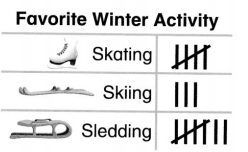
Question 3.
A. Kyla asks her friends a survey question. Which is the favorite winter activity of the most students?
Answer:
Sledding.
Explanation:
The favorite winter activity of the most students is sledding.
B. How many more tally marks does skating need to have the most tally marks? Use an equation to explain your answer.
Answer:
Three more tally marks.
Explanation:
Skating needs three more tally marks to have the most tally marks.
Question 4.
A. Use the tally chart from Item 3 to complete the picture graph.
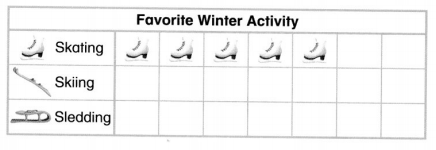
Answer:
5 skating, 3 skiing and 7 sledding.
Explanation:
There are 5 skating, 3 skiing and 7 sledding.
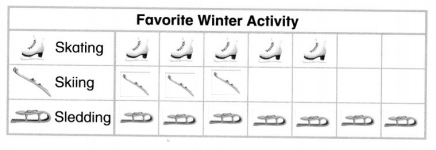
B. How many students took the survey? Write an equation to show your work.

_________ students
Answer:
5 + 3 + 7 = 15 students.
Explanation:
The number of students who took survey is 5 + 3 + 7 which is 15 students. And the equation is 5 + 3+ 7 = 15 students.
Topic 6 Performance Task
Dinosaur Project Ms. Johnson’s class is doing a dinosaur project. The tally chart shows which dinosaurs the students chose.
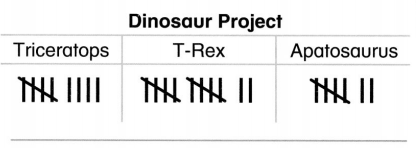
Question 1.
How many more students chose T-Rex than Triceratops? Explain how you know. Use pictures, numbers, or words.
___________ more students
Answer:
3 more students.
Explanation:
The number of students chose T-Rex than Triceratops is 12 – 9 which is 3 students.
Question 2.
Two students were absent when the class made the tally chart. They chose their dinosaur the next day. Ms. Johnson said that now two dinosaurs had the same number. Which dinosaur did the 2 students choose? How do you know?
Answer:
Triceratops or Apatosaurus.
Explanation:
Given that two students has chosen dinosaurs and had the same number, so the dinosaur may be Triceratops or Apatosaurus. By adding those two students to triceratops it will be equal to T- Rex and if those two students are added to apatosaurus then it will be equal to triceratops.
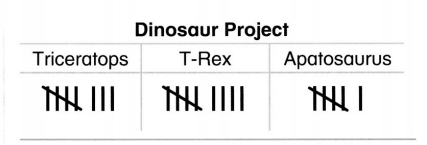
Question 3.
Ms. Bee’s class is also doing a dinosaur project. The tally chart shows which dinosaurs the students chose.
The students will draw their dinosaurs on the picture graph below when they finish their reports.
Fill in the picture graph to show what it will look like when all the reports are finished.
Answer:

Question 4.
How many students still need to finish a report on the T-Rex? How many need to finish a report on the Apatosaurus? Use pictures, words, or equations to explain.

Answer:
5 students and 2 students.
Explanation:
In the above picture graph we can see that T-Rex was finished by 5 students and 4 students need to finish the report and apatosaurus was finished by 4 students and 2 students need to finish the report.

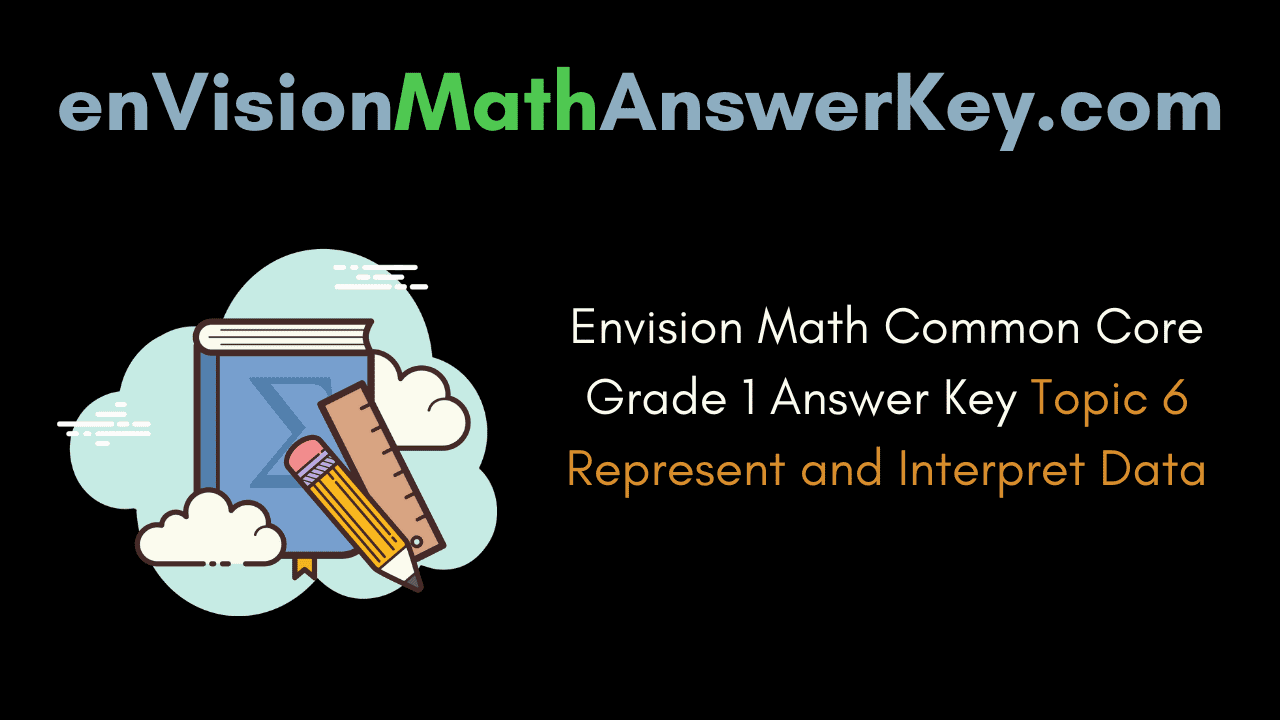
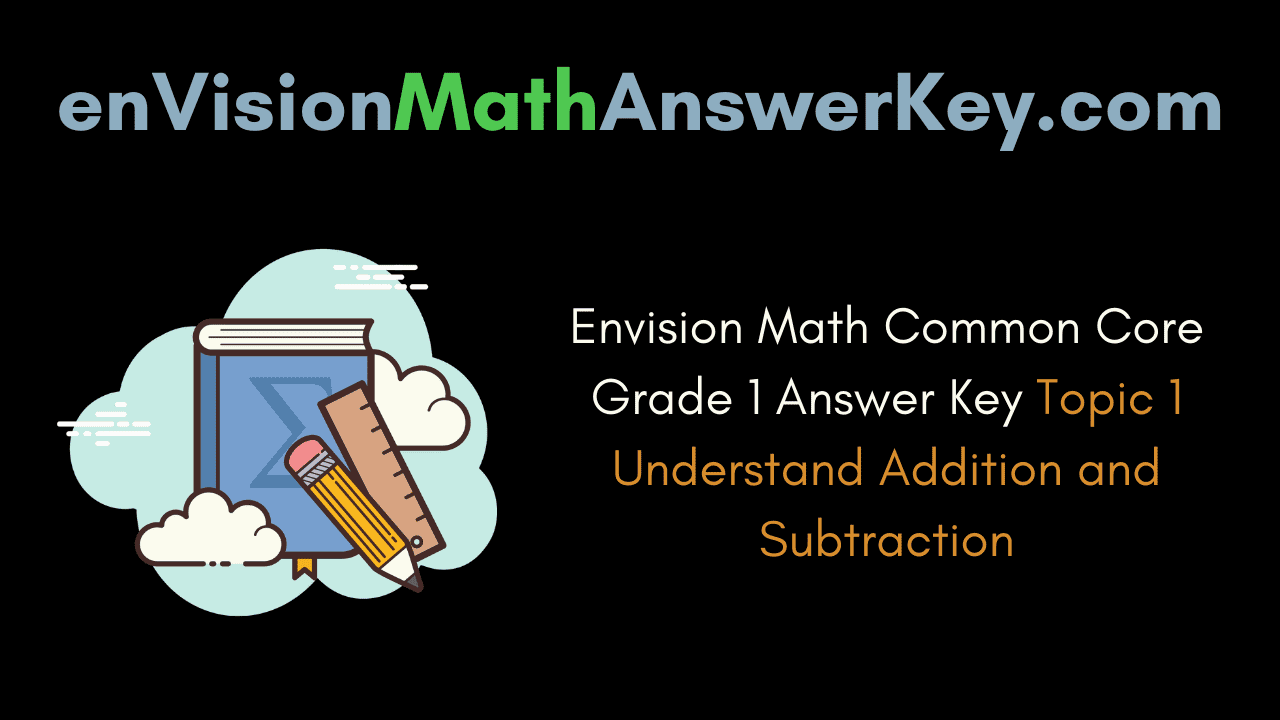
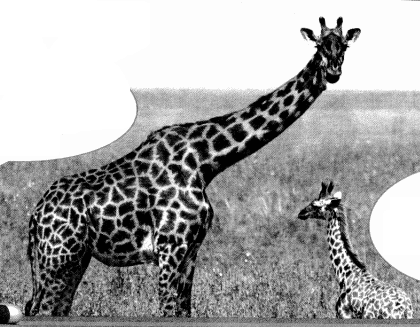

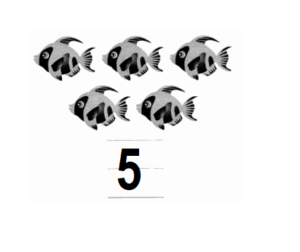
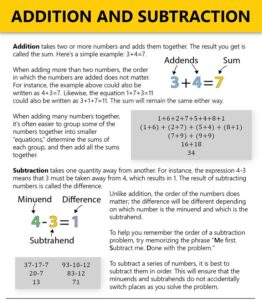

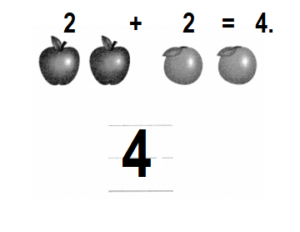
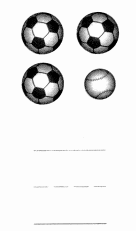
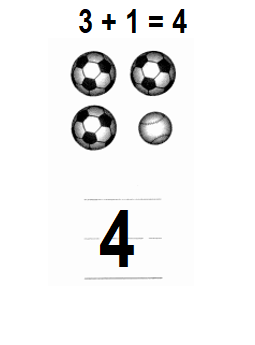
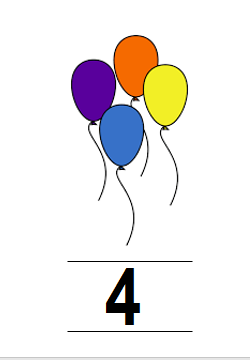
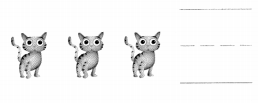
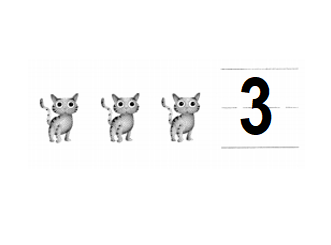
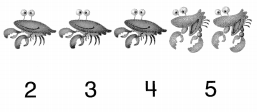
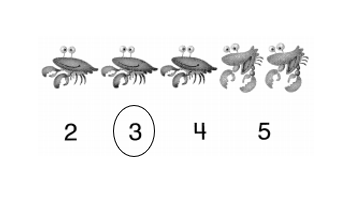
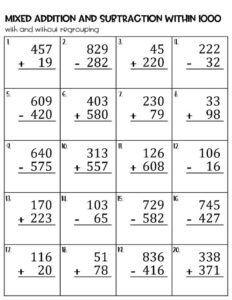
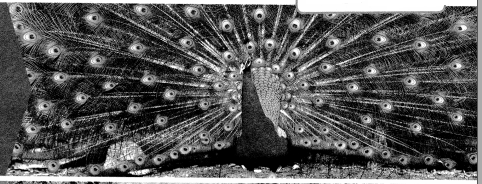


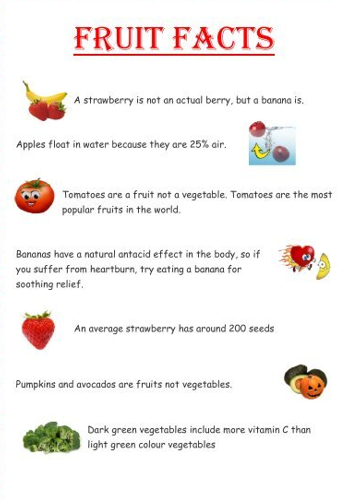




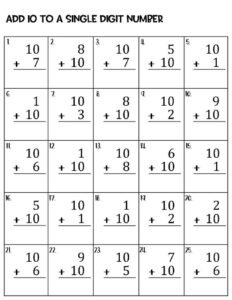
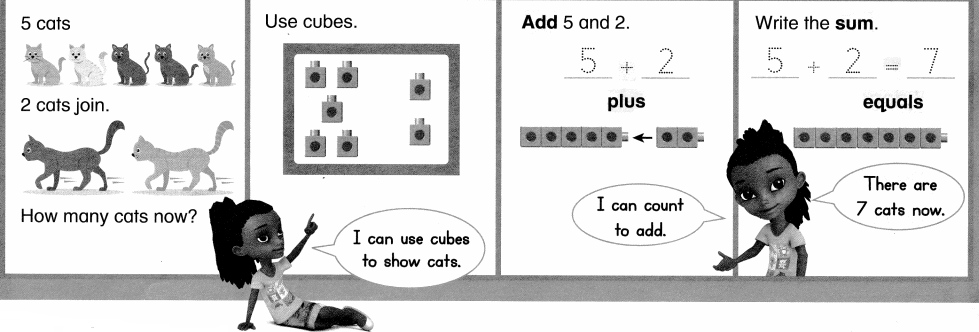
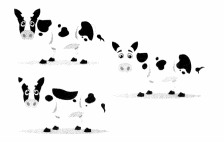



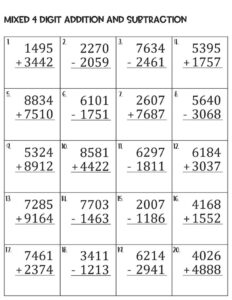



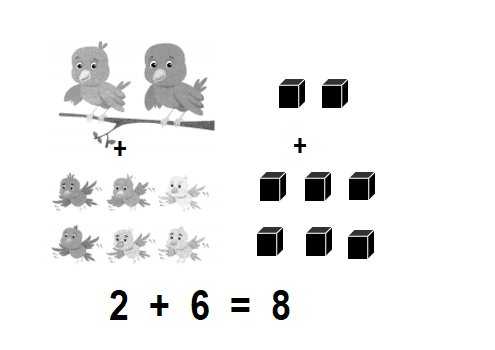
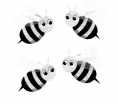
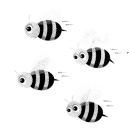


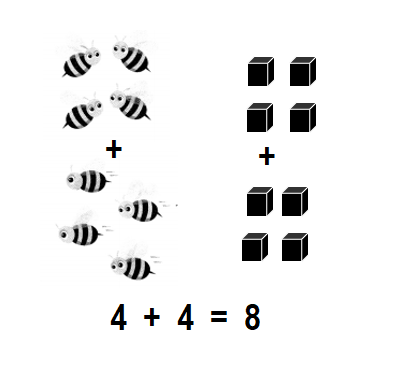

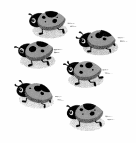

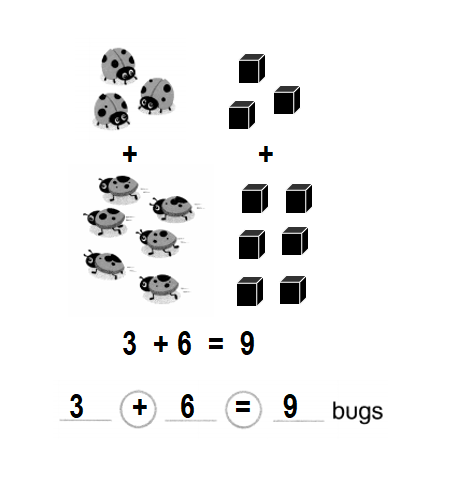
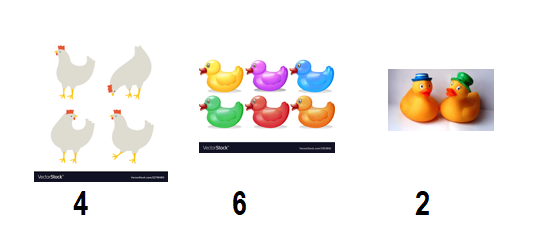 1
1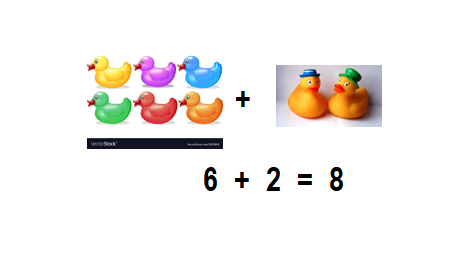

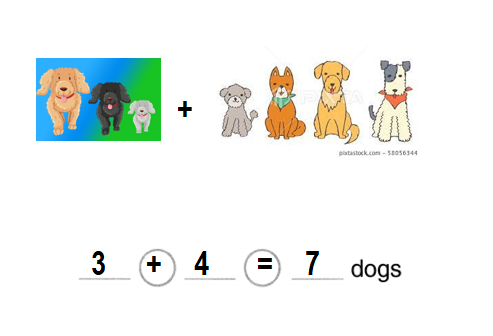

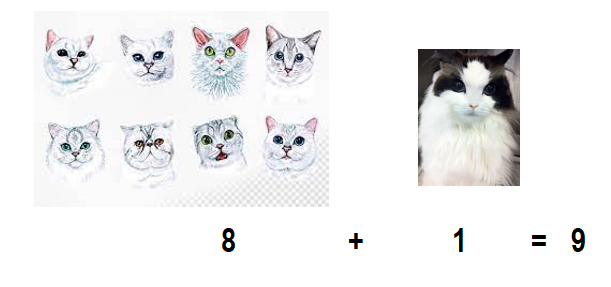
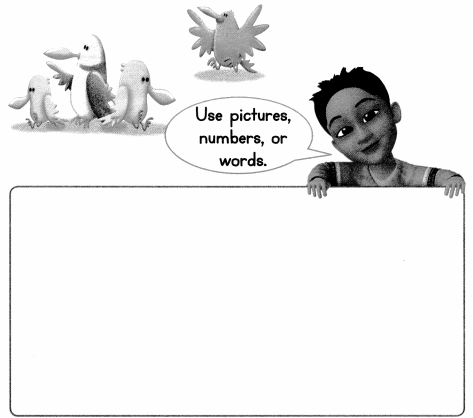

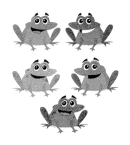
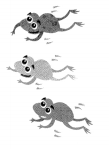
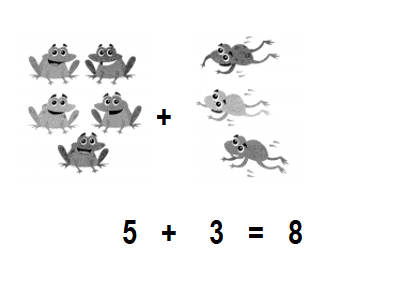
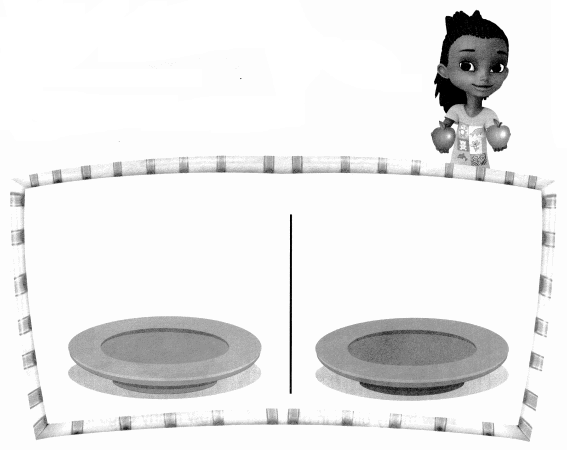
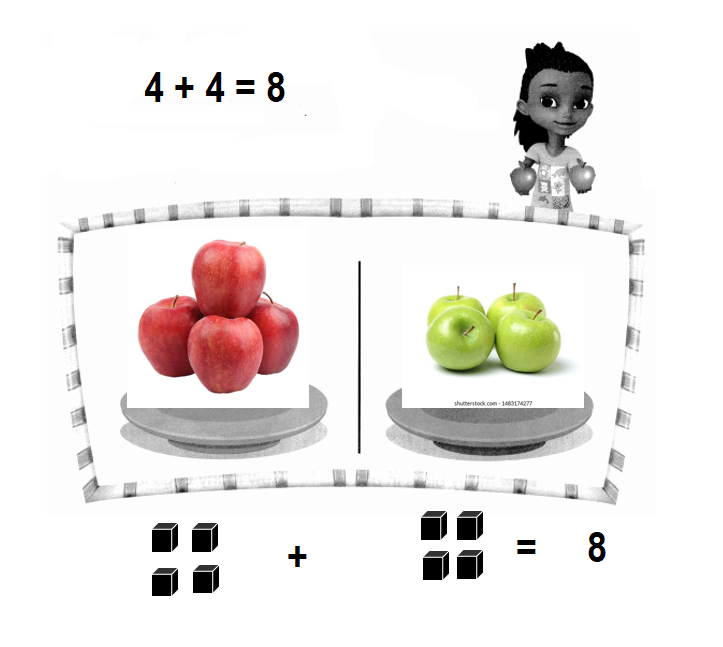

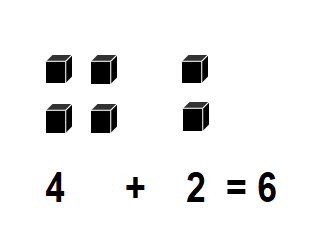
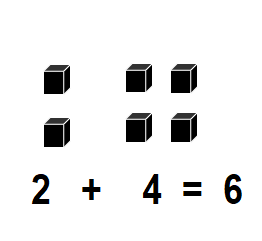
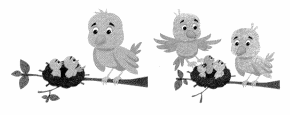

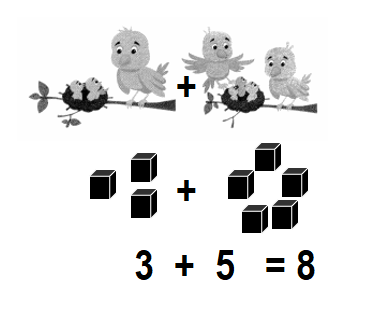
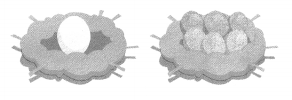


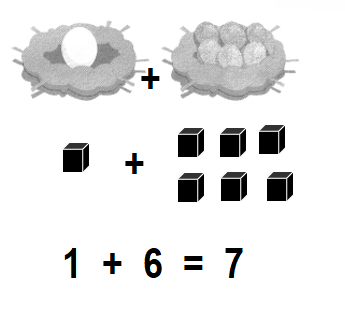
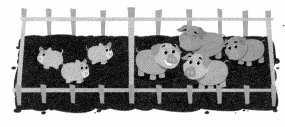


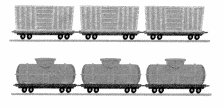

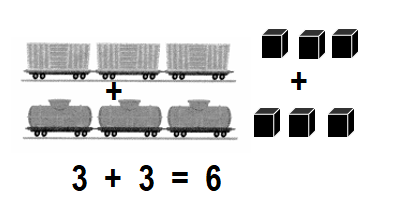
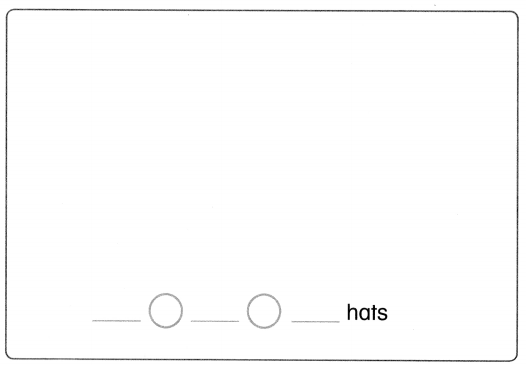
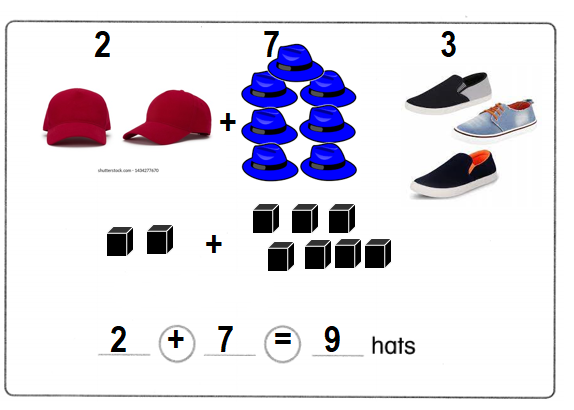
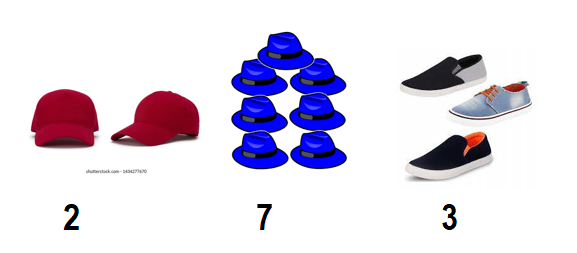
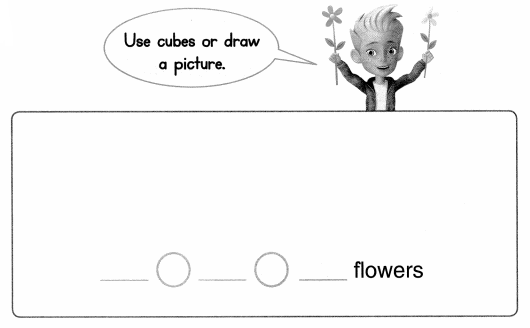

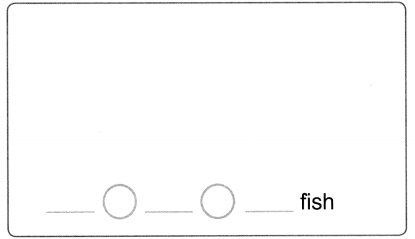
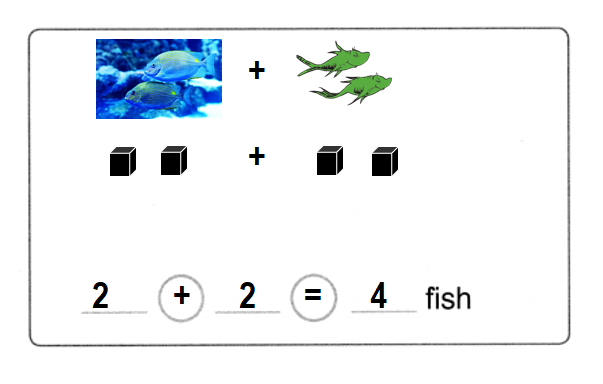
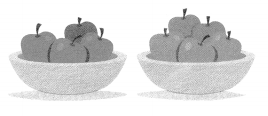
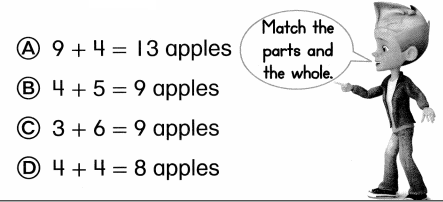
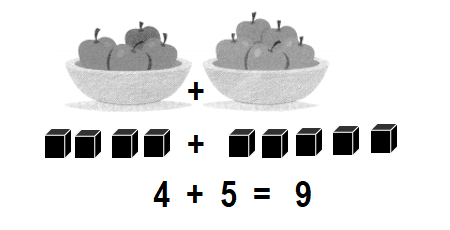
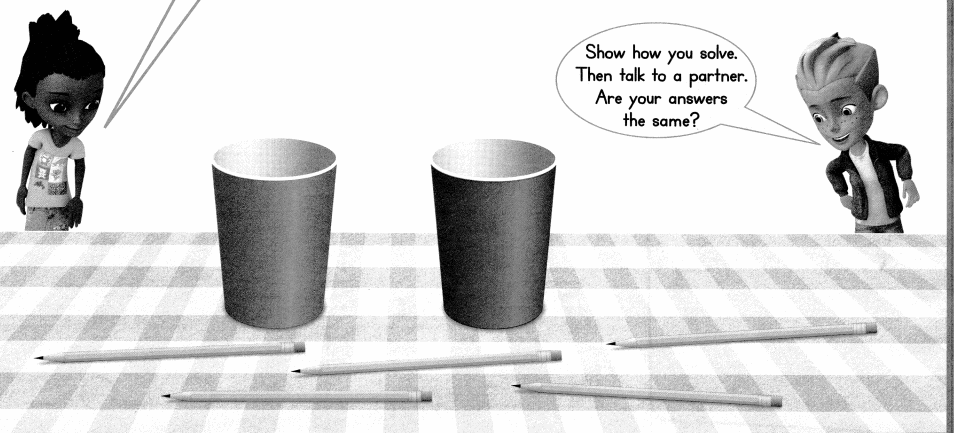


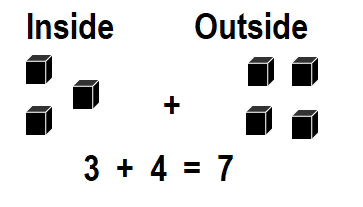
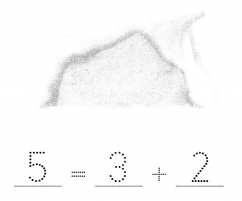
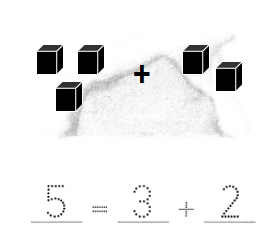
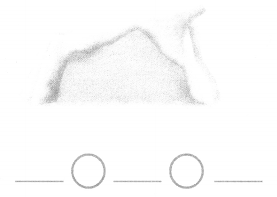

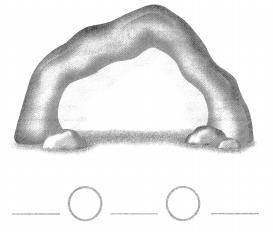
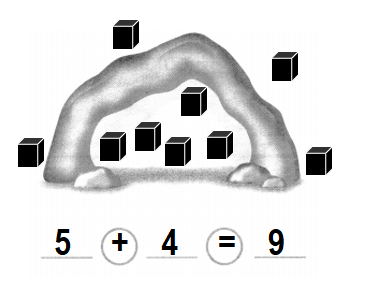
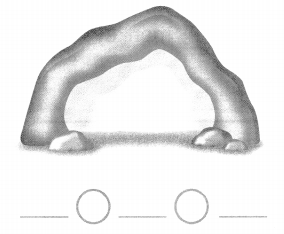
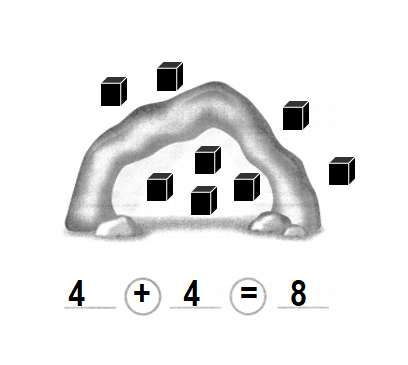
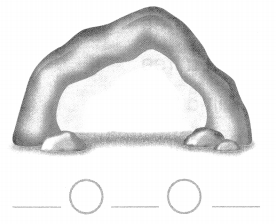
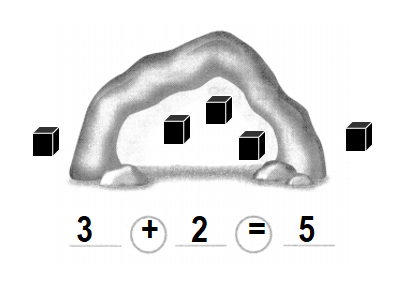
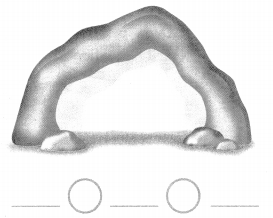
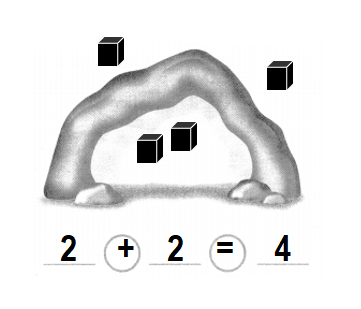


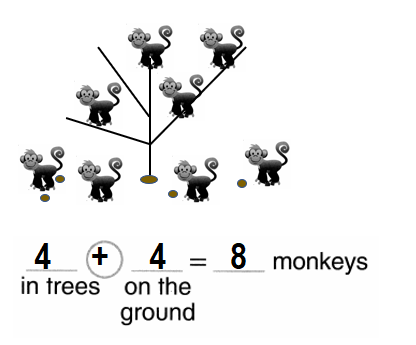


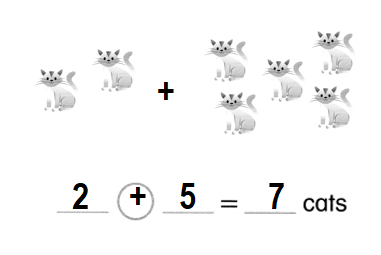
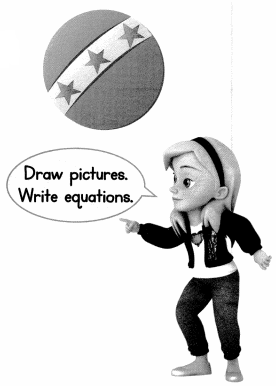
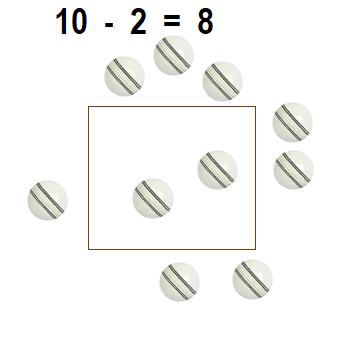

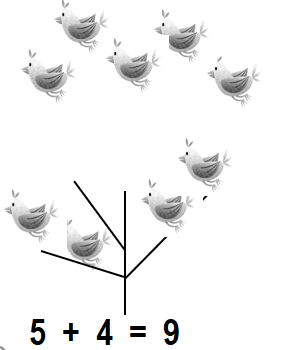

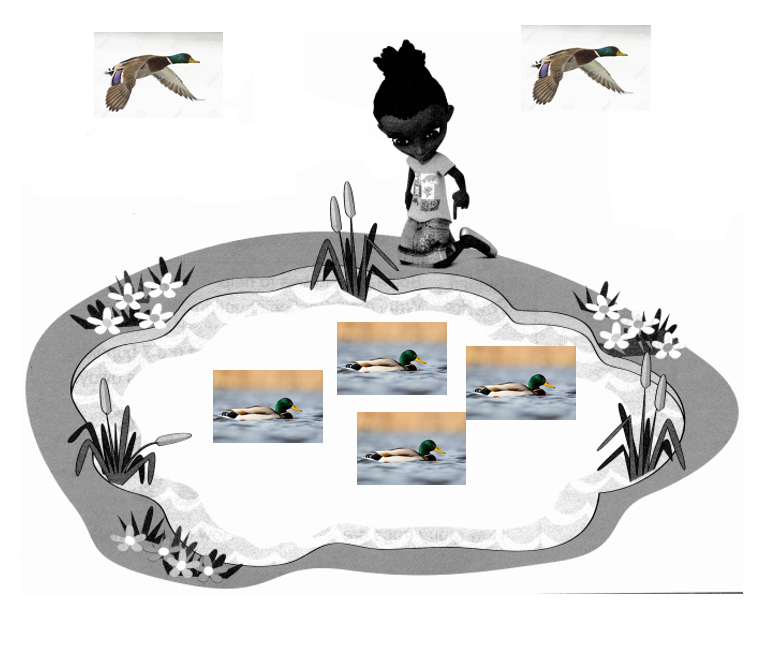

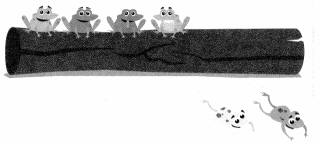

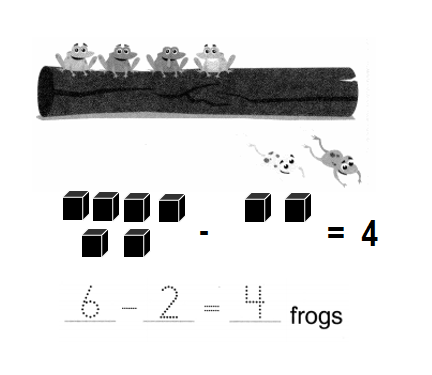
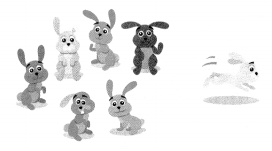


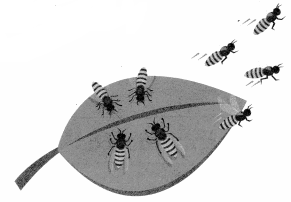

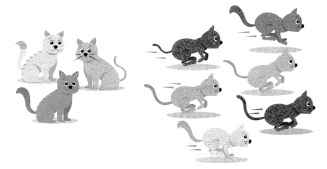
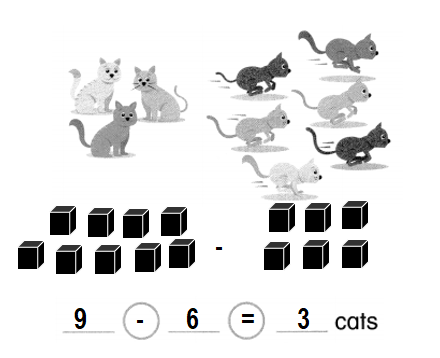
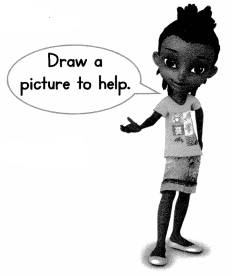
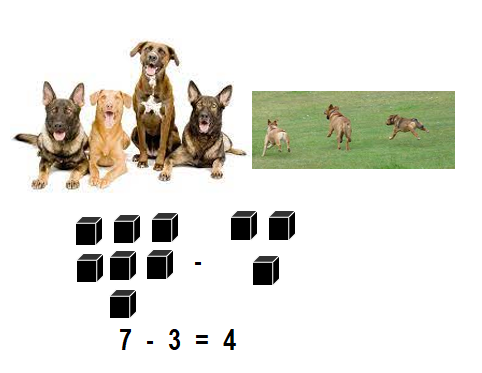

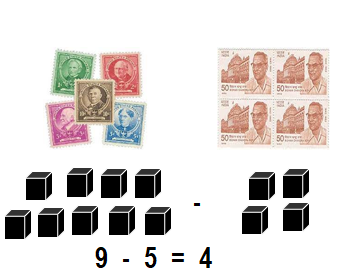

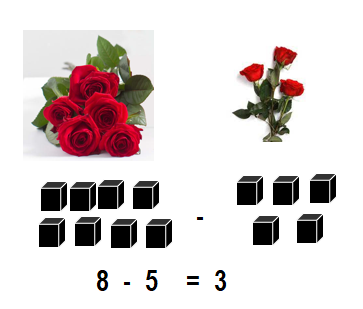
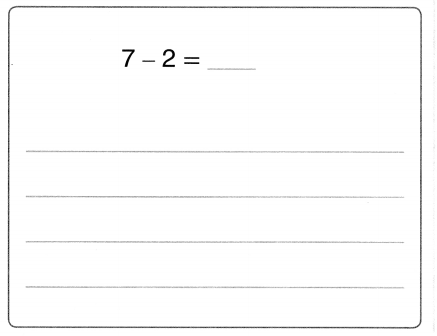
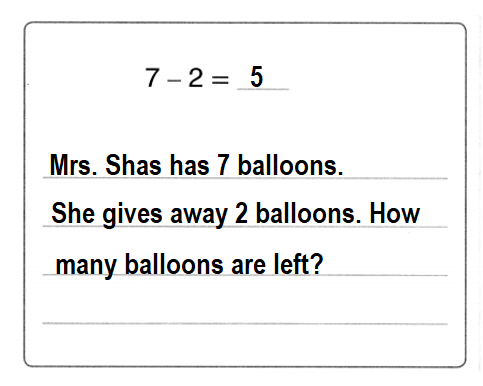



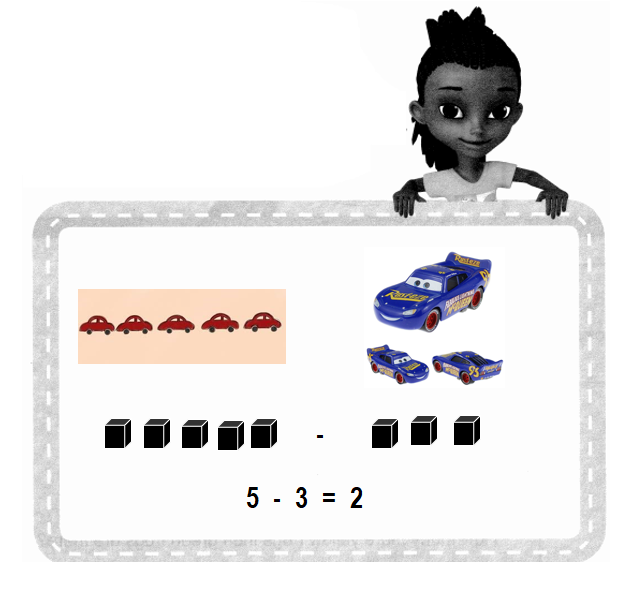

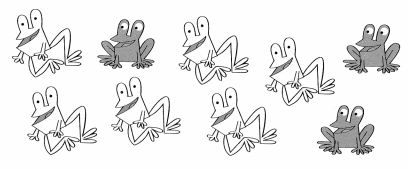

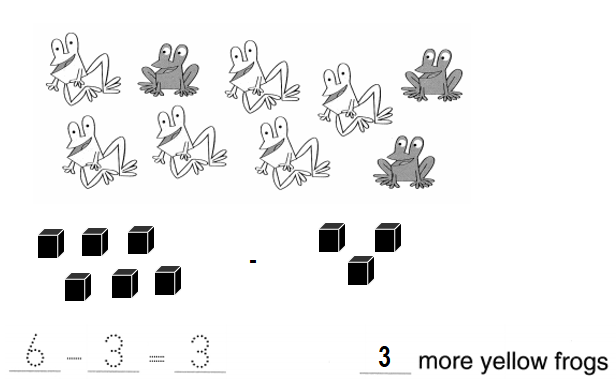


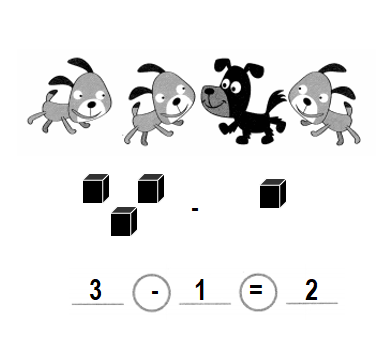


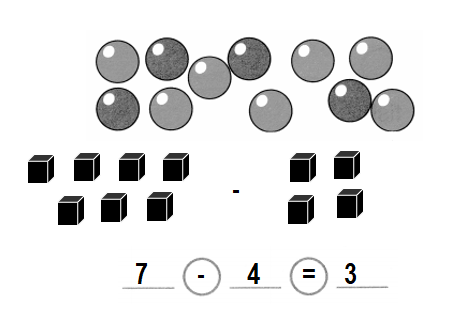
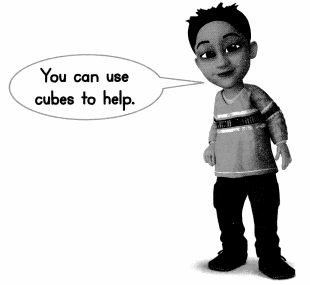

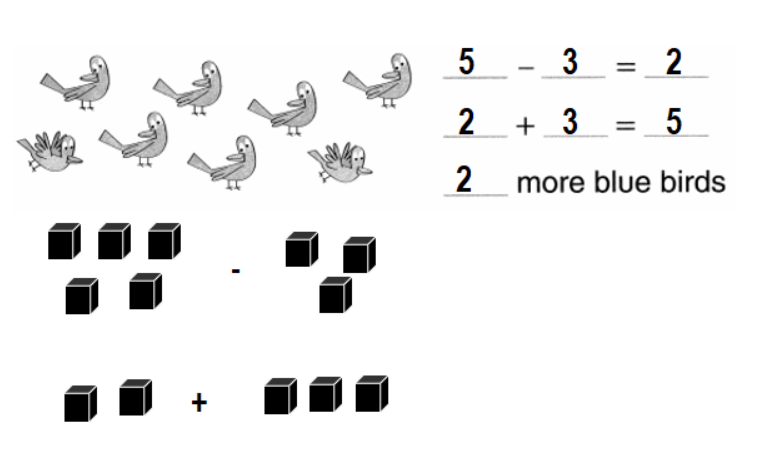



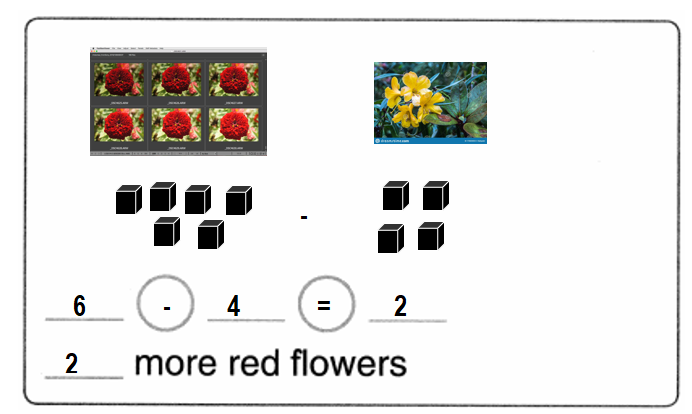



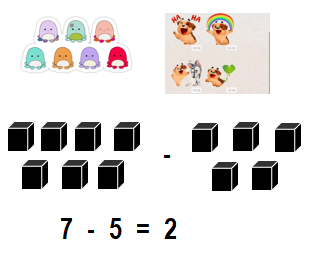

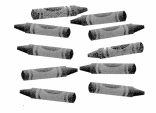

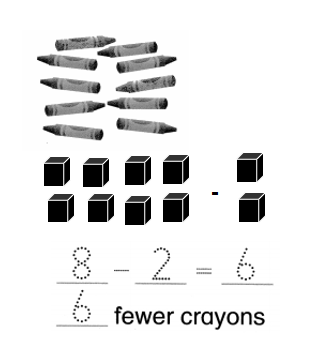
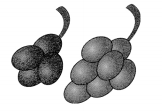







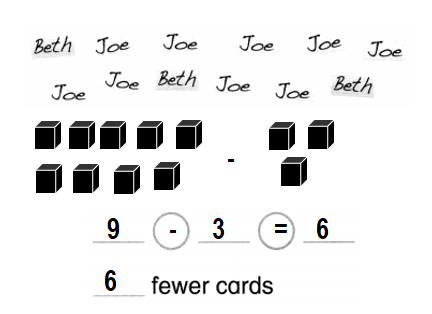

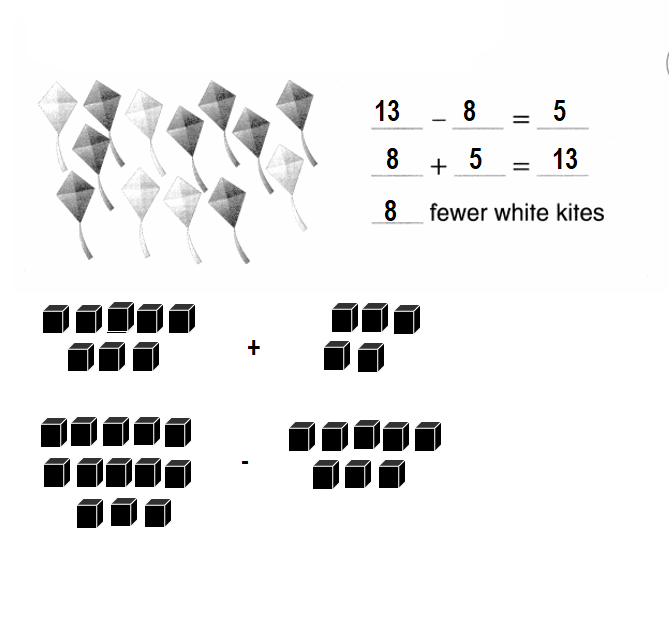

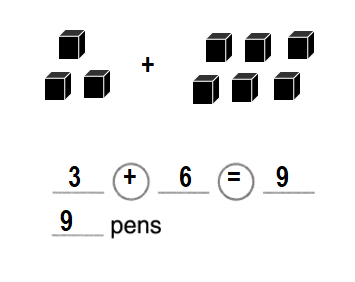


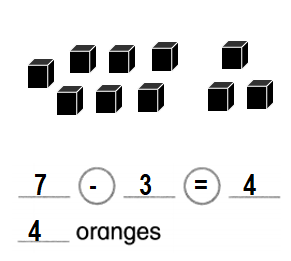
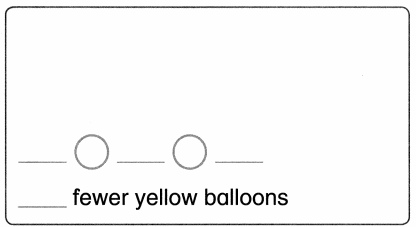
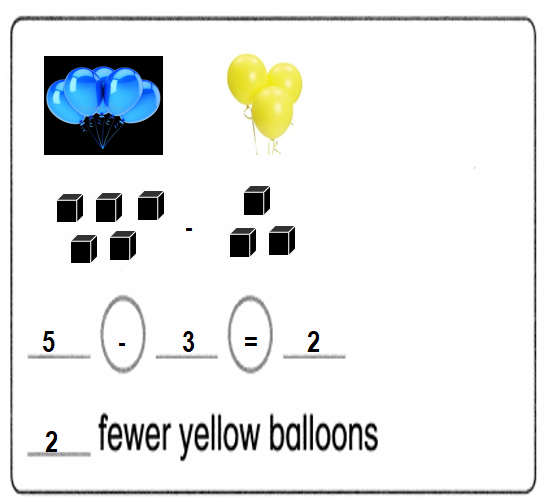
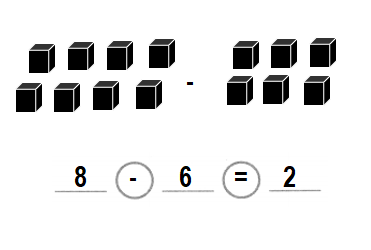
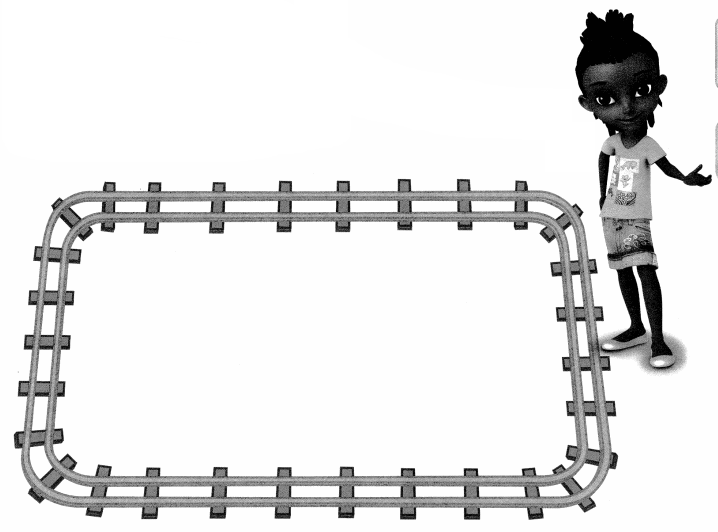


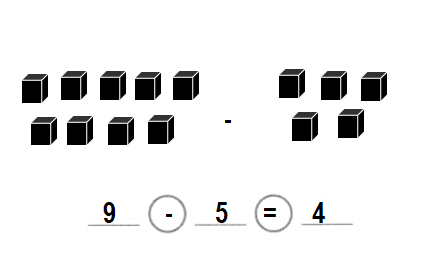
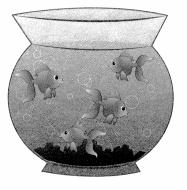
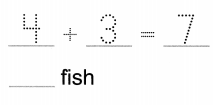
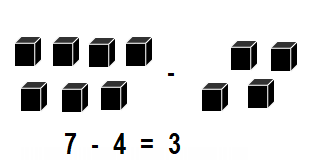






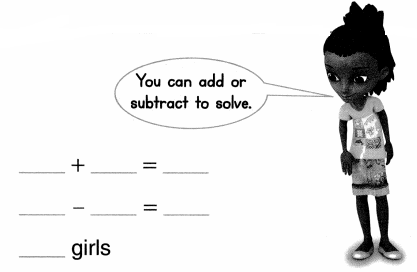
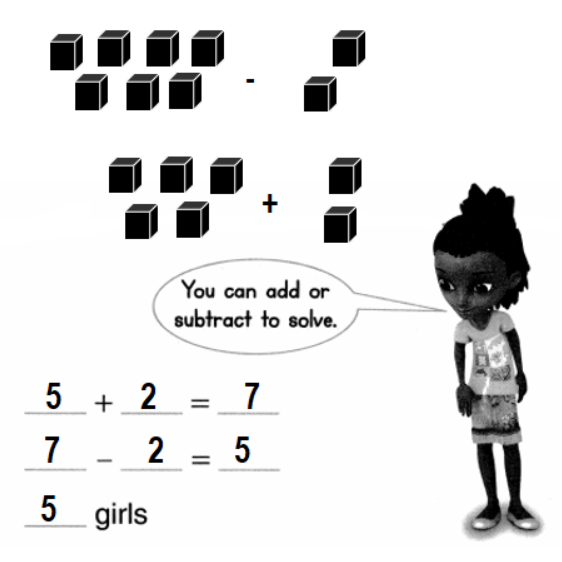

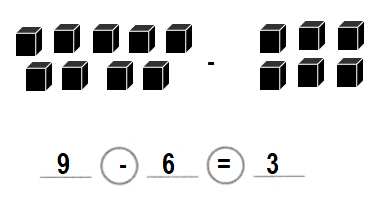
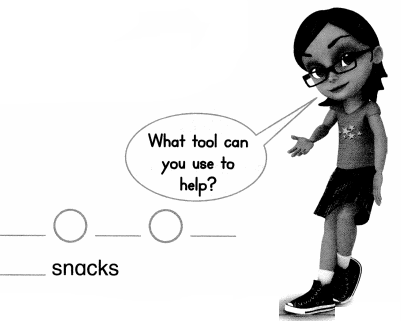
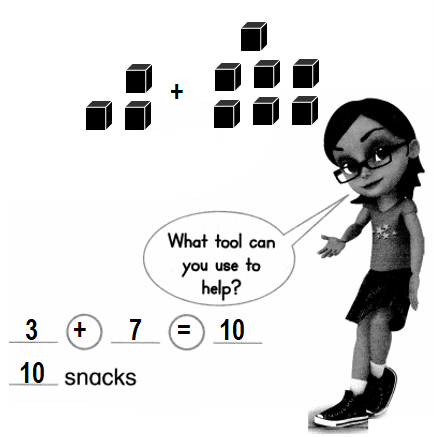

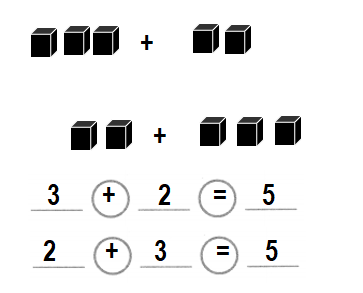
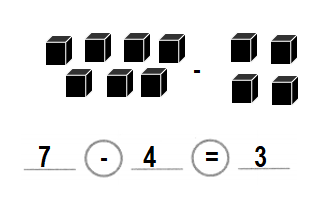
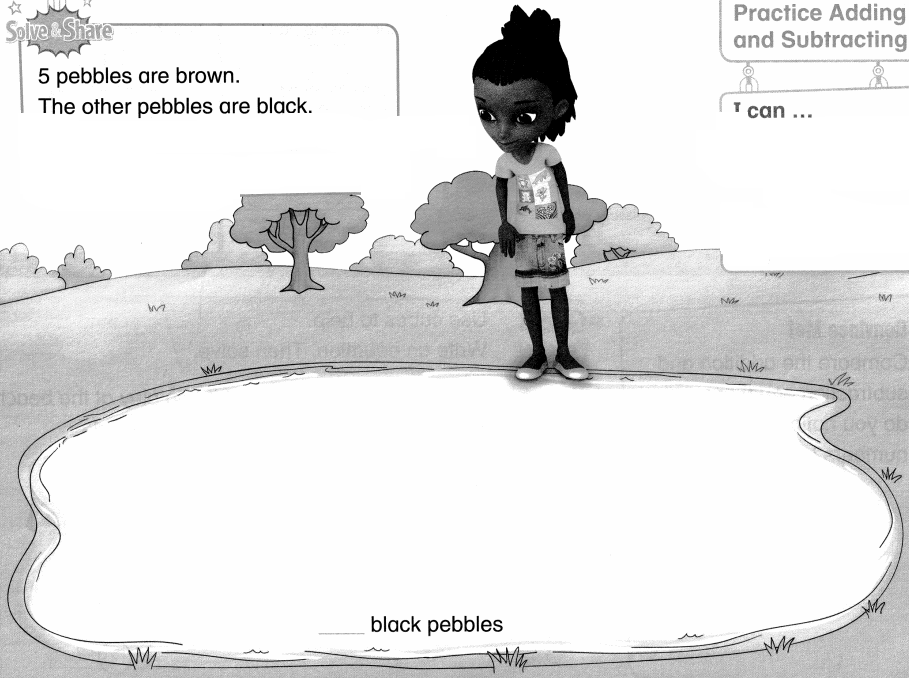
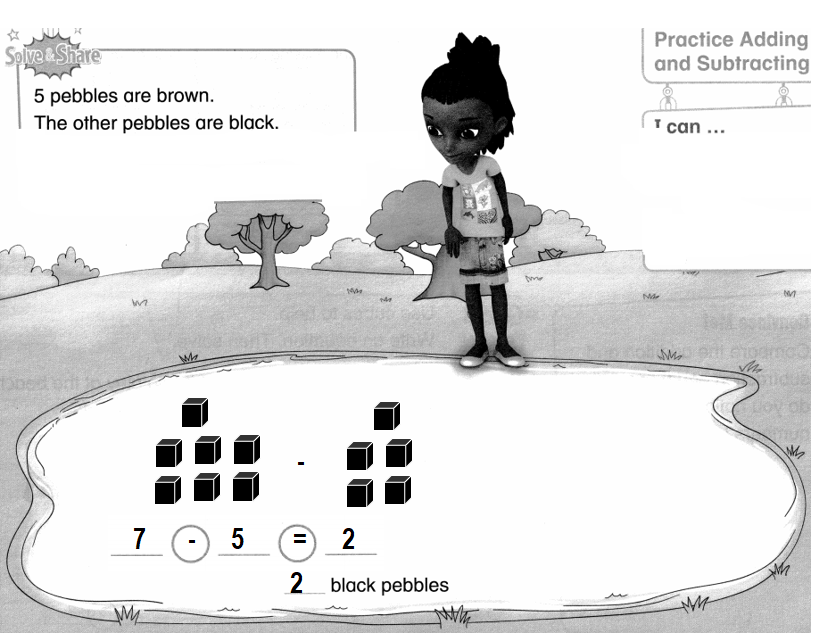

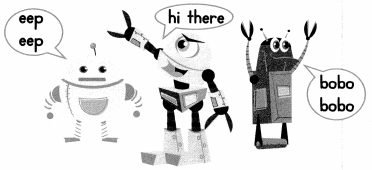

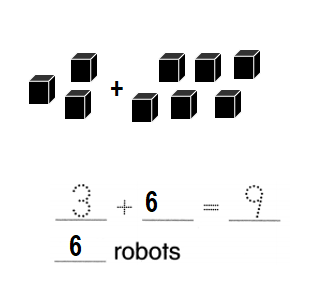


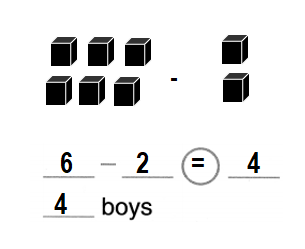
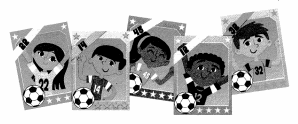

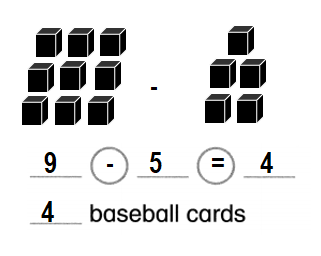
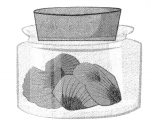

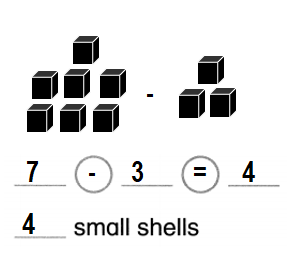

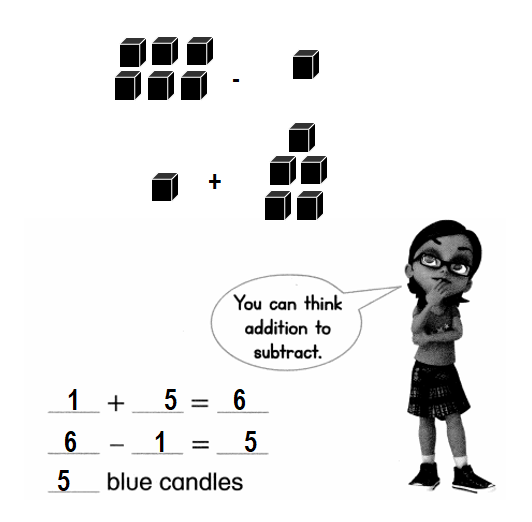

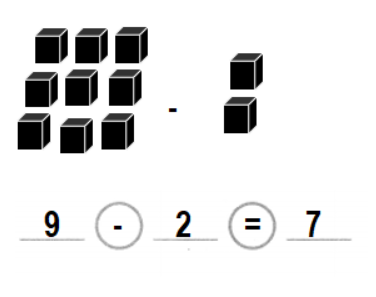

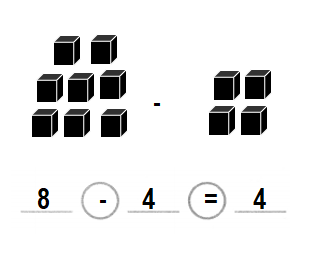
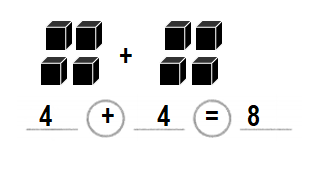

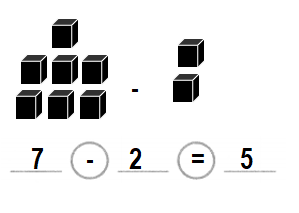
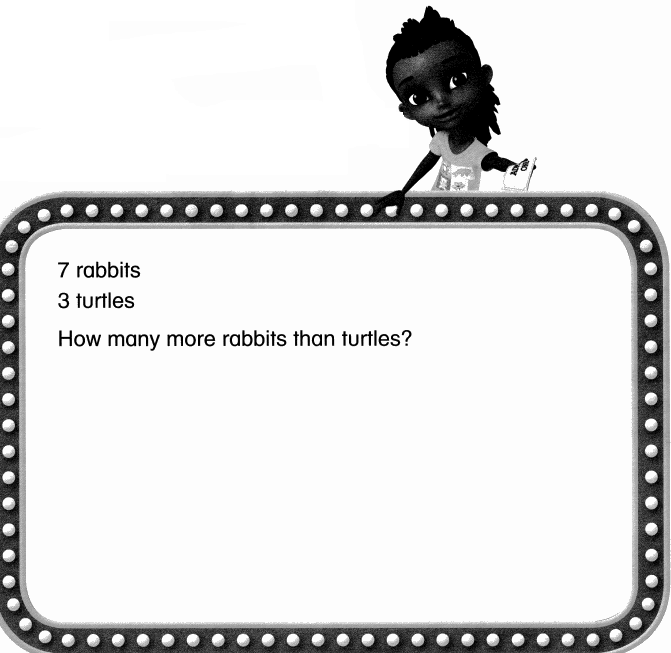
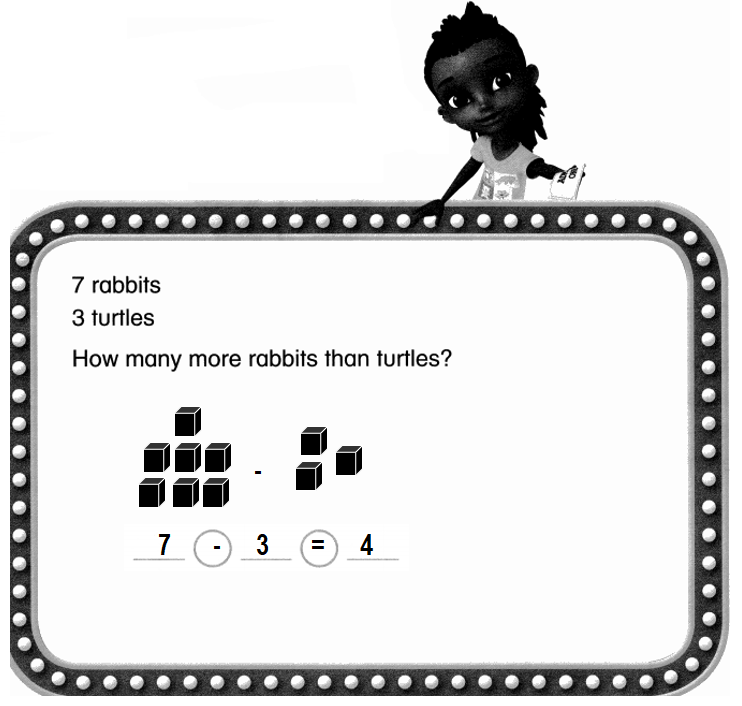


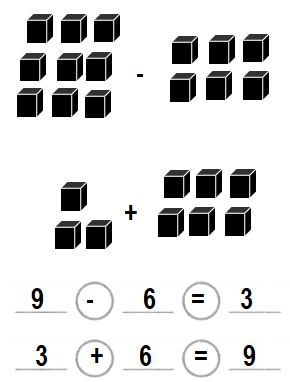

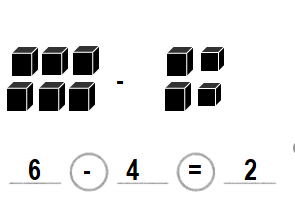
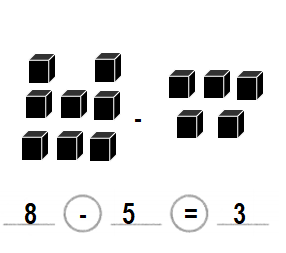
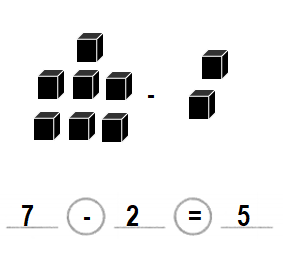
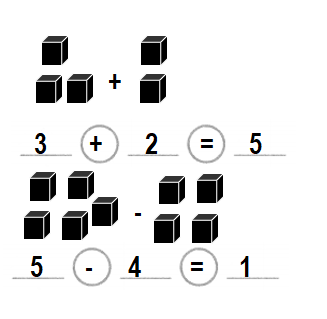
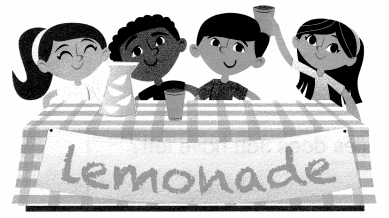
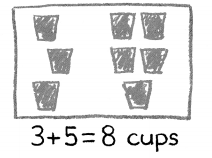
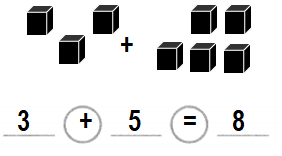
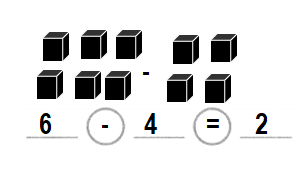

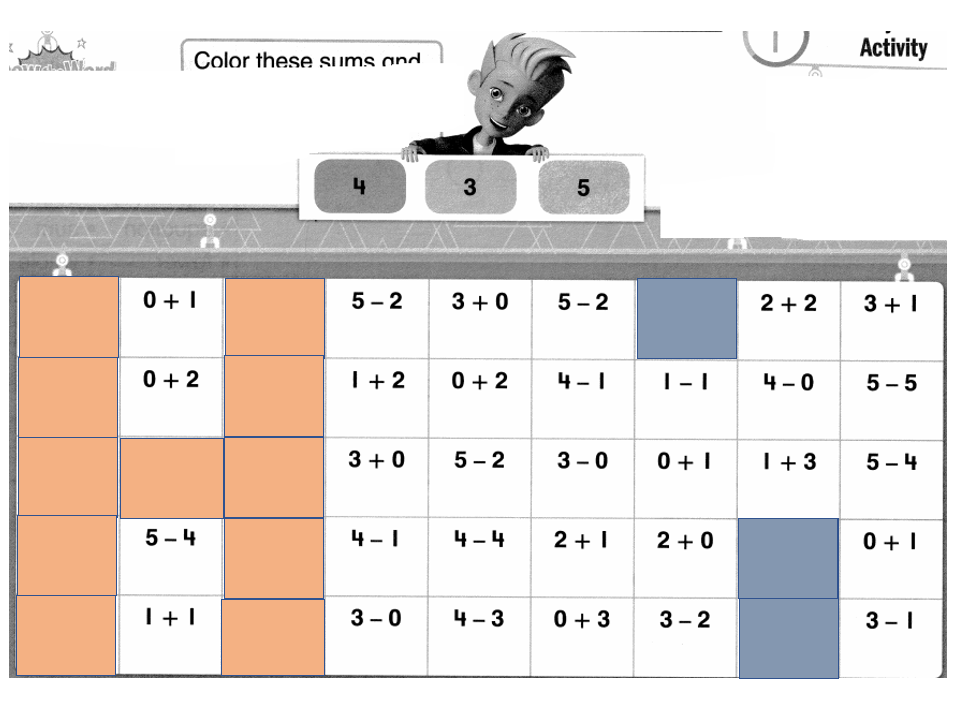

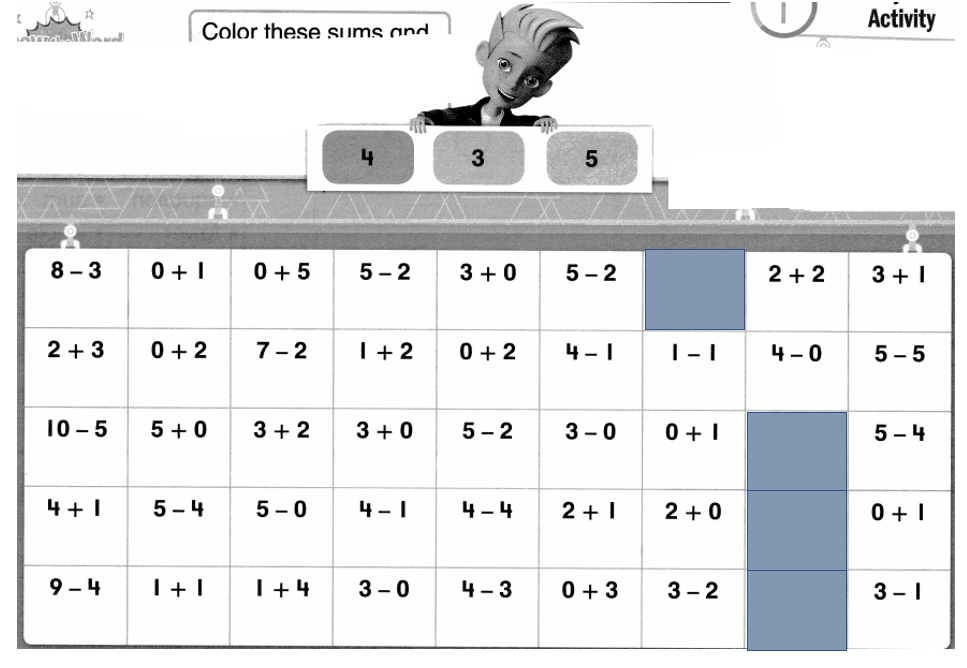
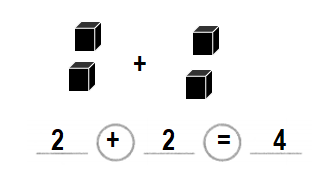
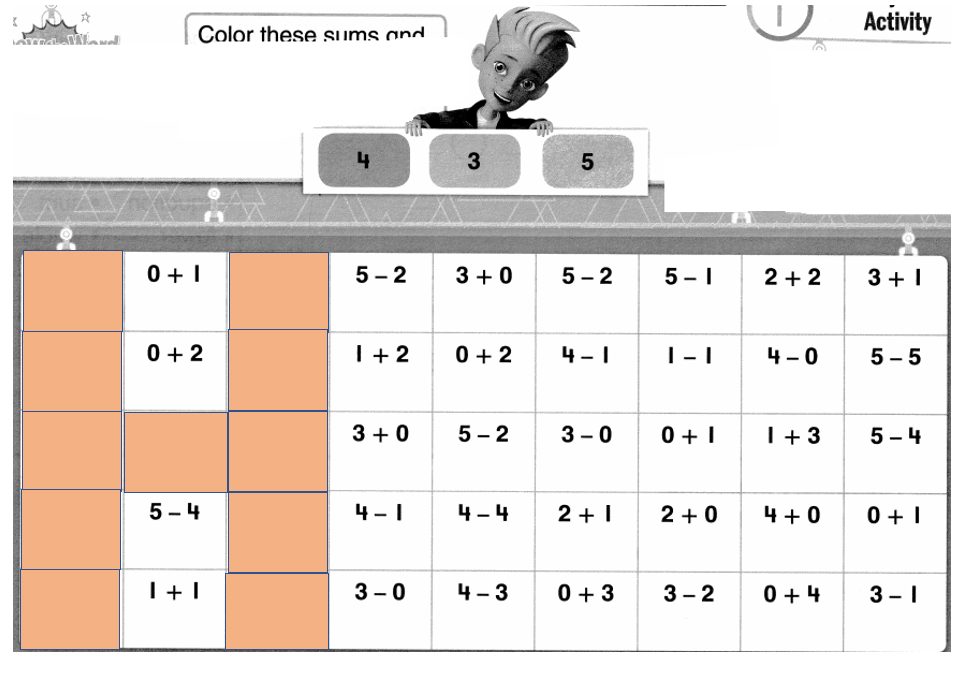
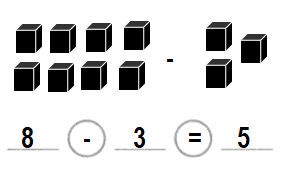
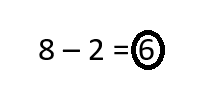


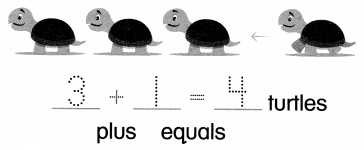
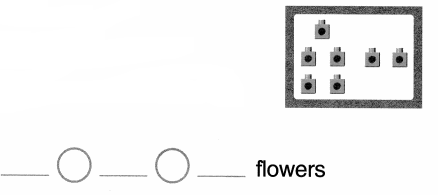

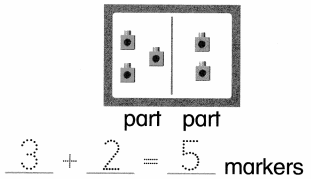
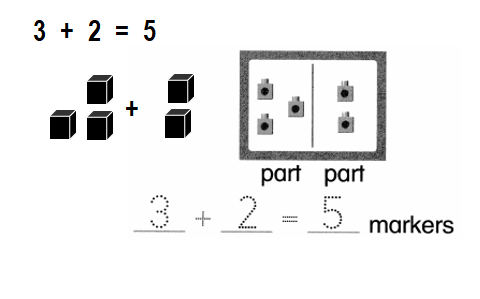
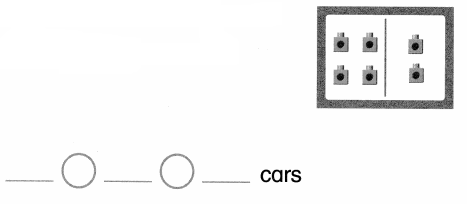
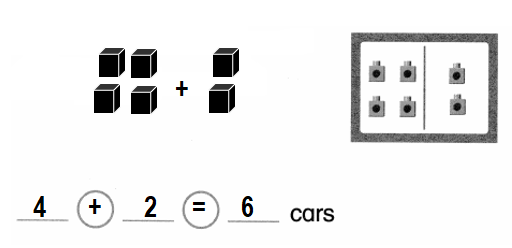
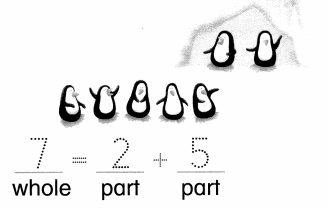
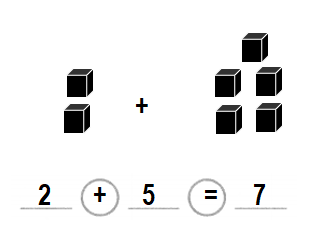
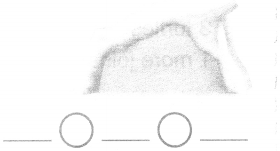
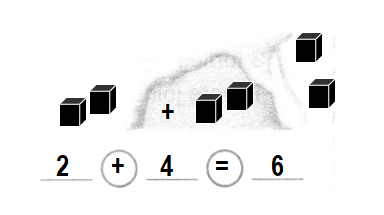
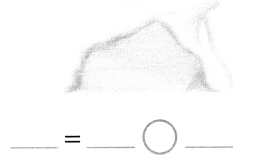
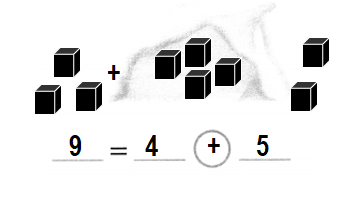
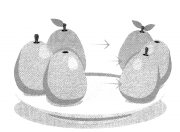




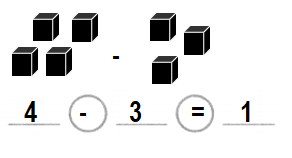

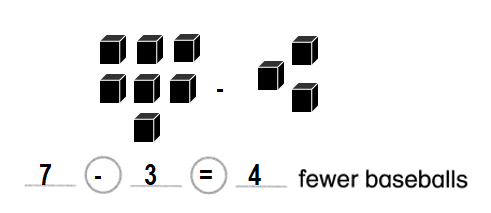
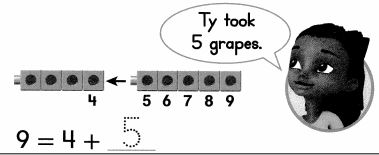
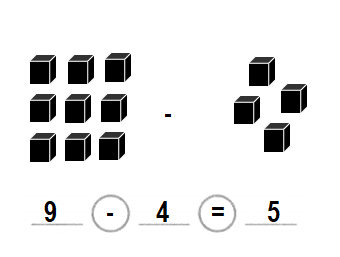

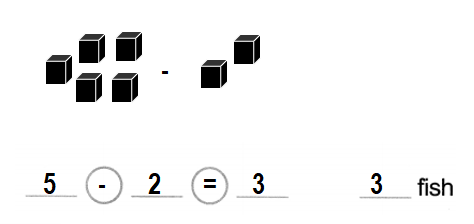
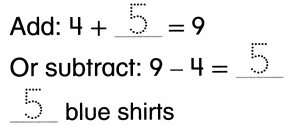


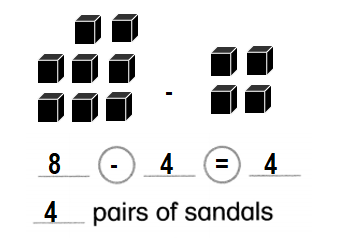
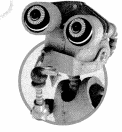
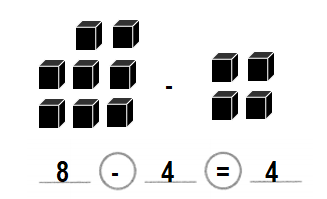
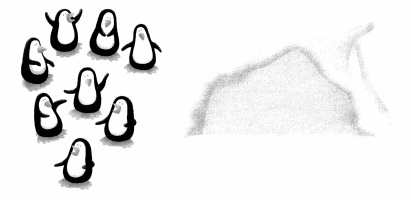

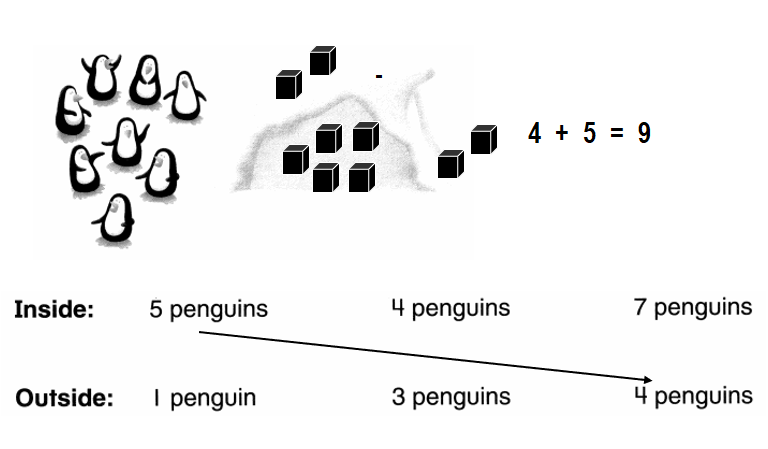
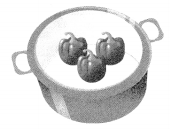

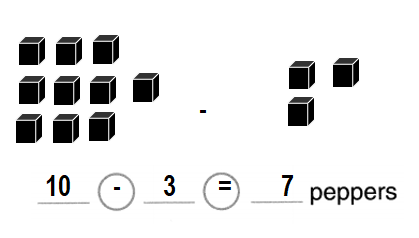
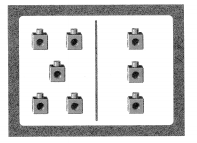

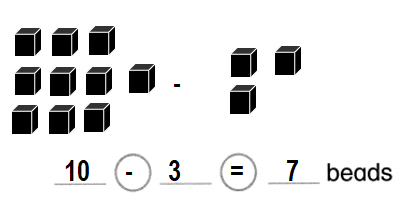
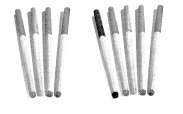
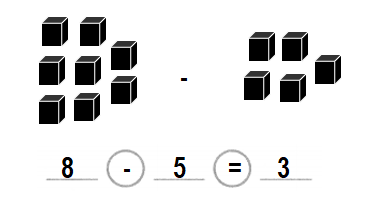

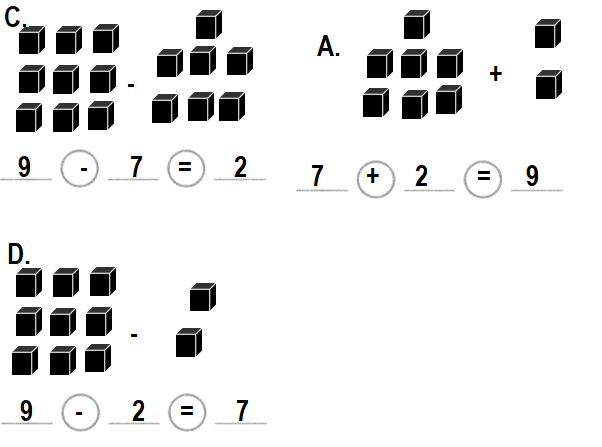



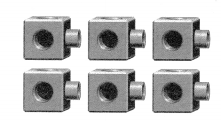


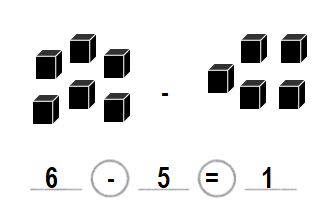
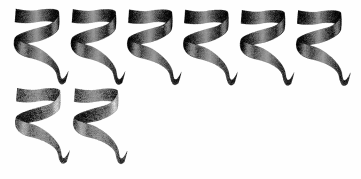
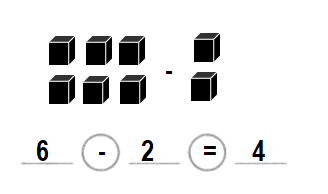
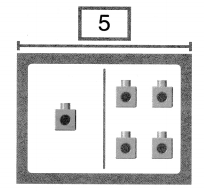
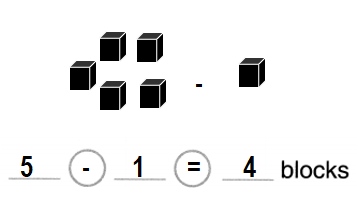
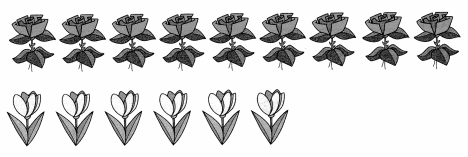


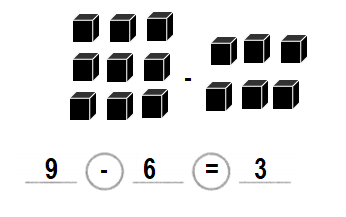




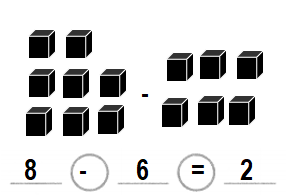

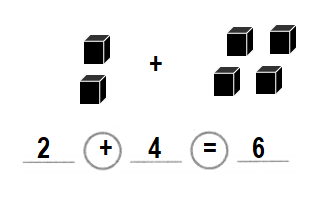
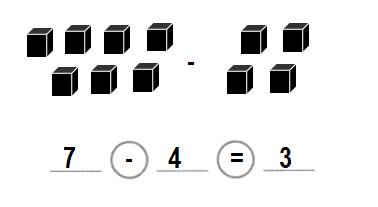
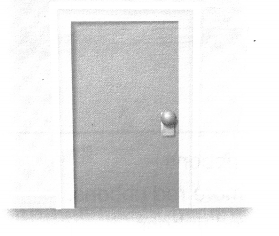
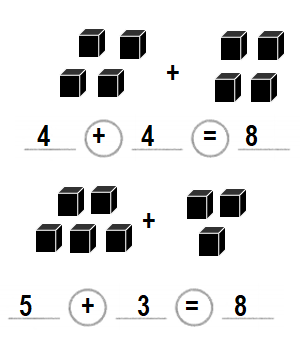
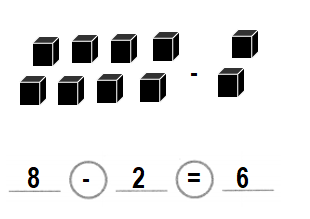
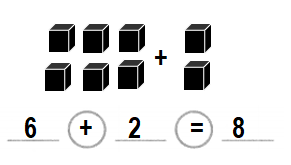
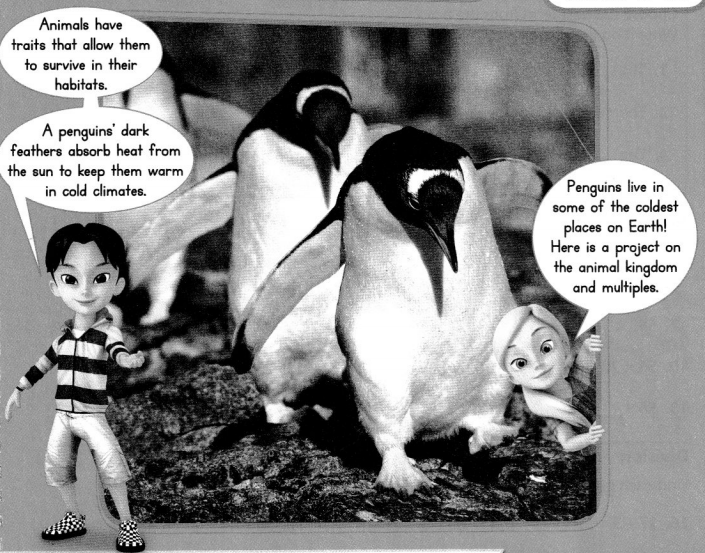
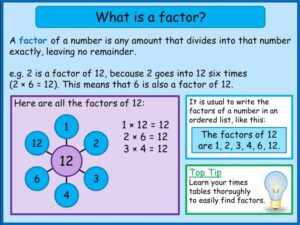

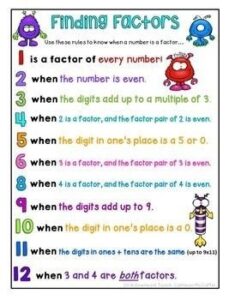




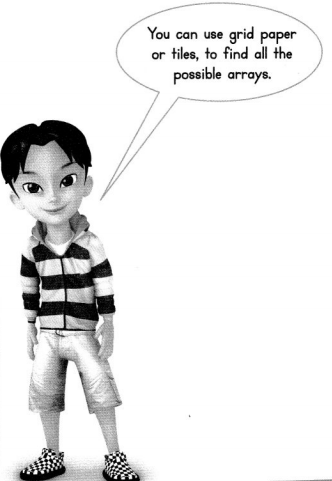


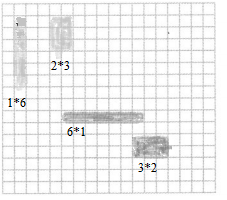
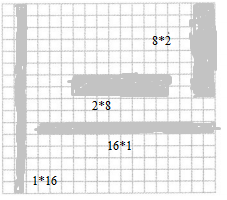

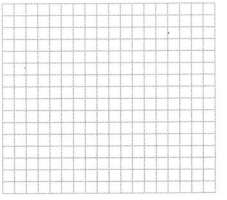
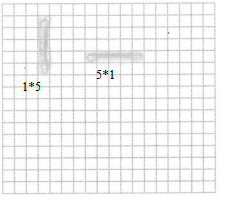


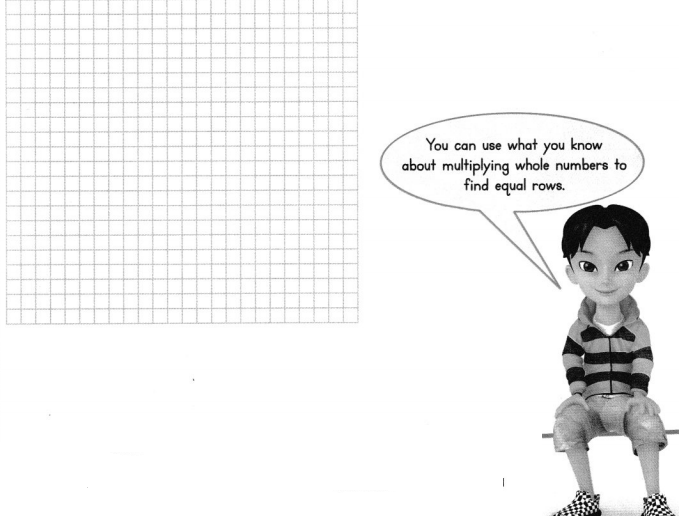
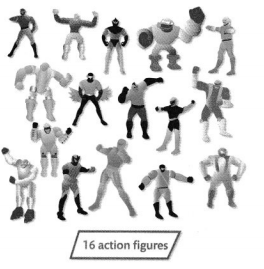

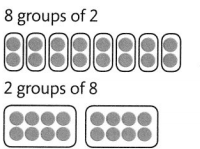

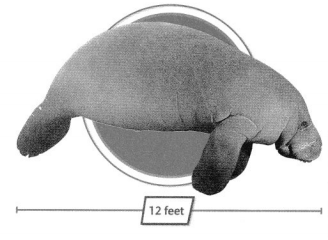
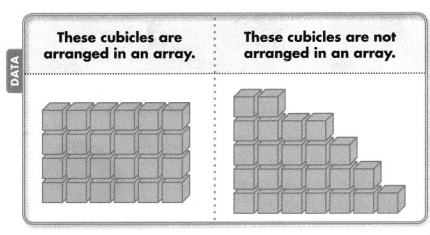

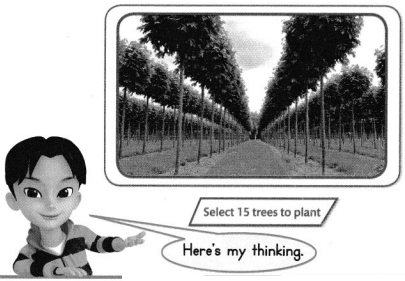

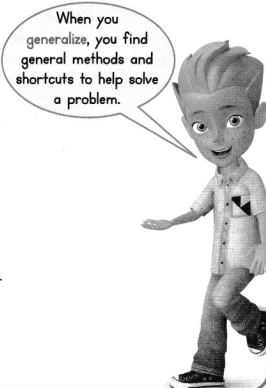
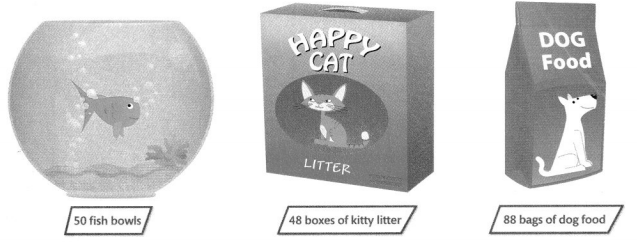
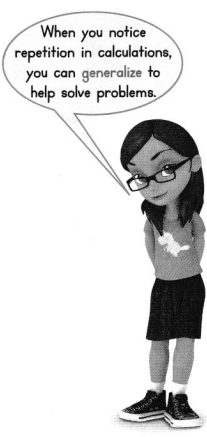
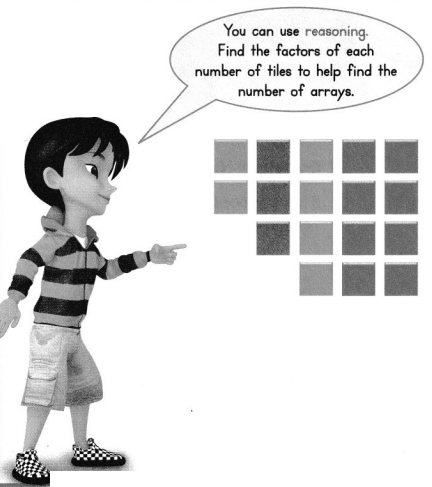
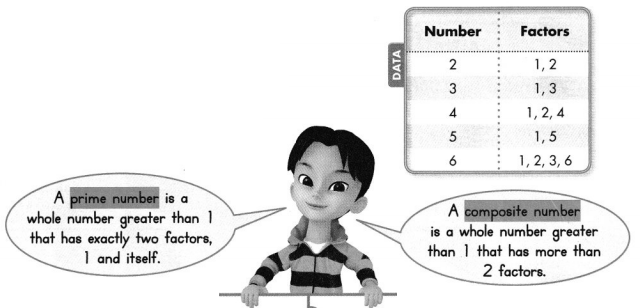
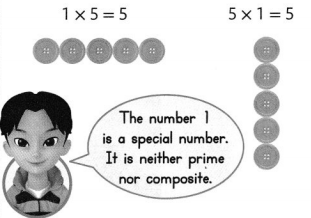
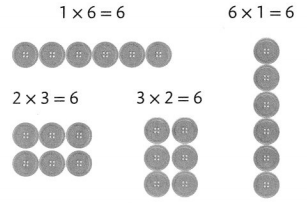
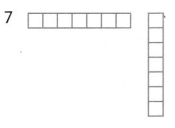
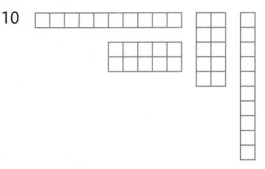
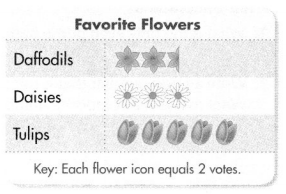
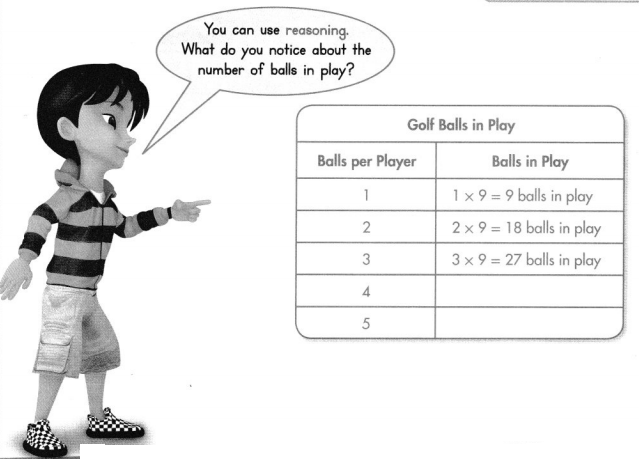
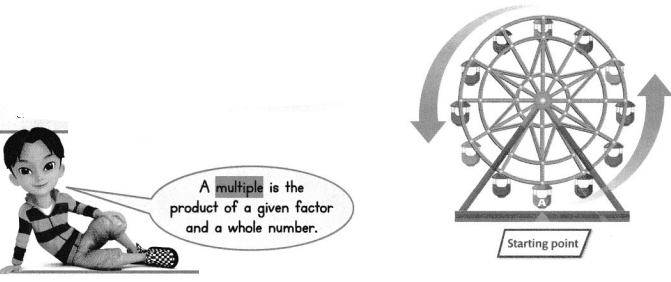
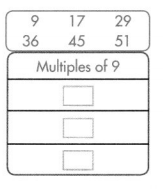

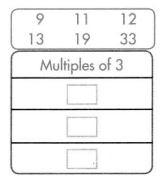
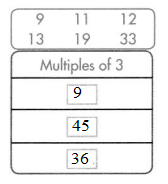
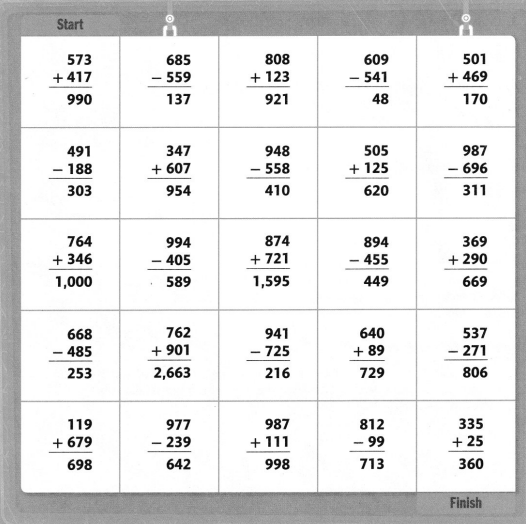
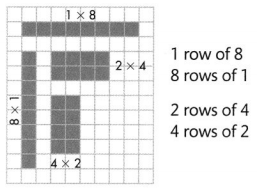
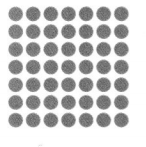
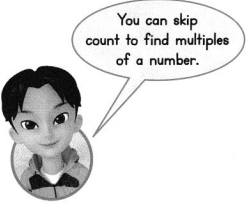
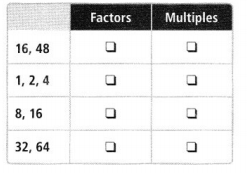
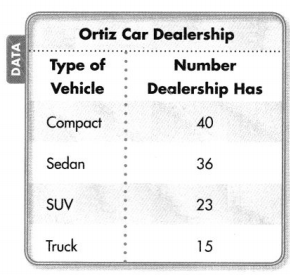
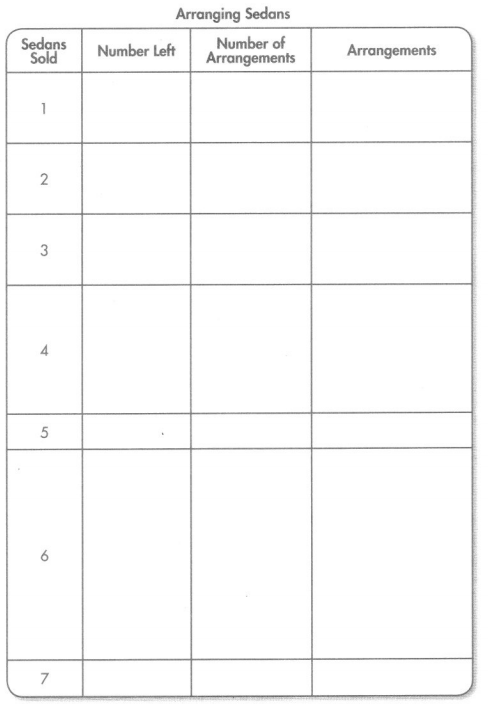
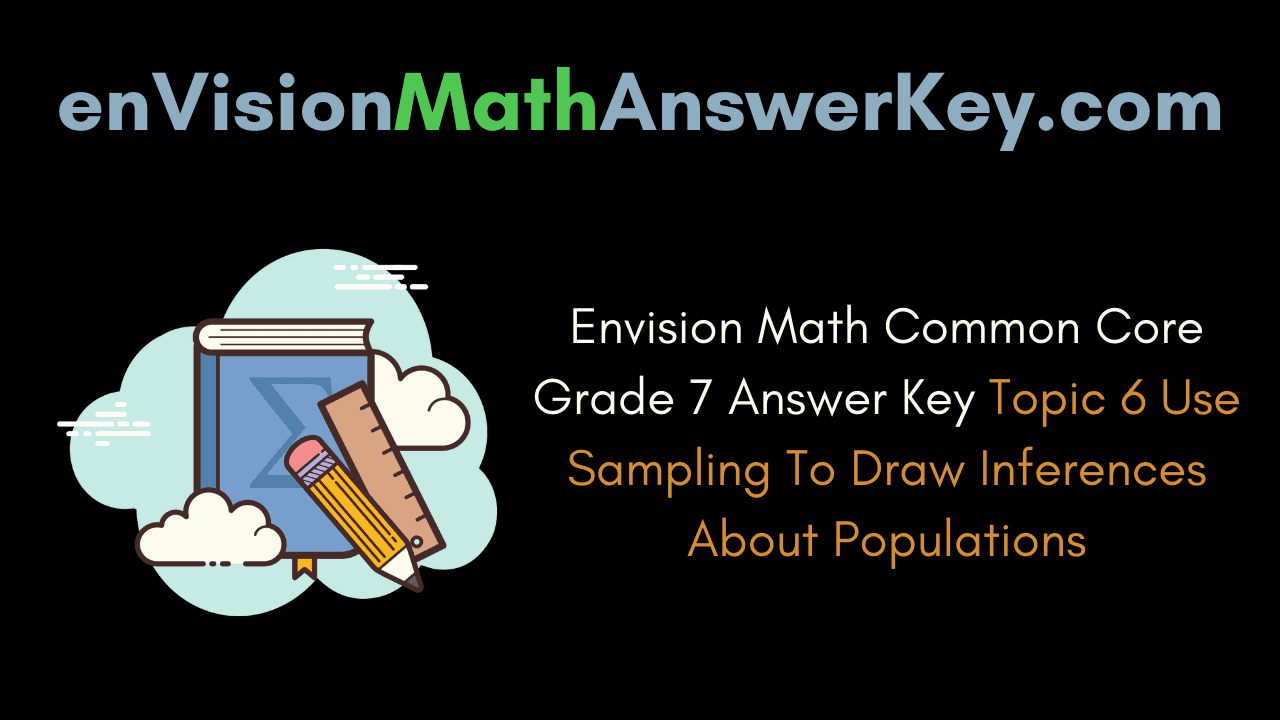
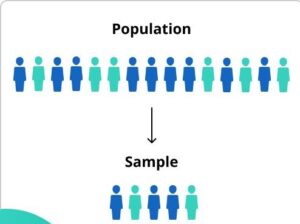
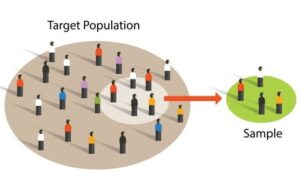

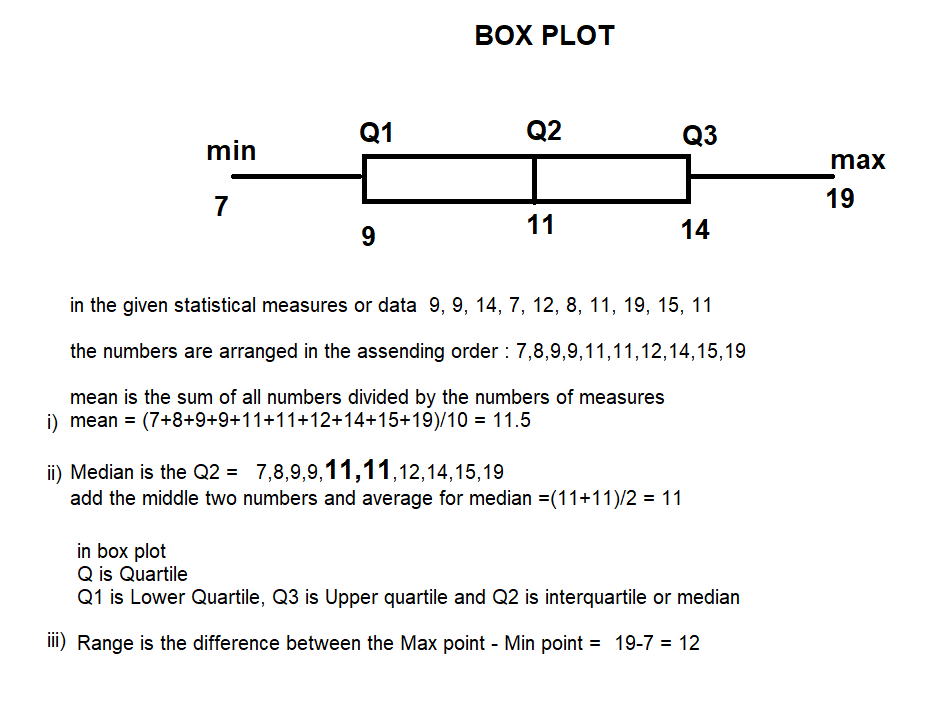
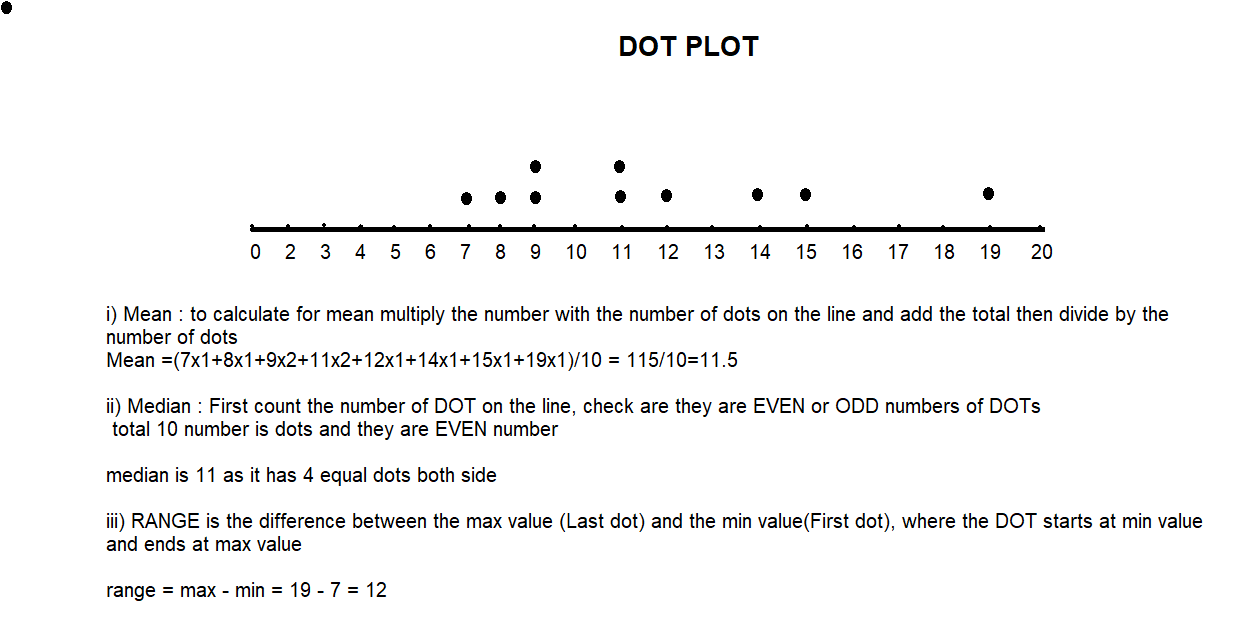

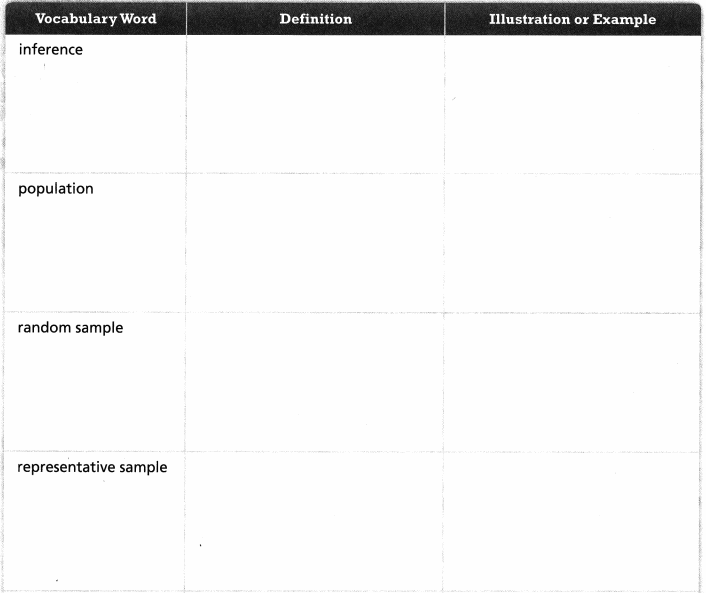
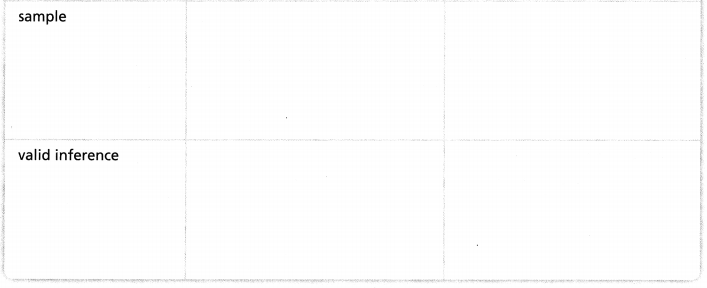
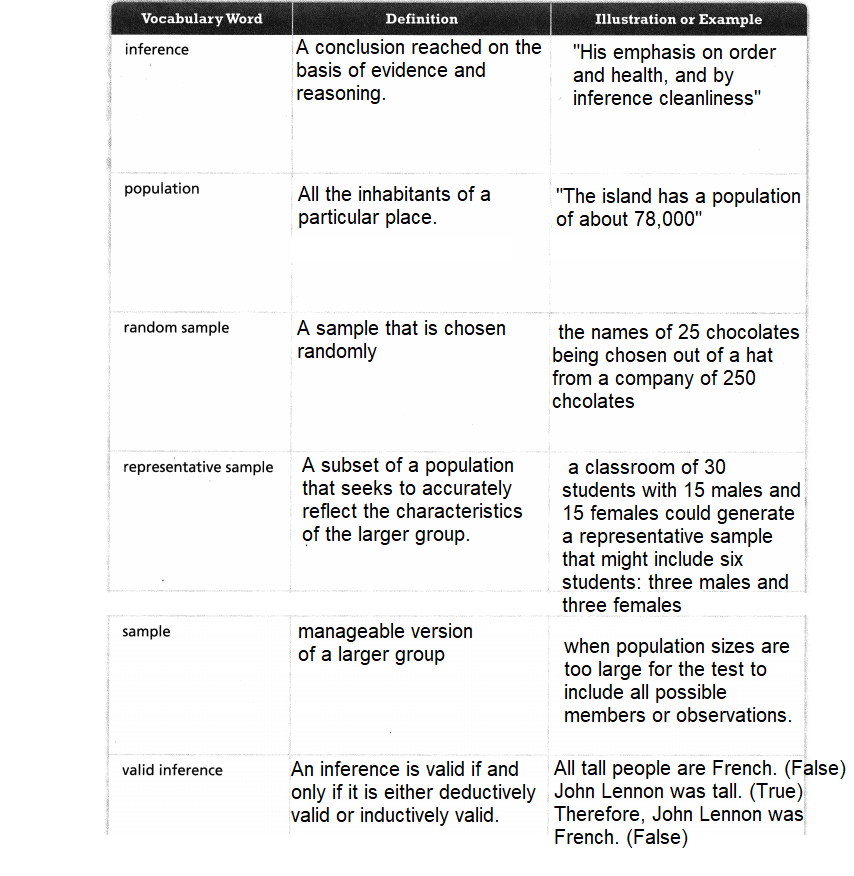

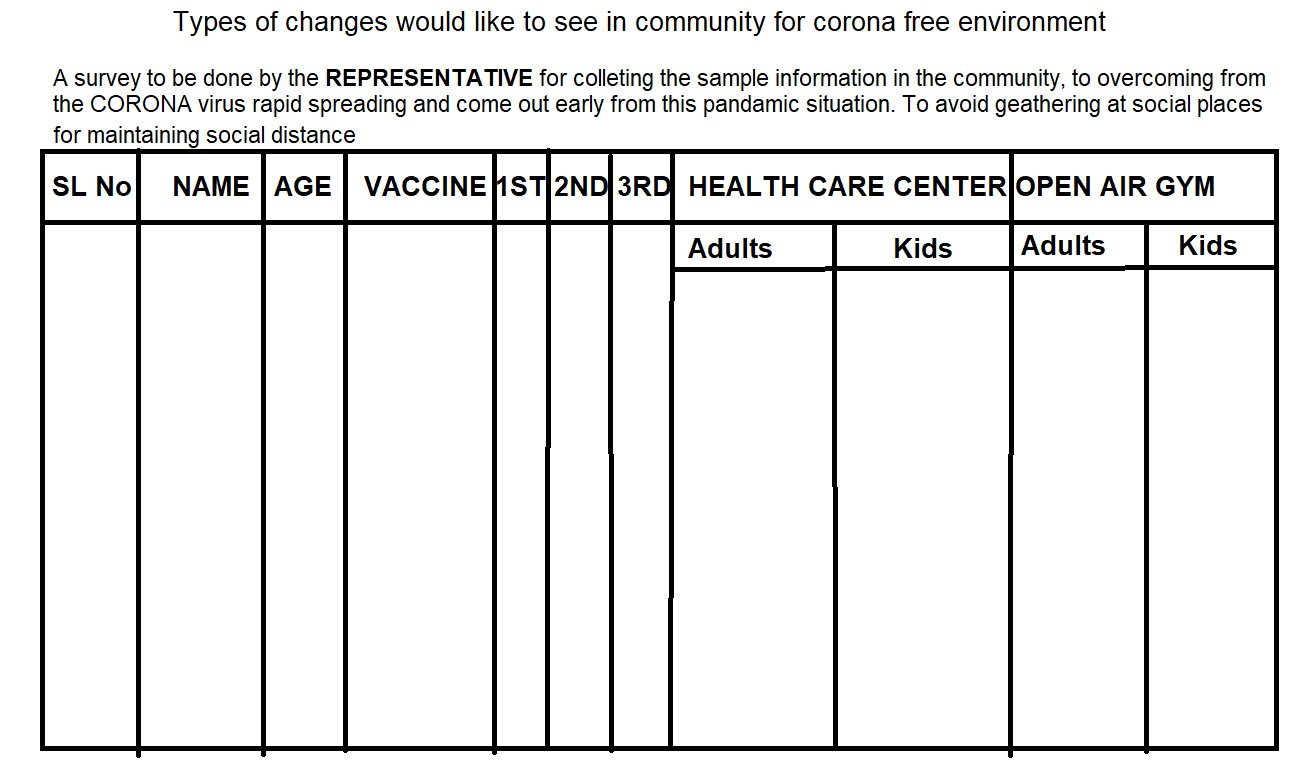
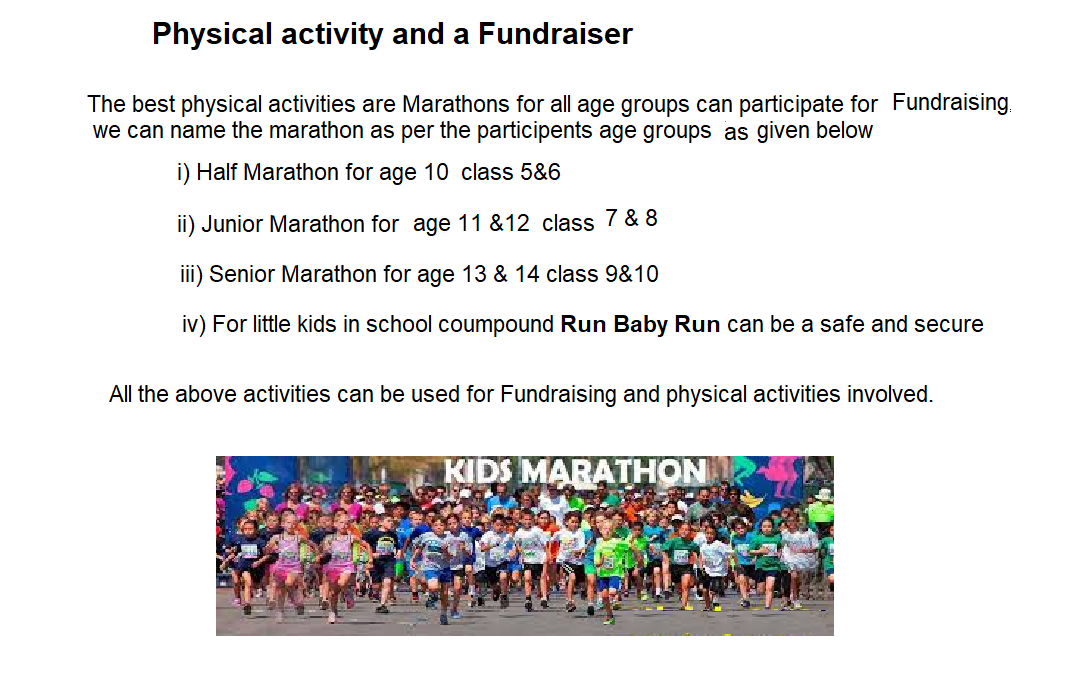



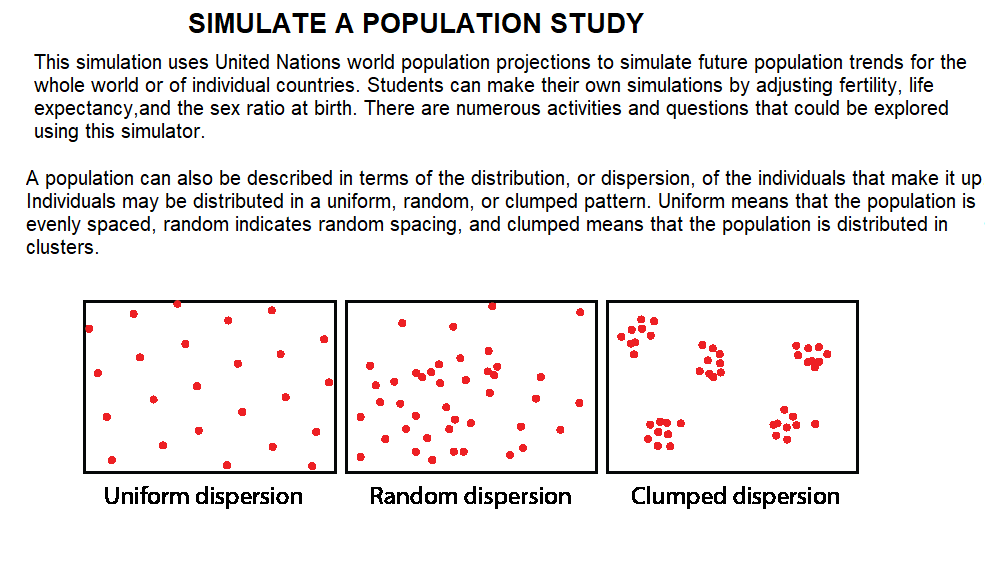

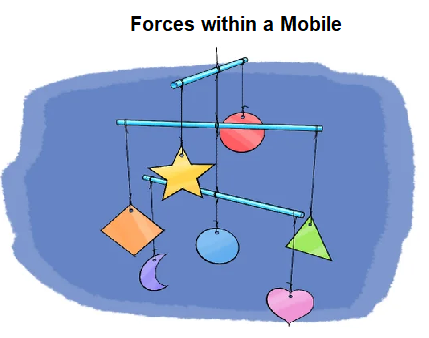
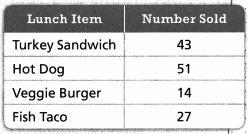
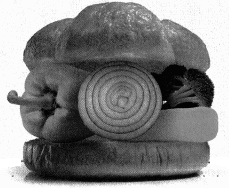
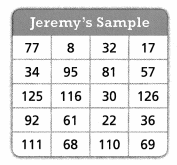

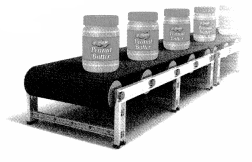
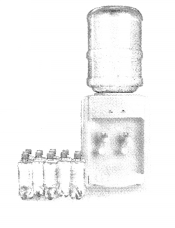
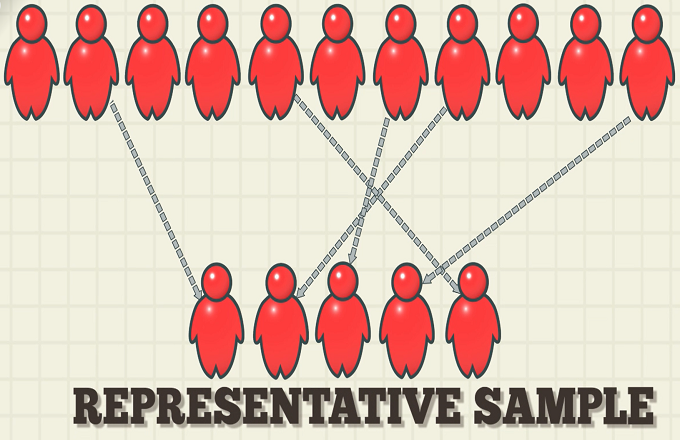
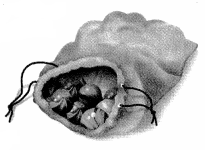
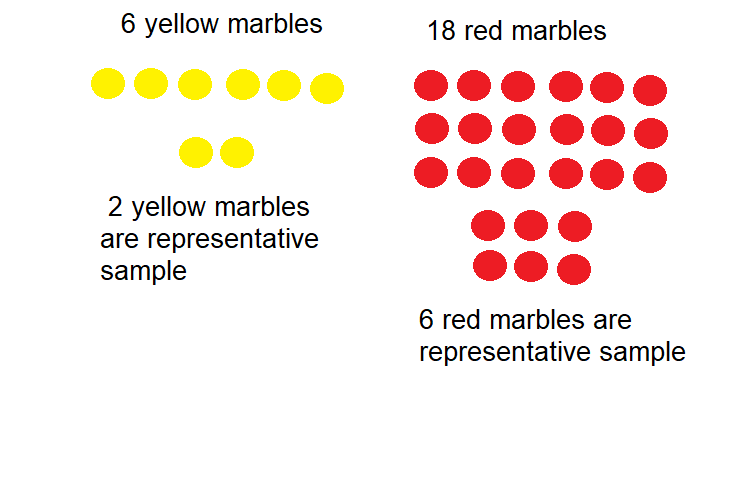
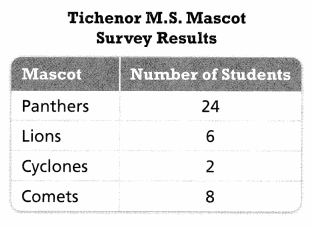
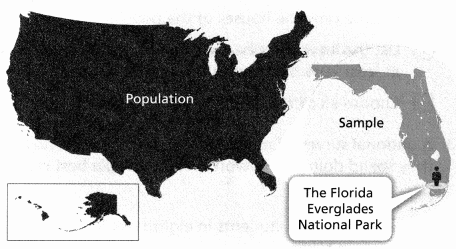

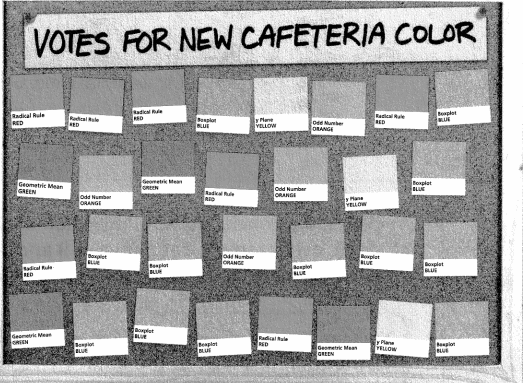
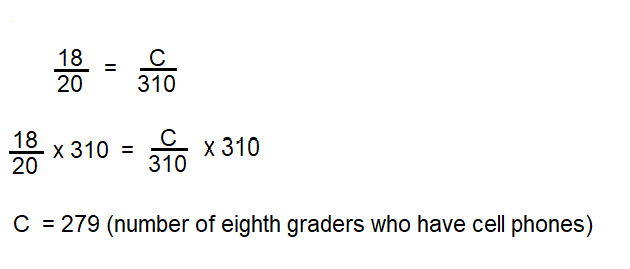
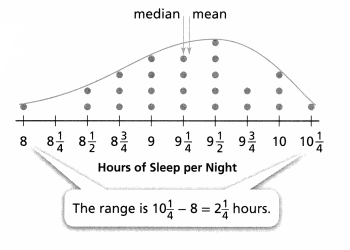
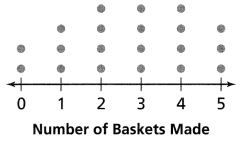
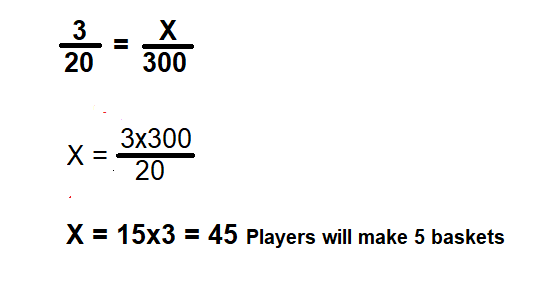
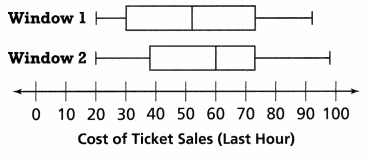

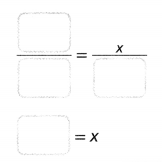

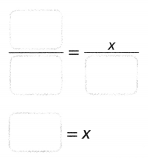


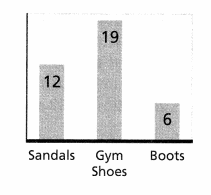

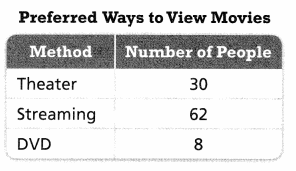
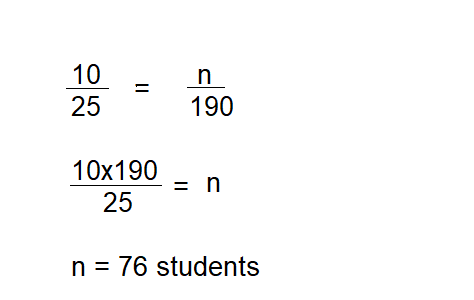
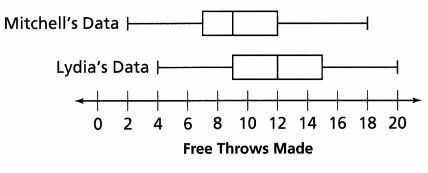
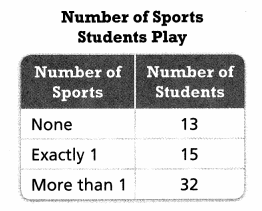
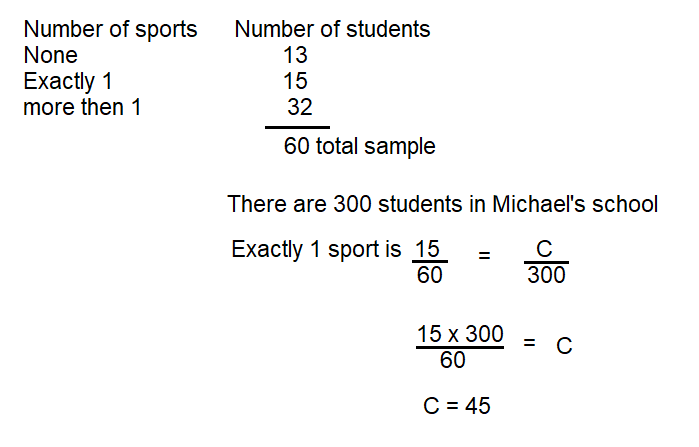
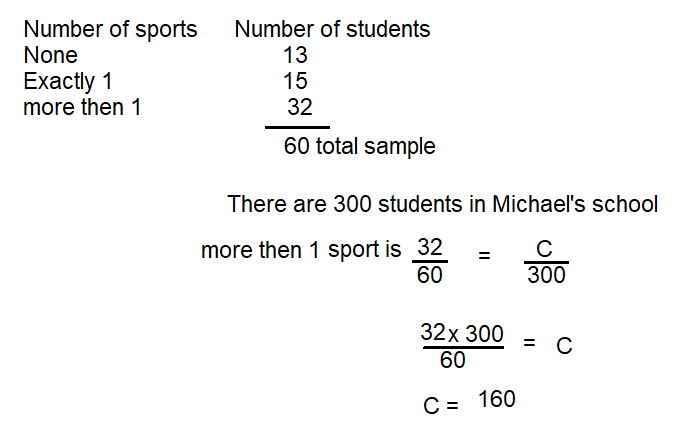


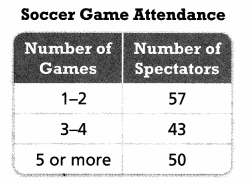
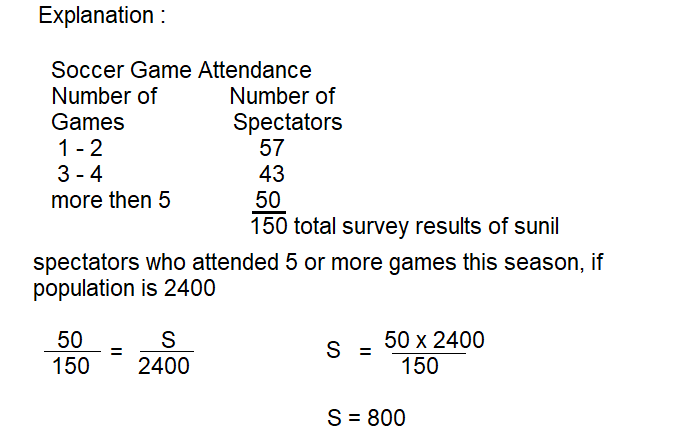


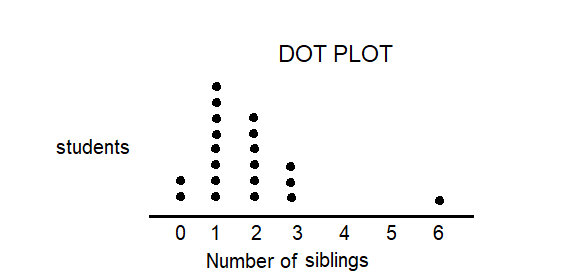
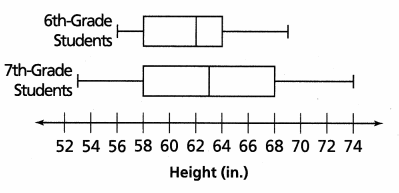
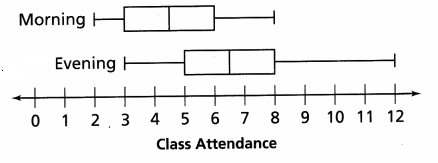
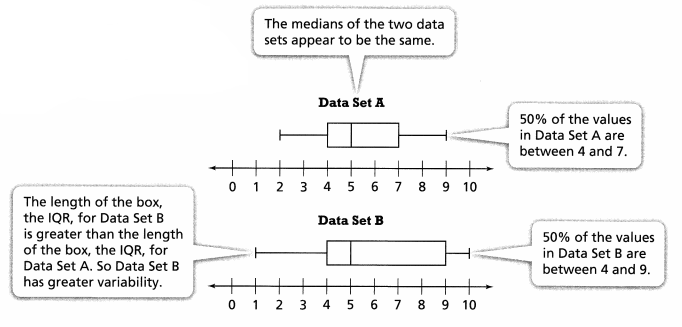

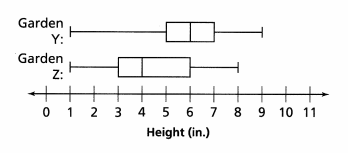
 the median of Ann’s data.
the median of Ann’s data.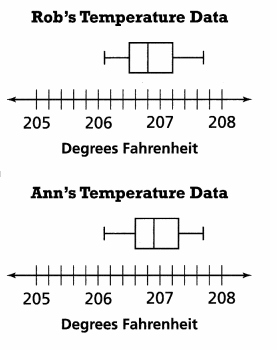


 than the median of Animal 1’s data
than the median of Animal 1’s data
